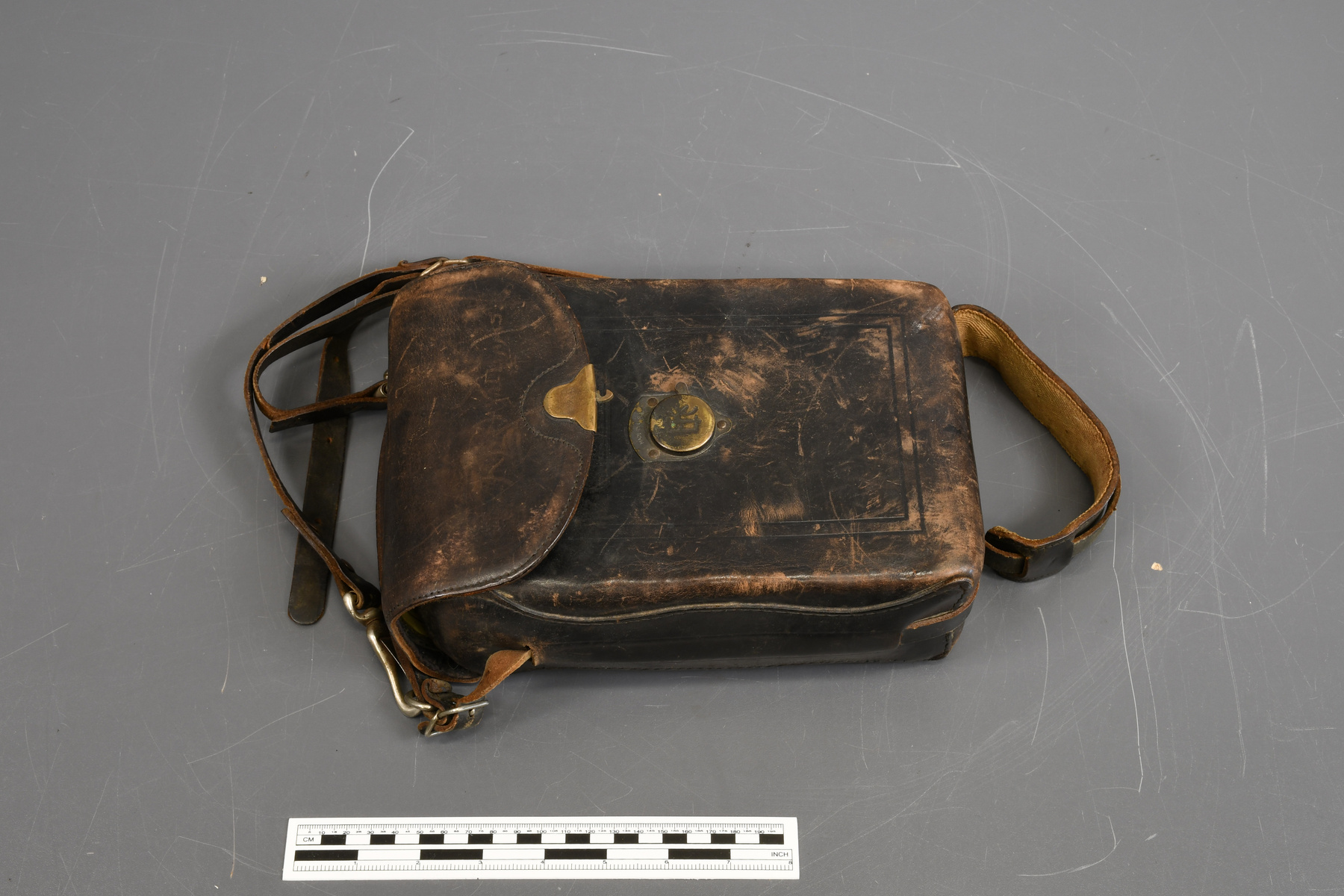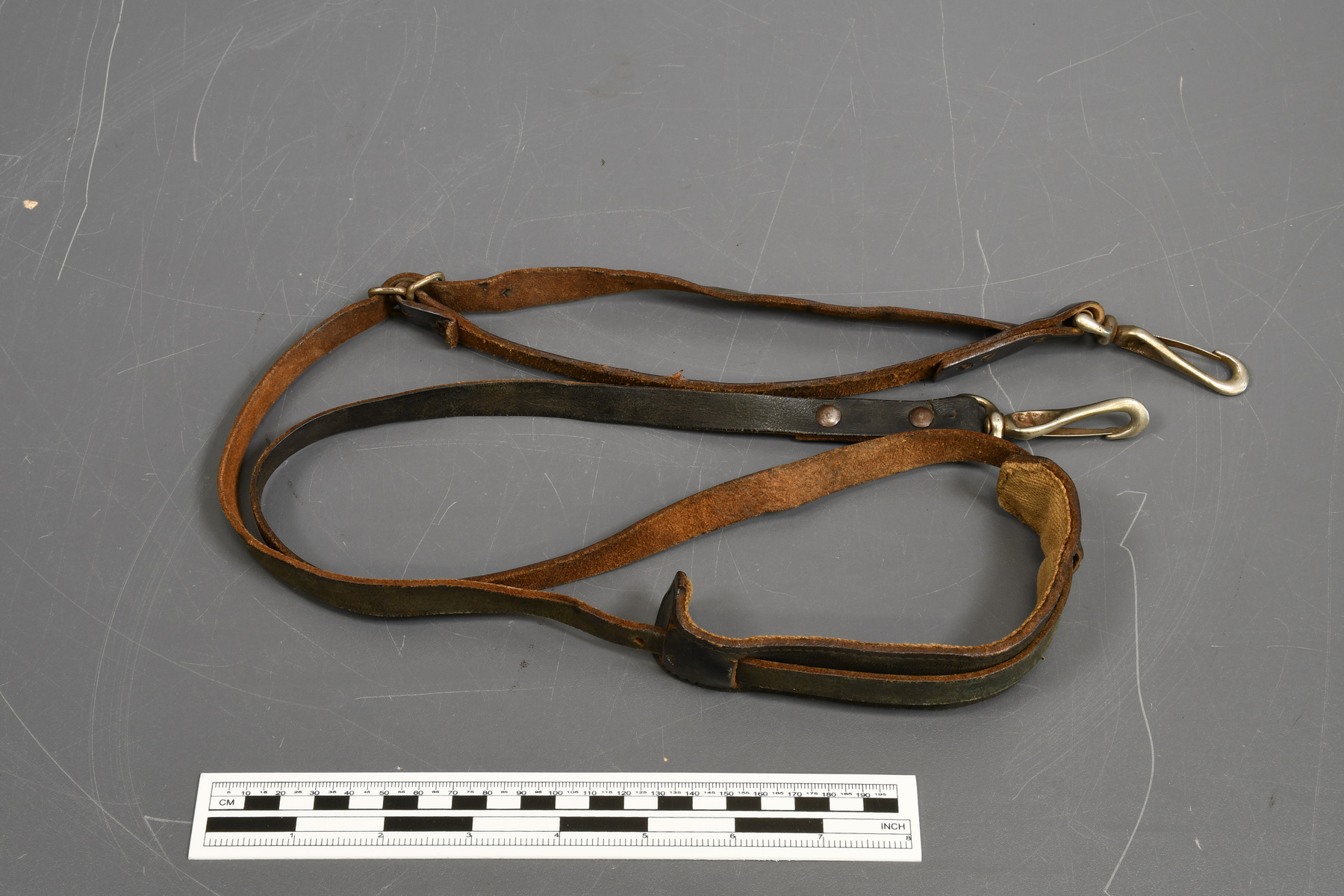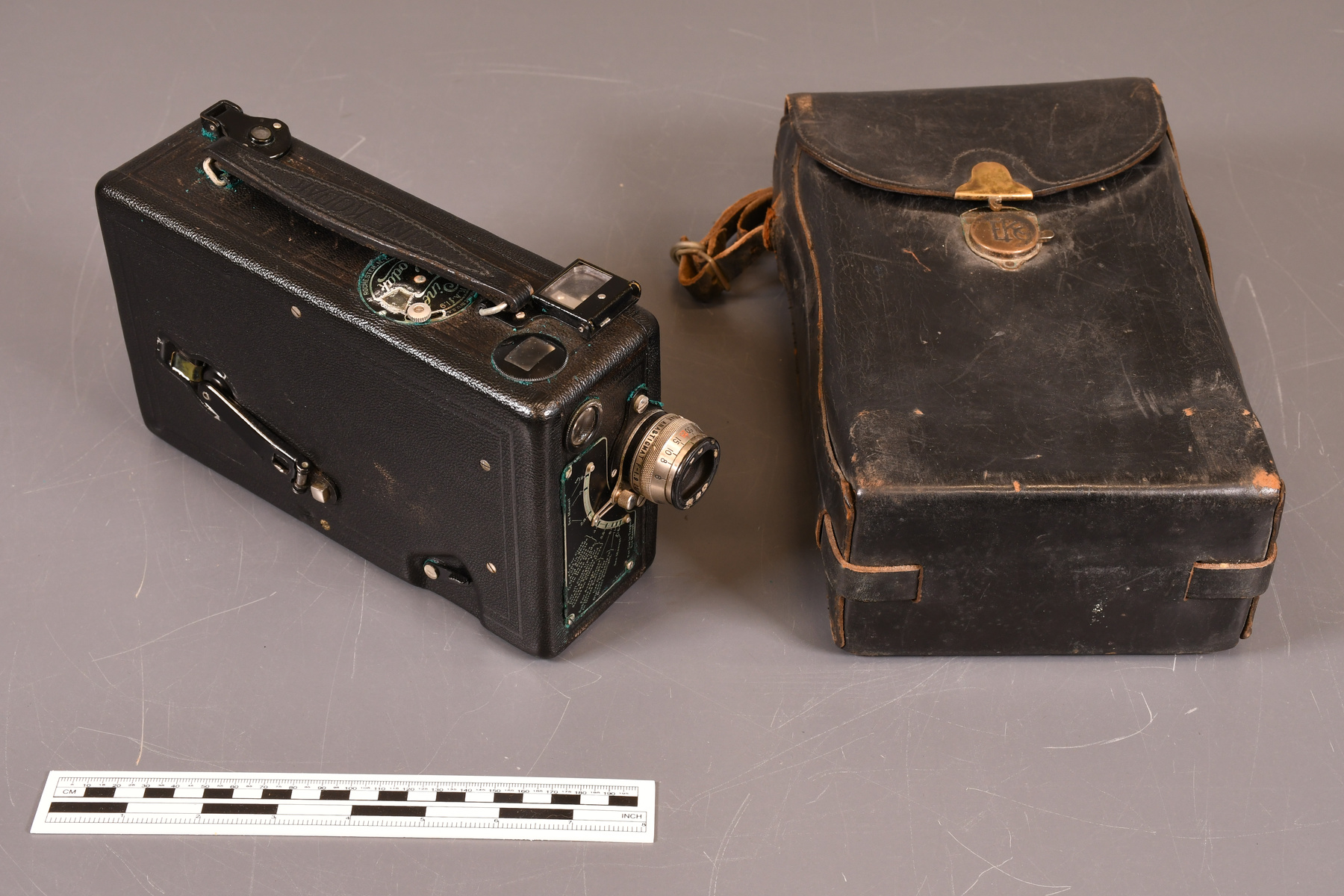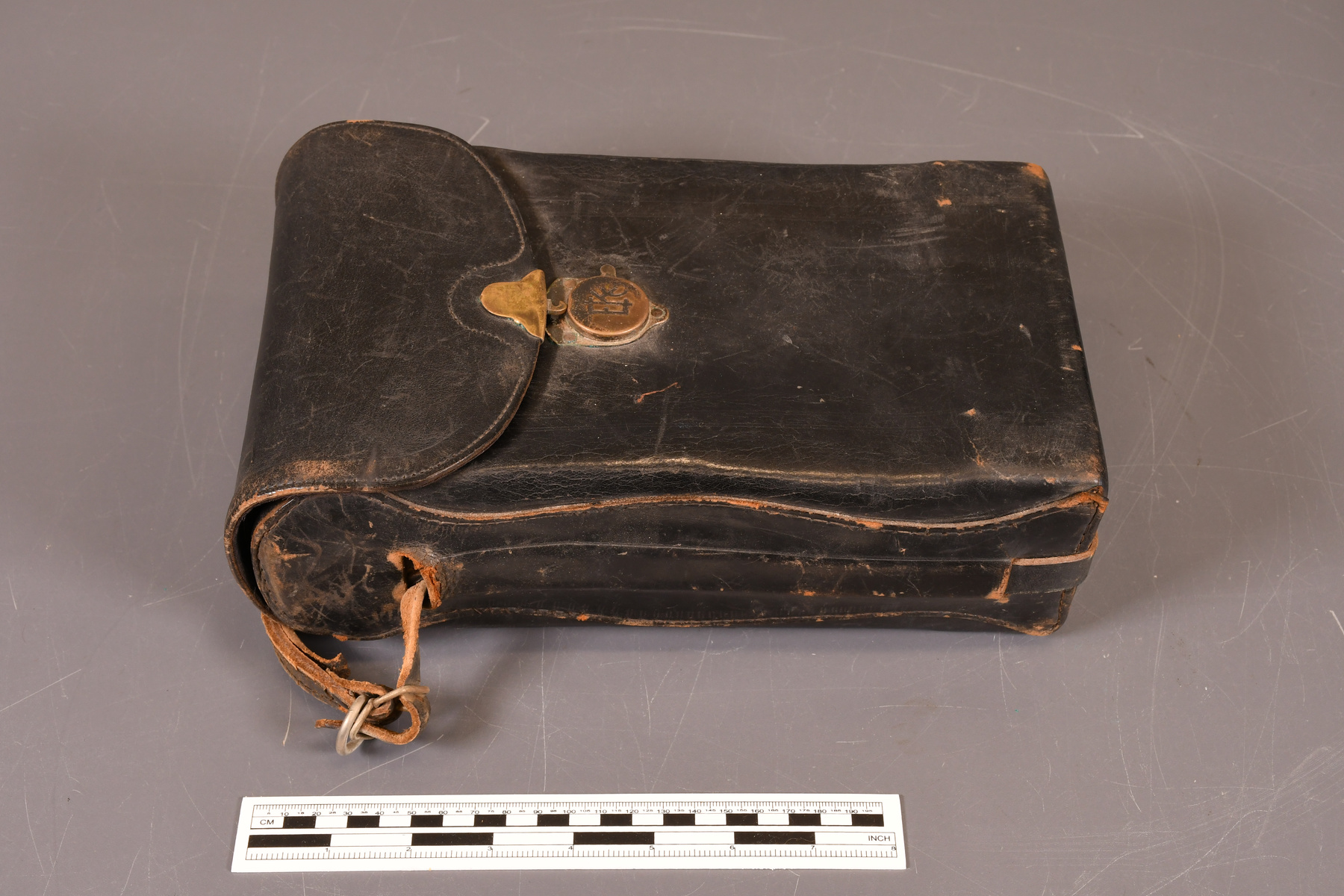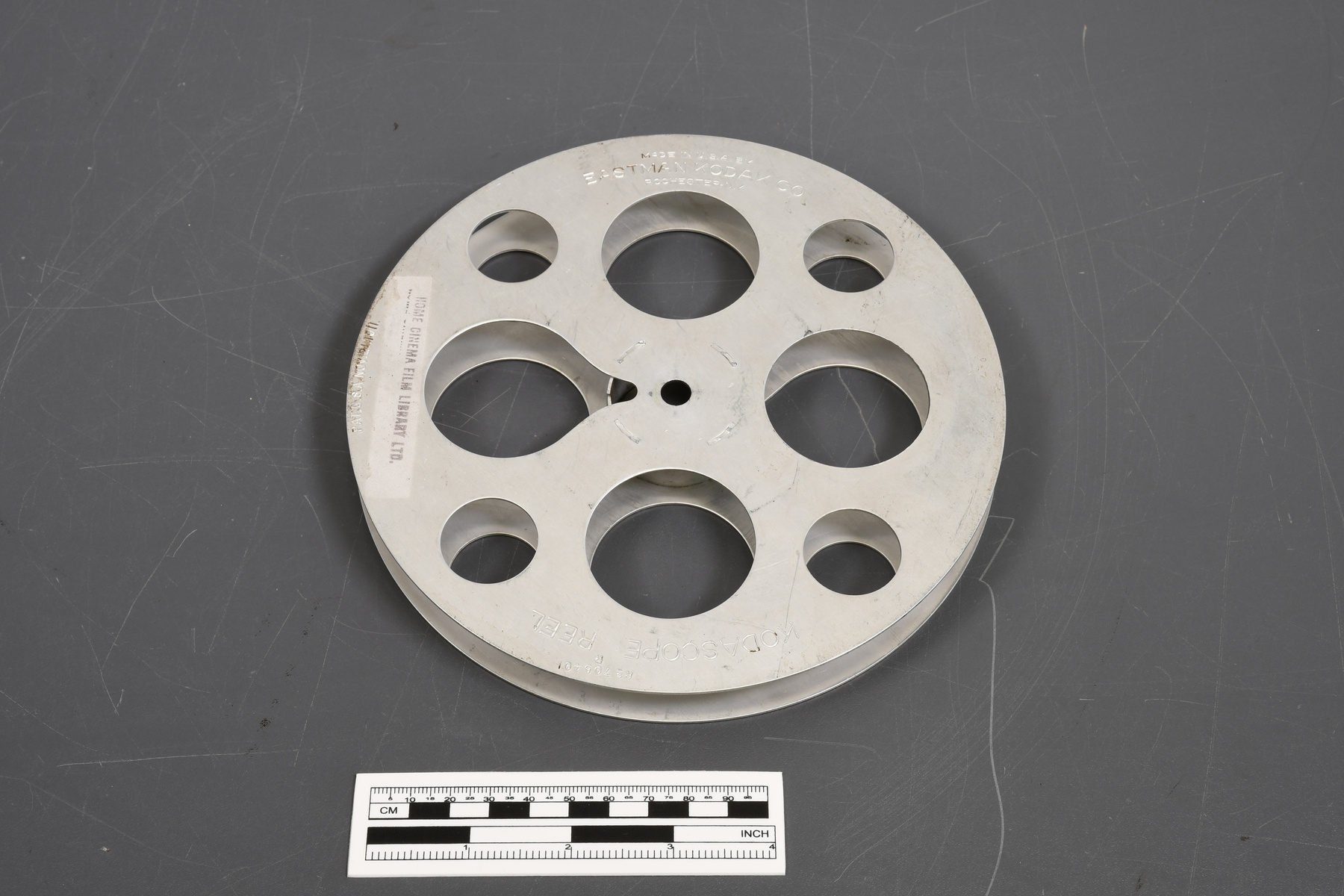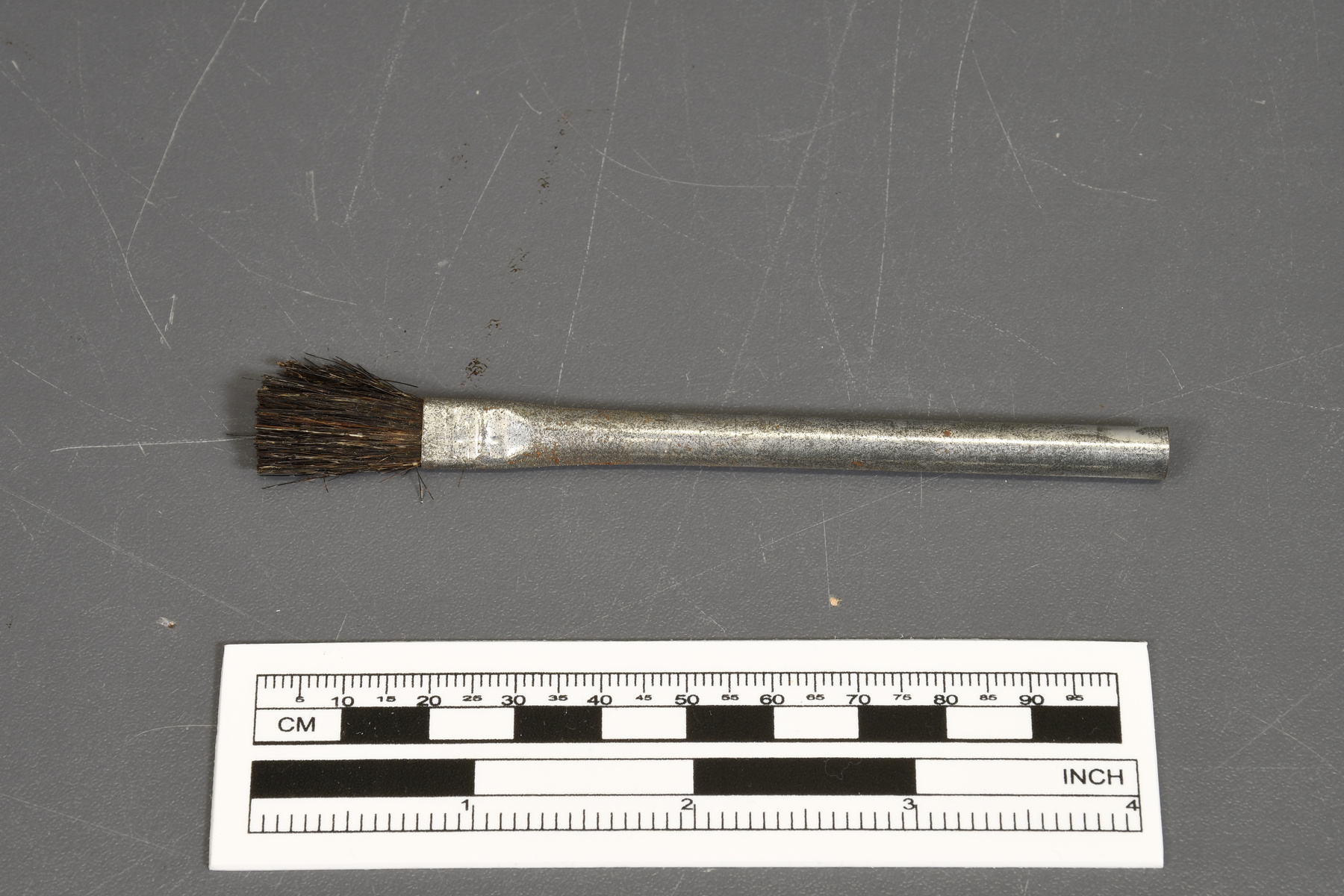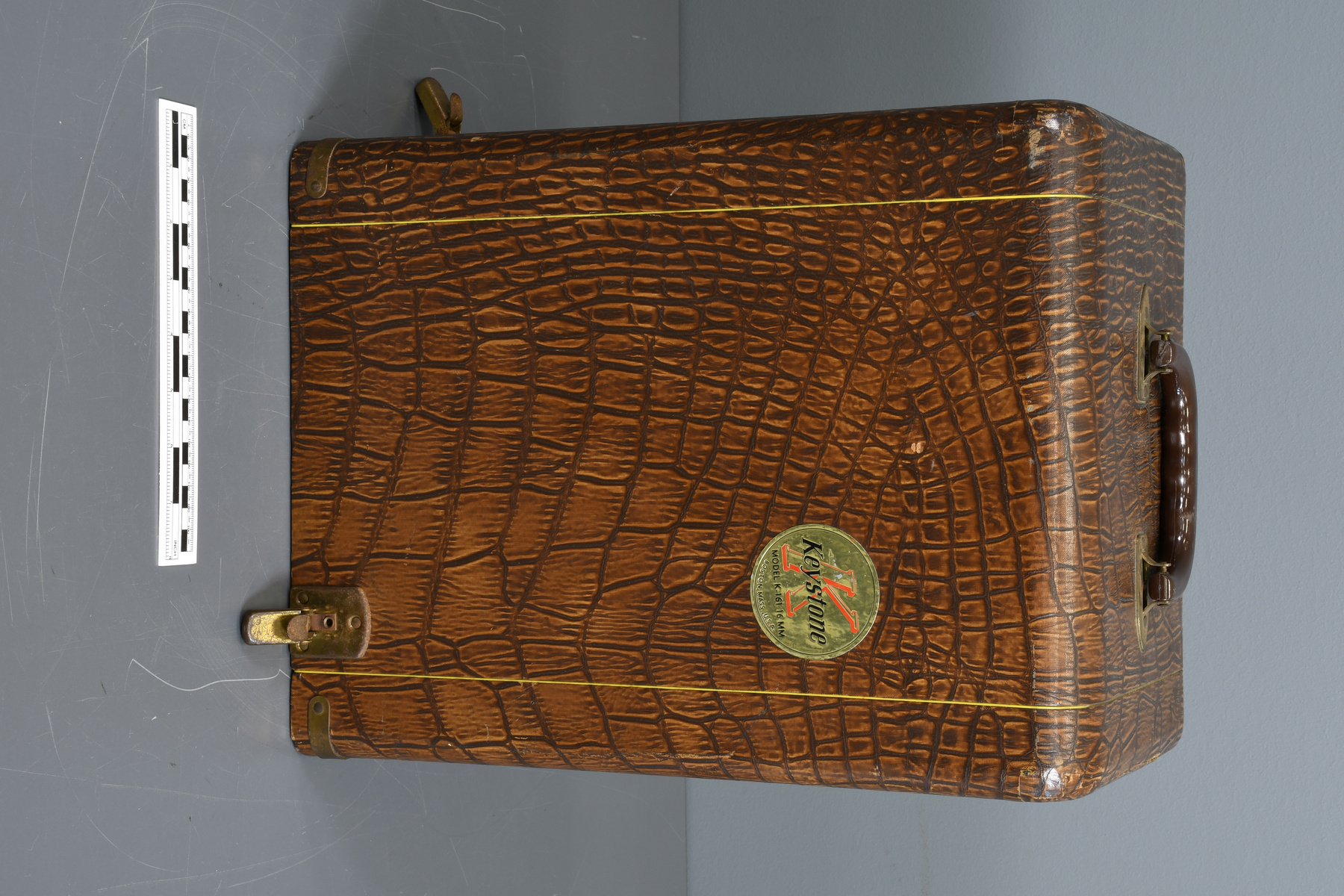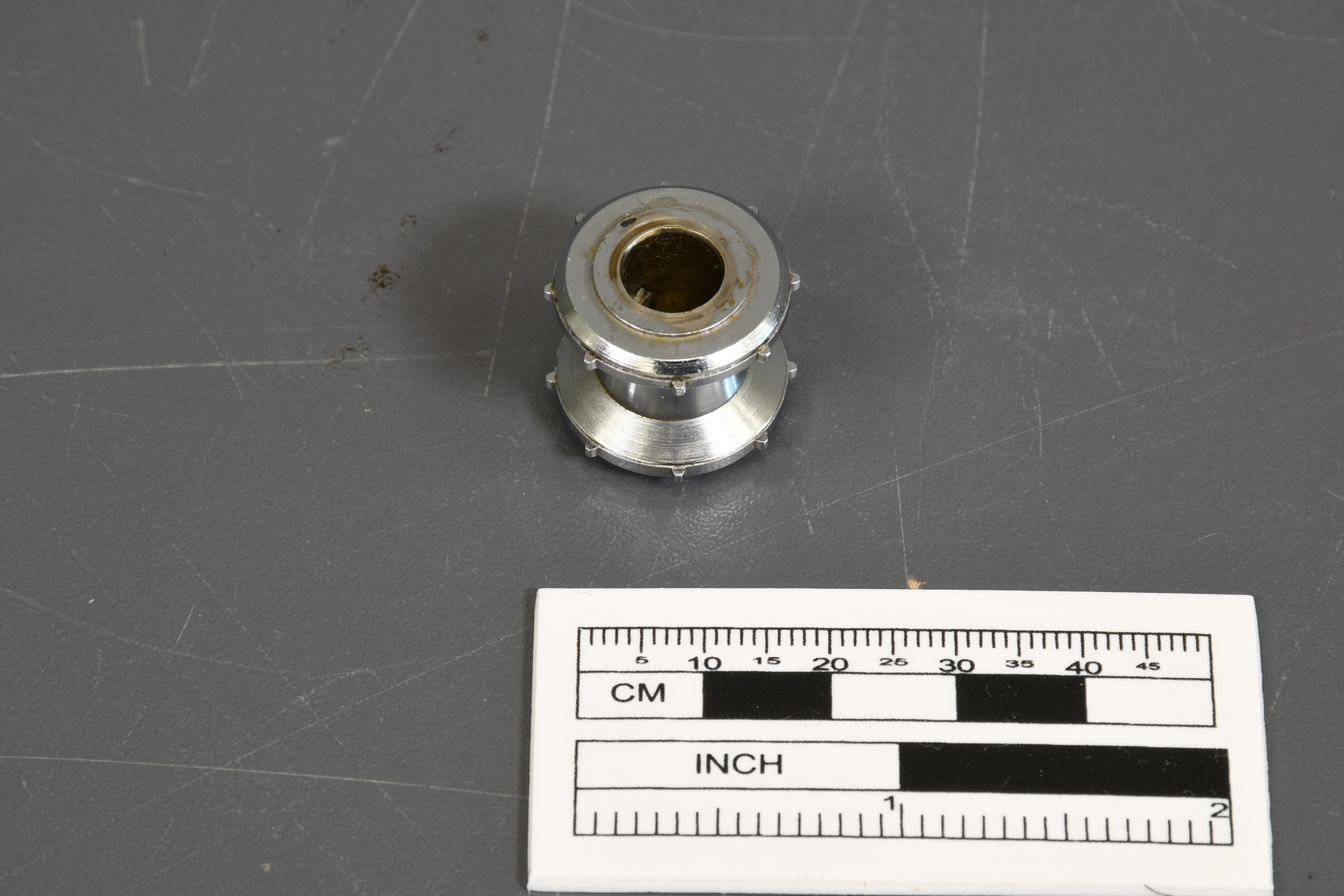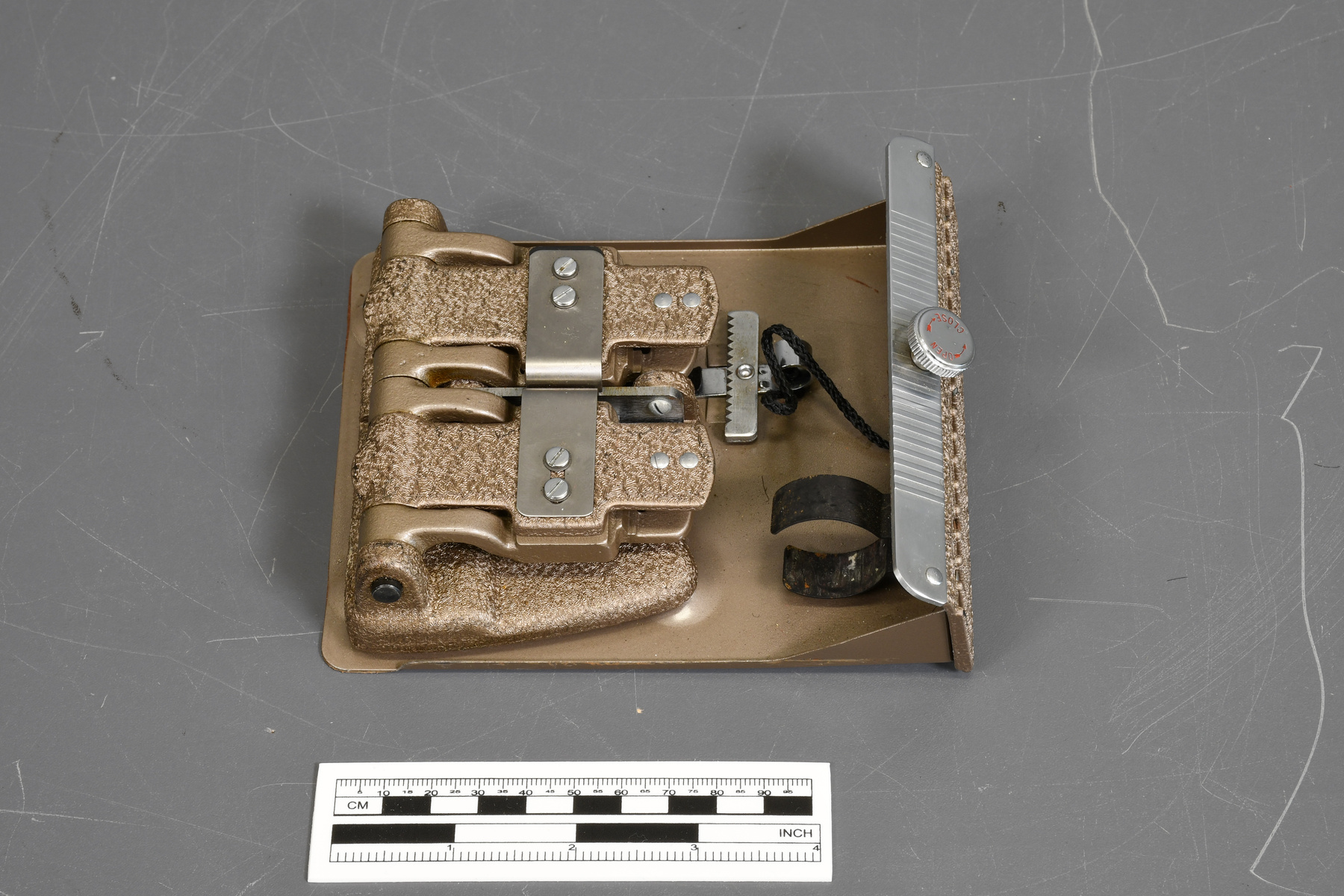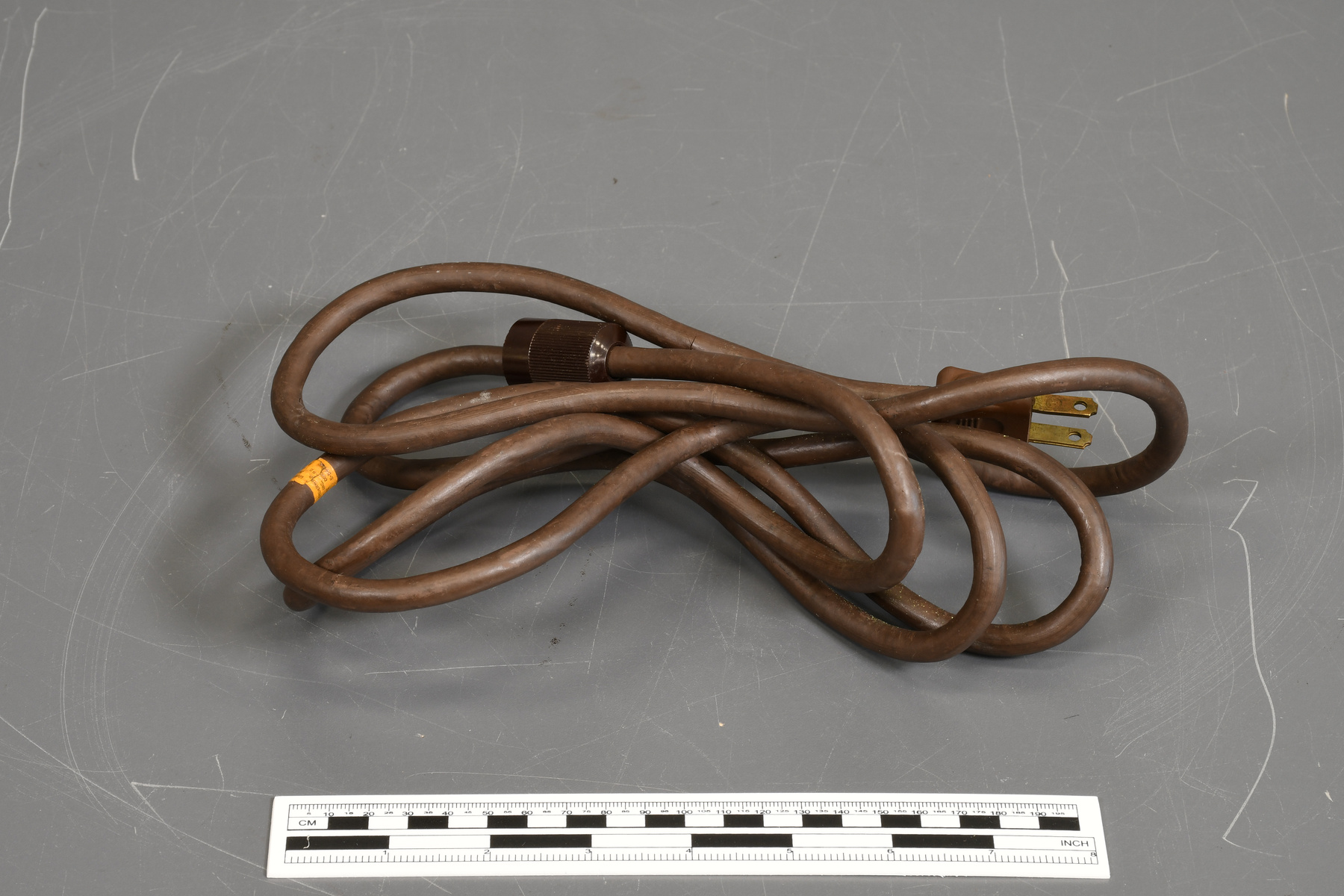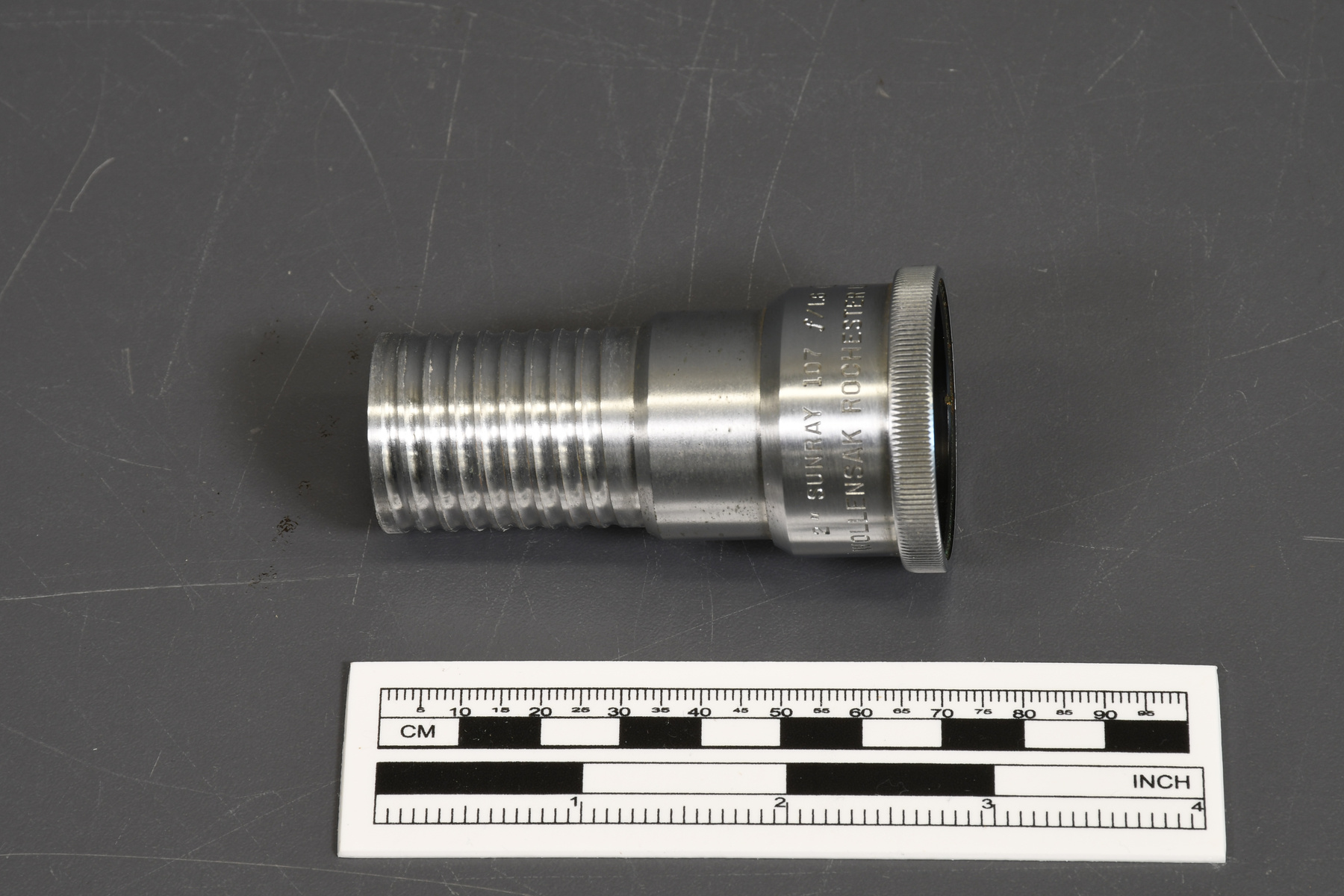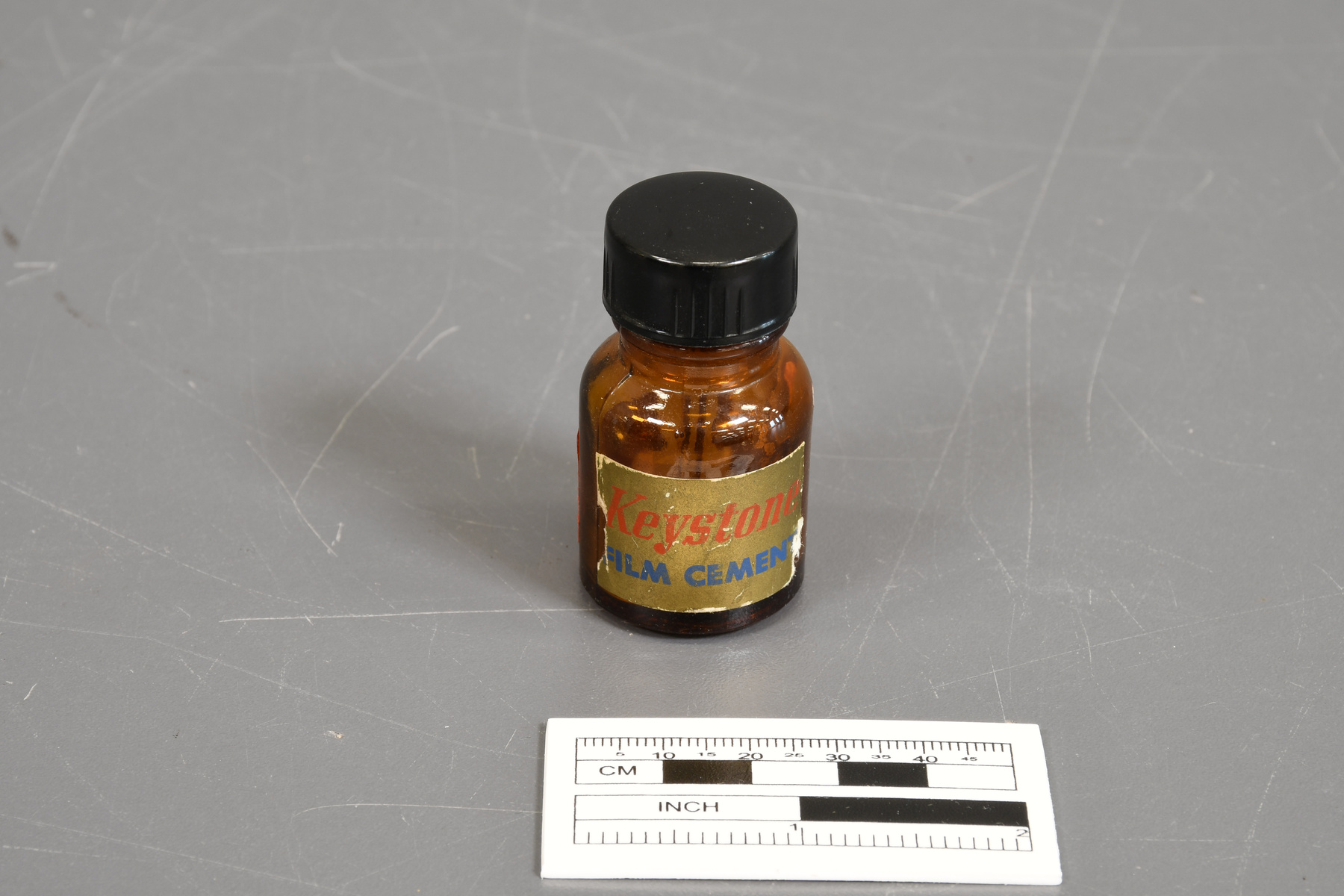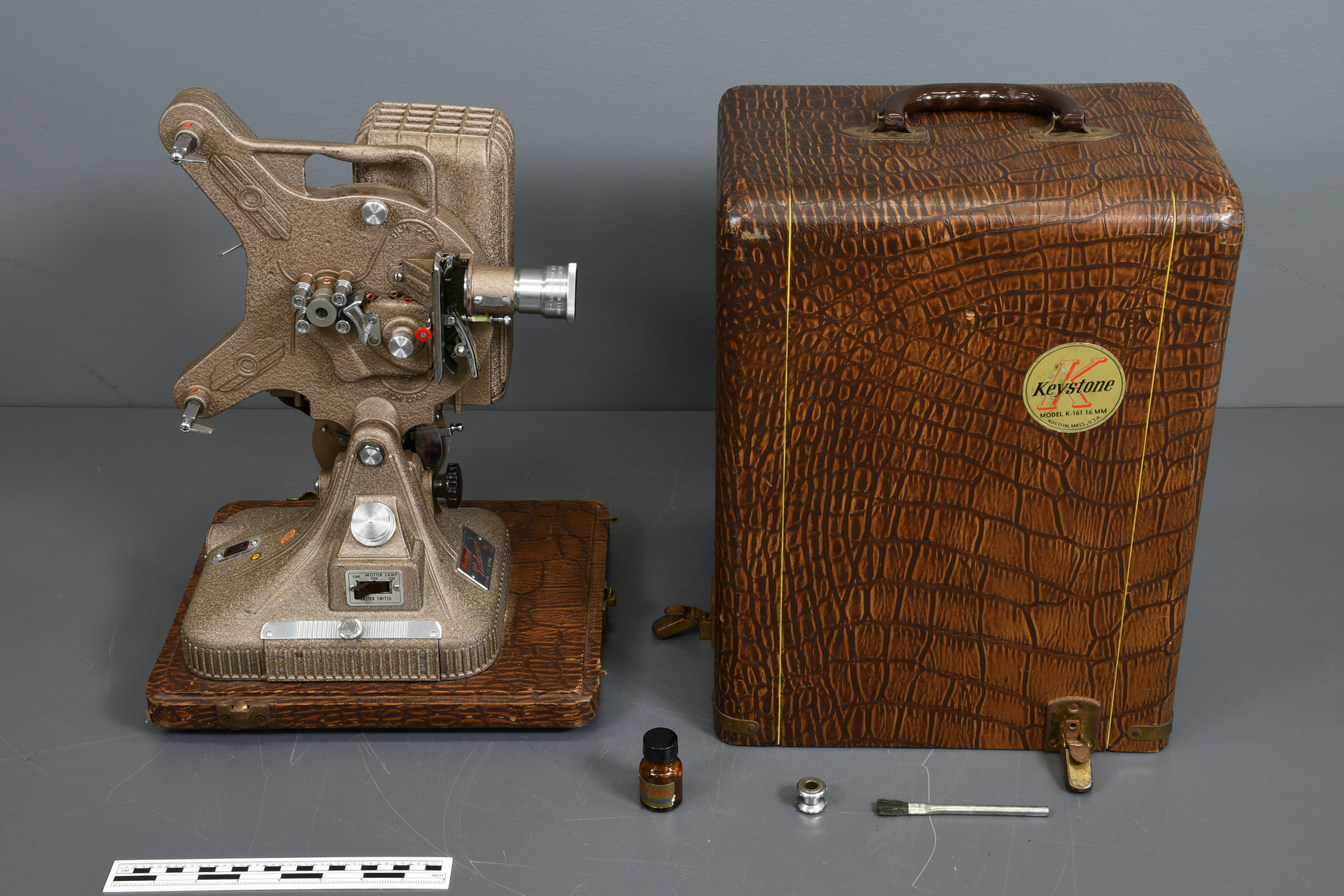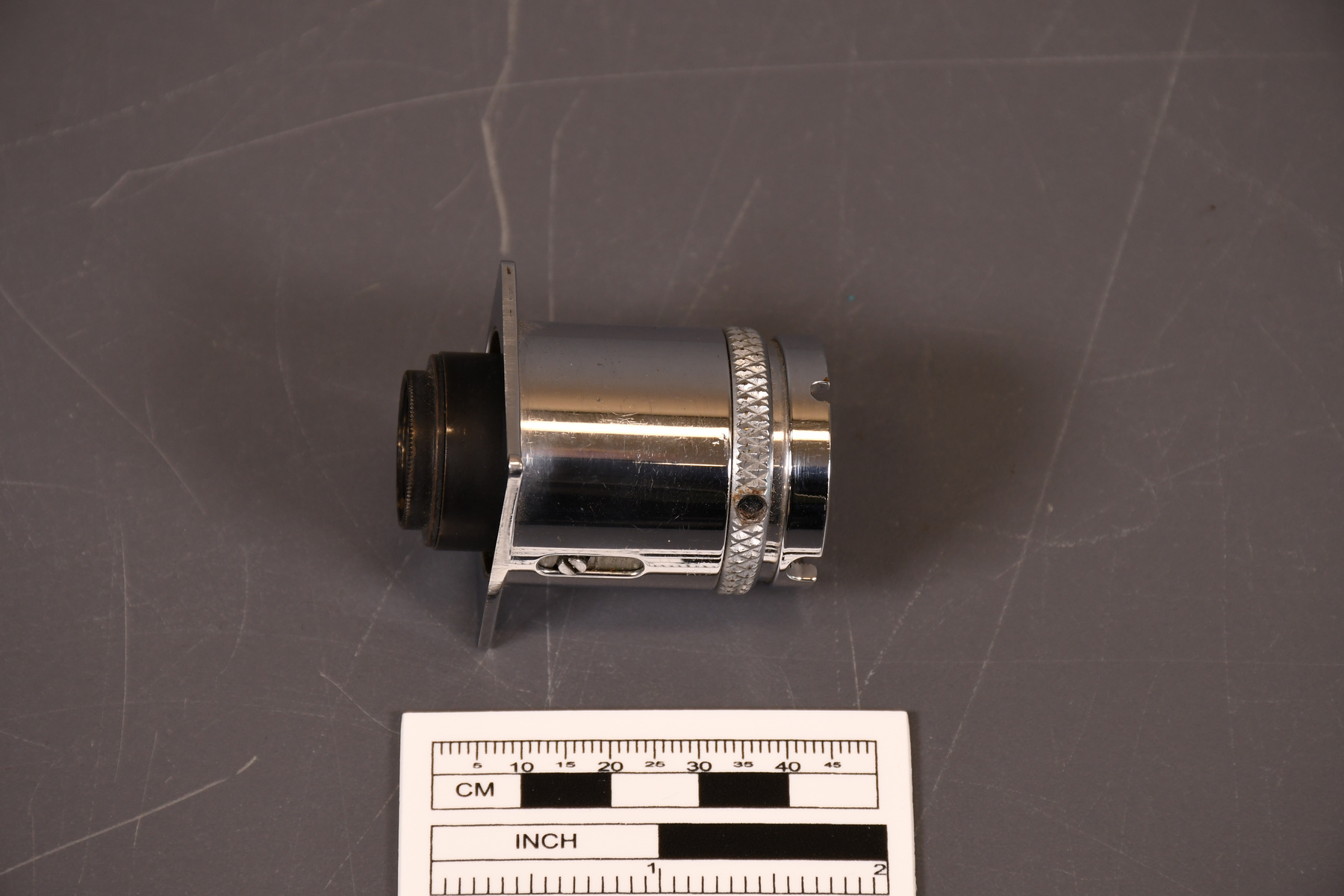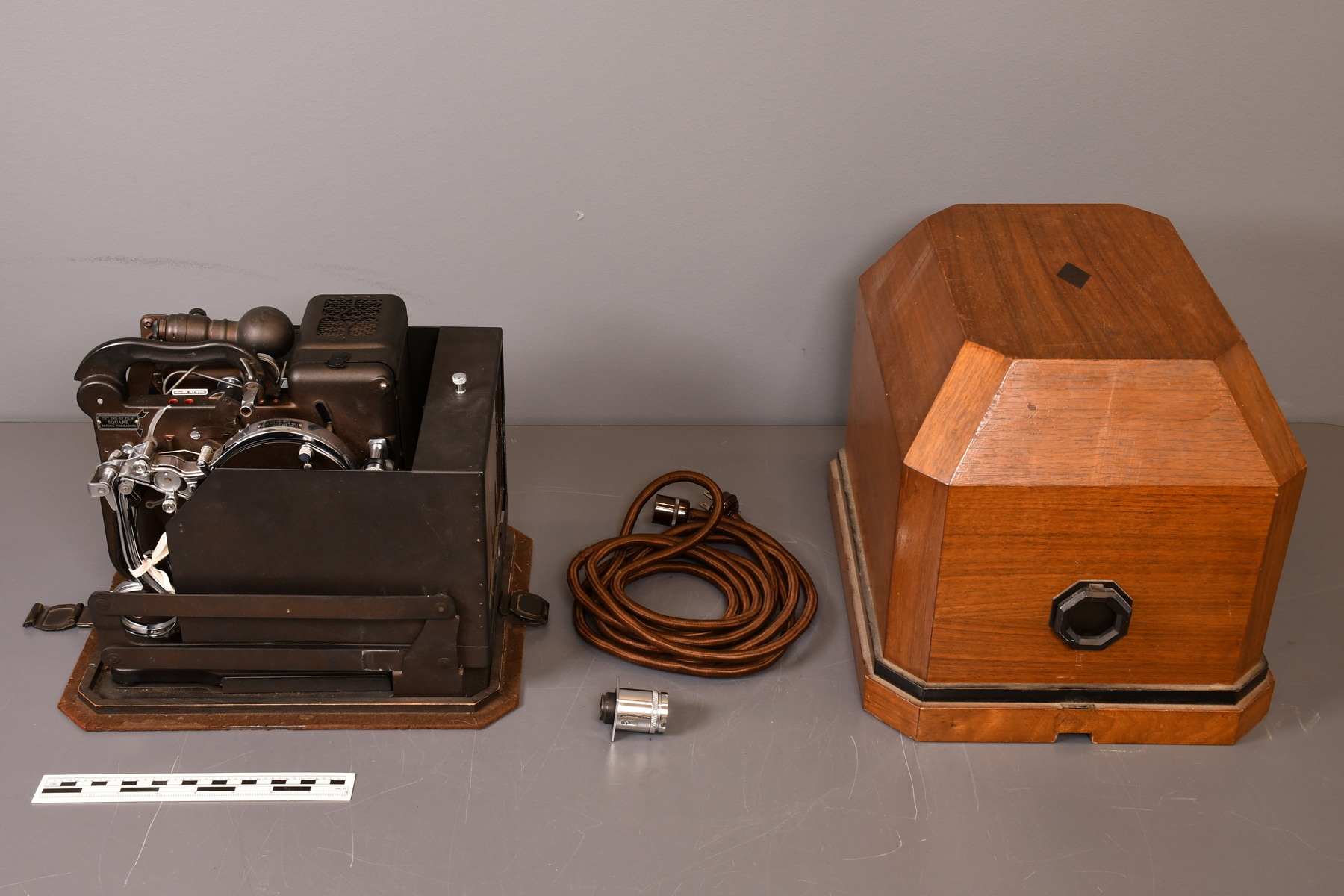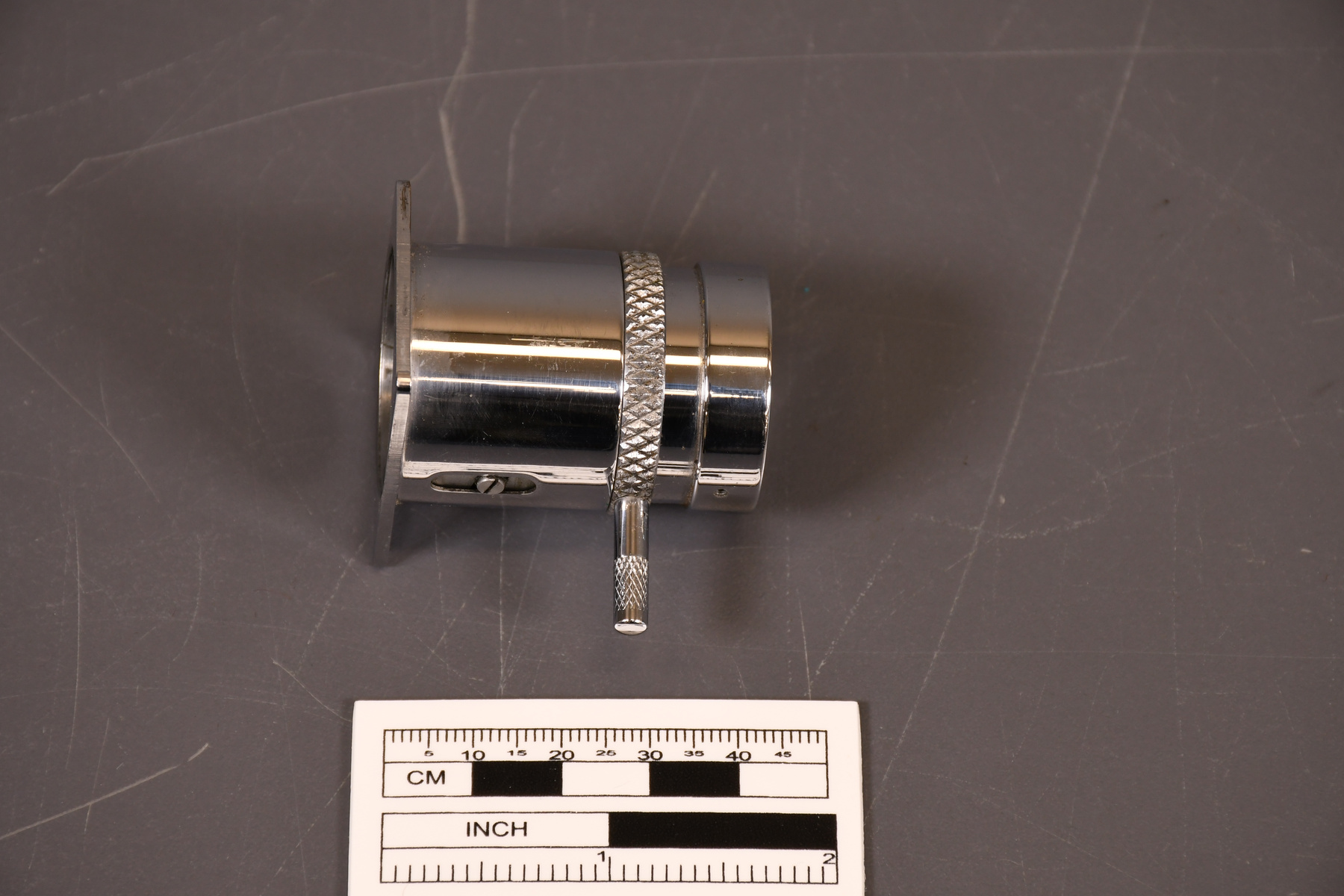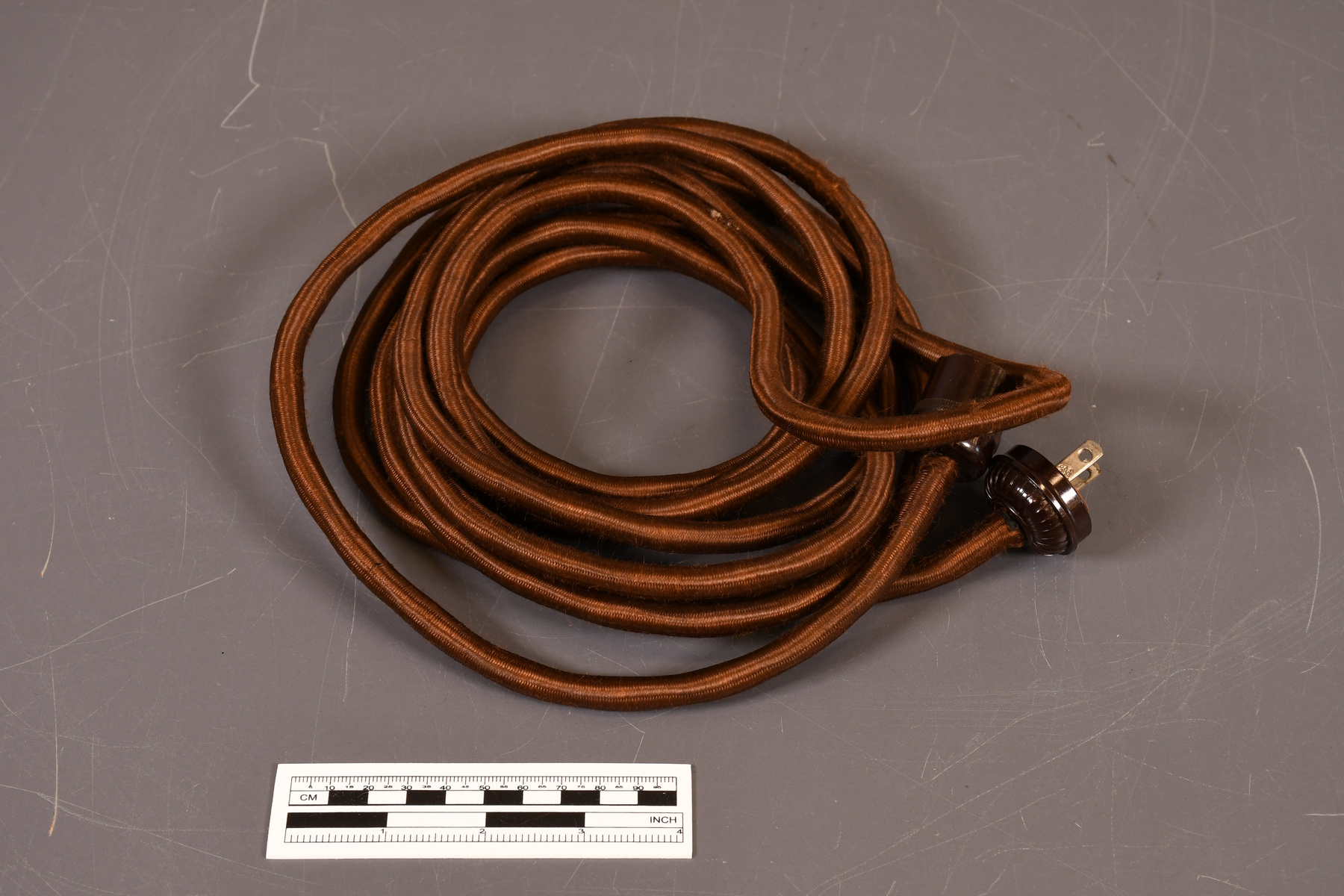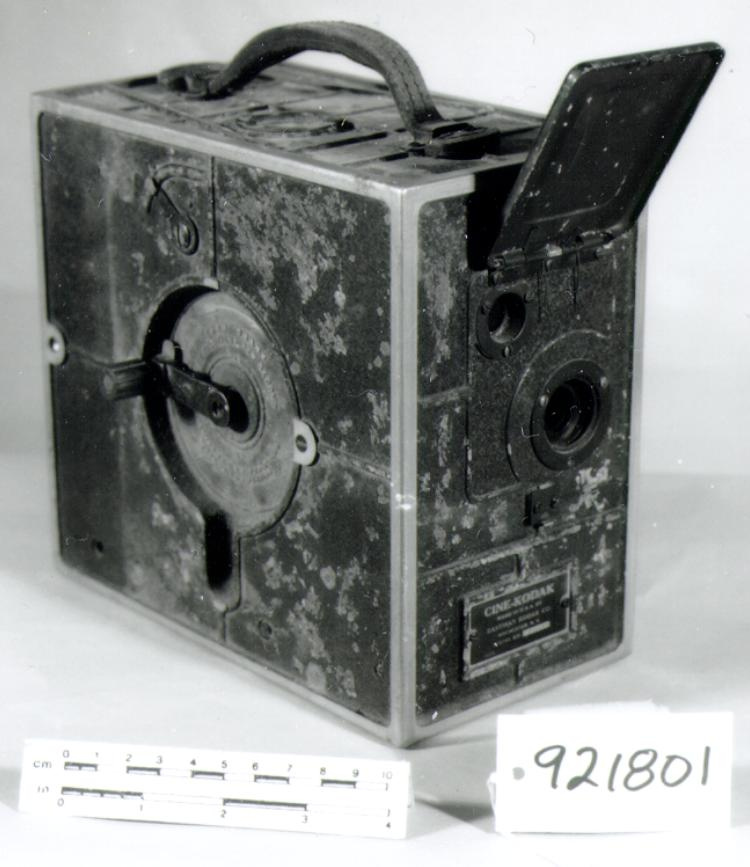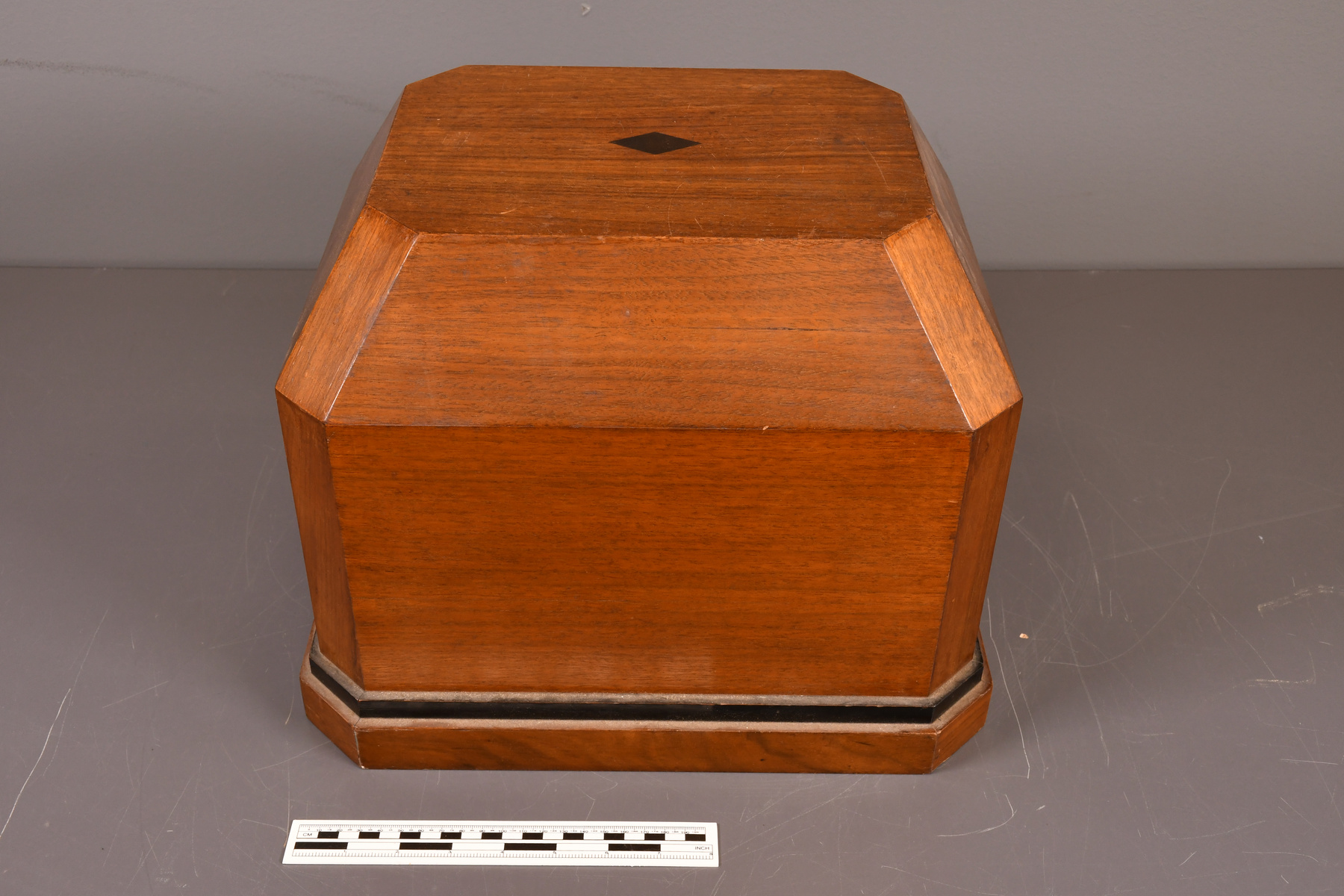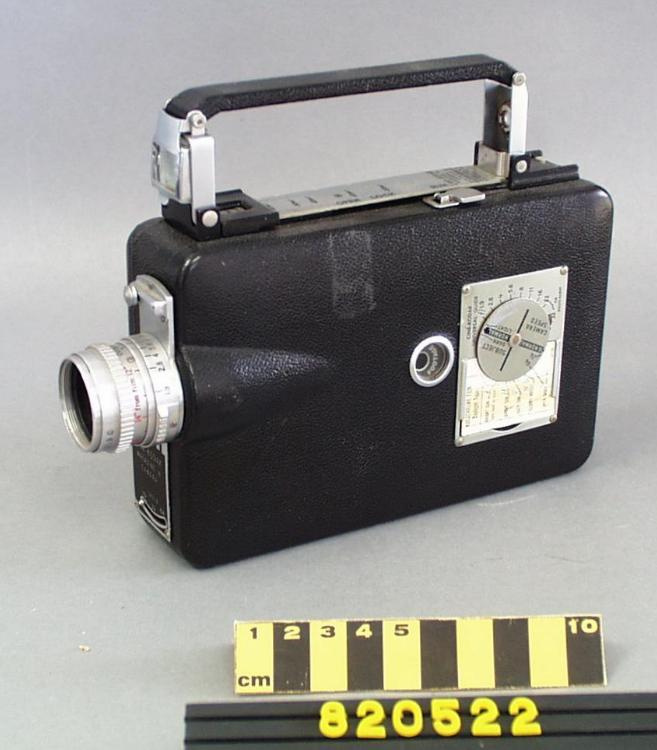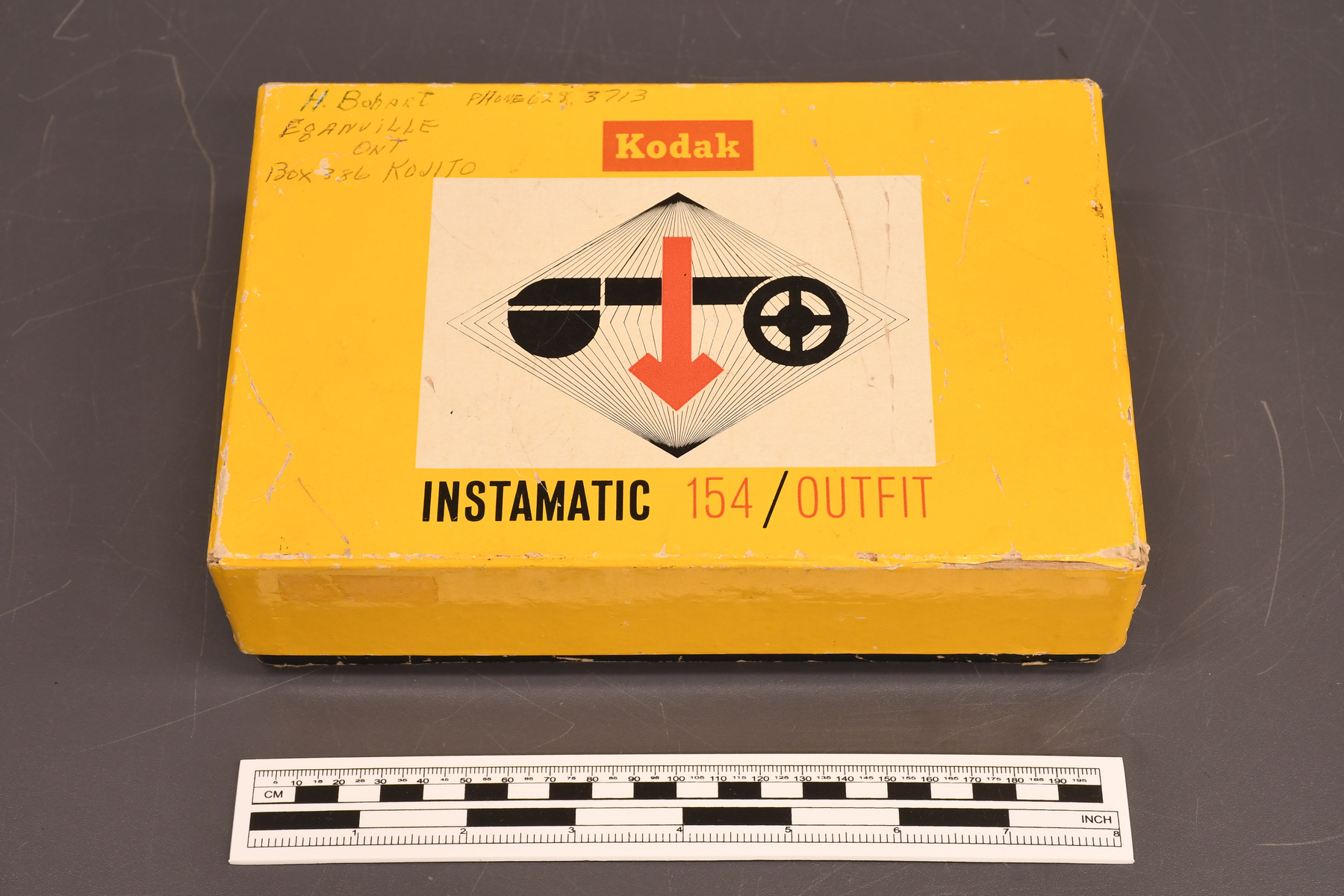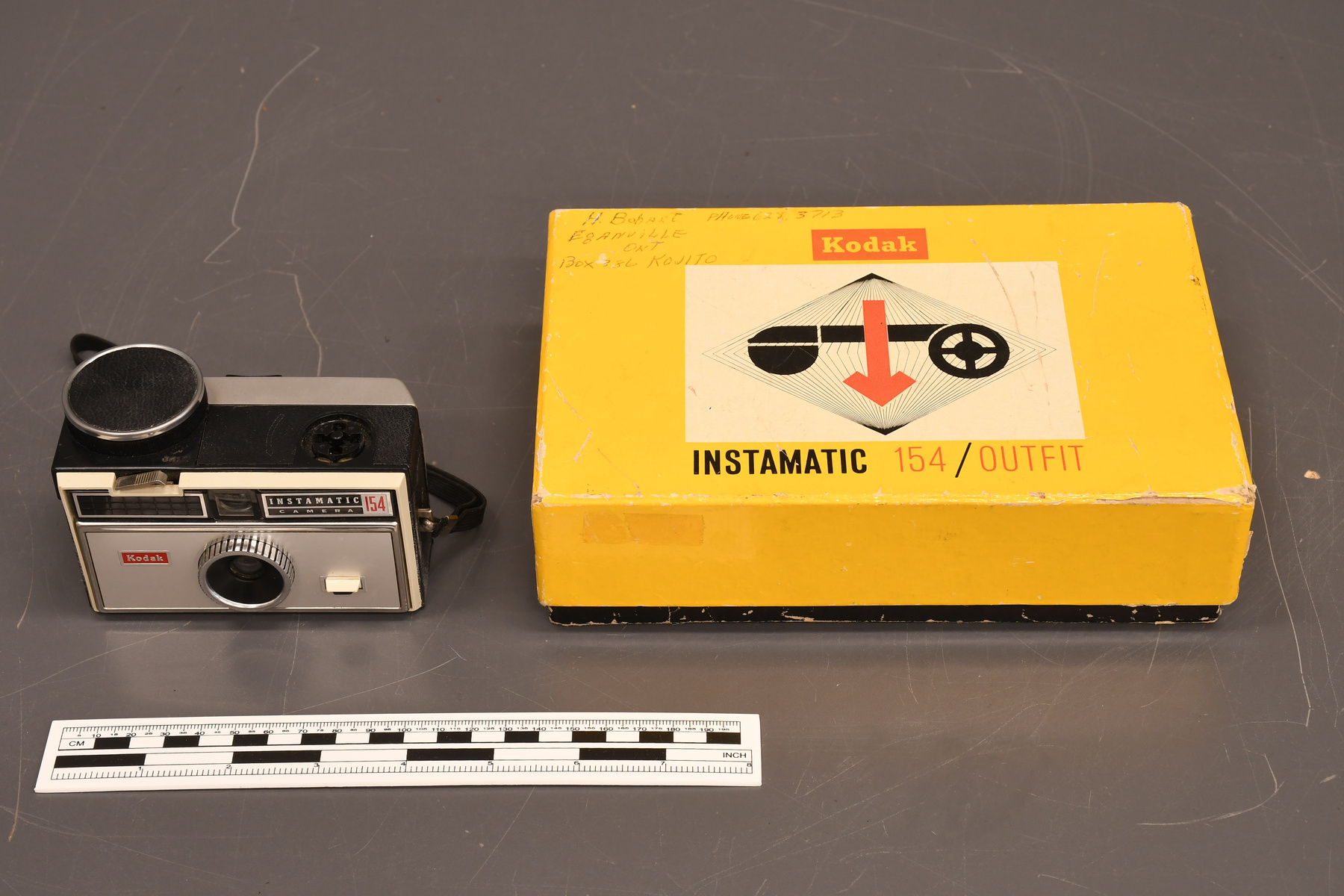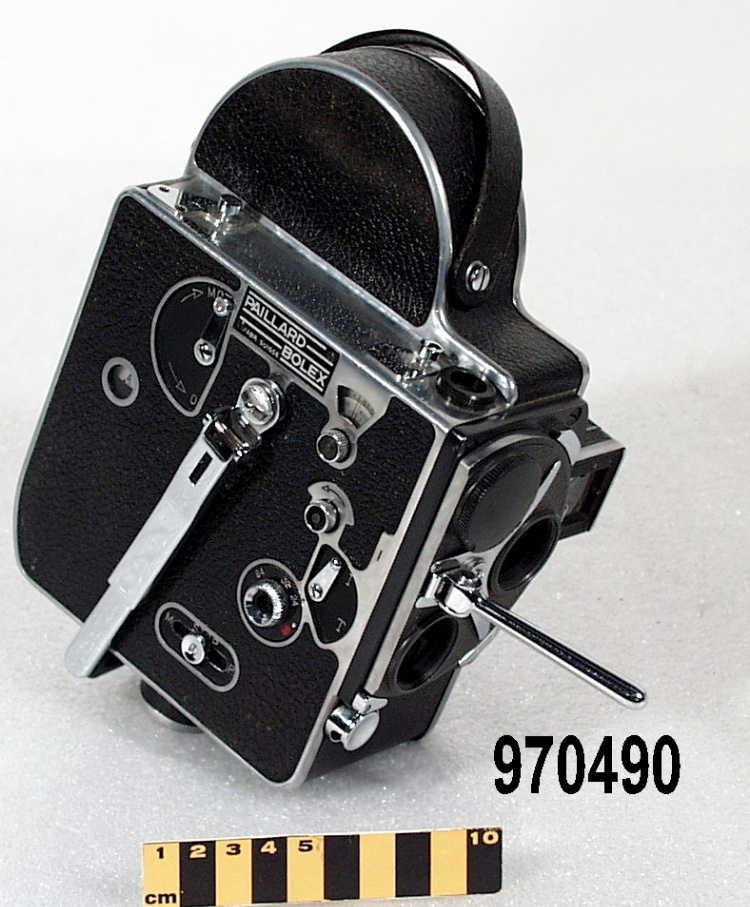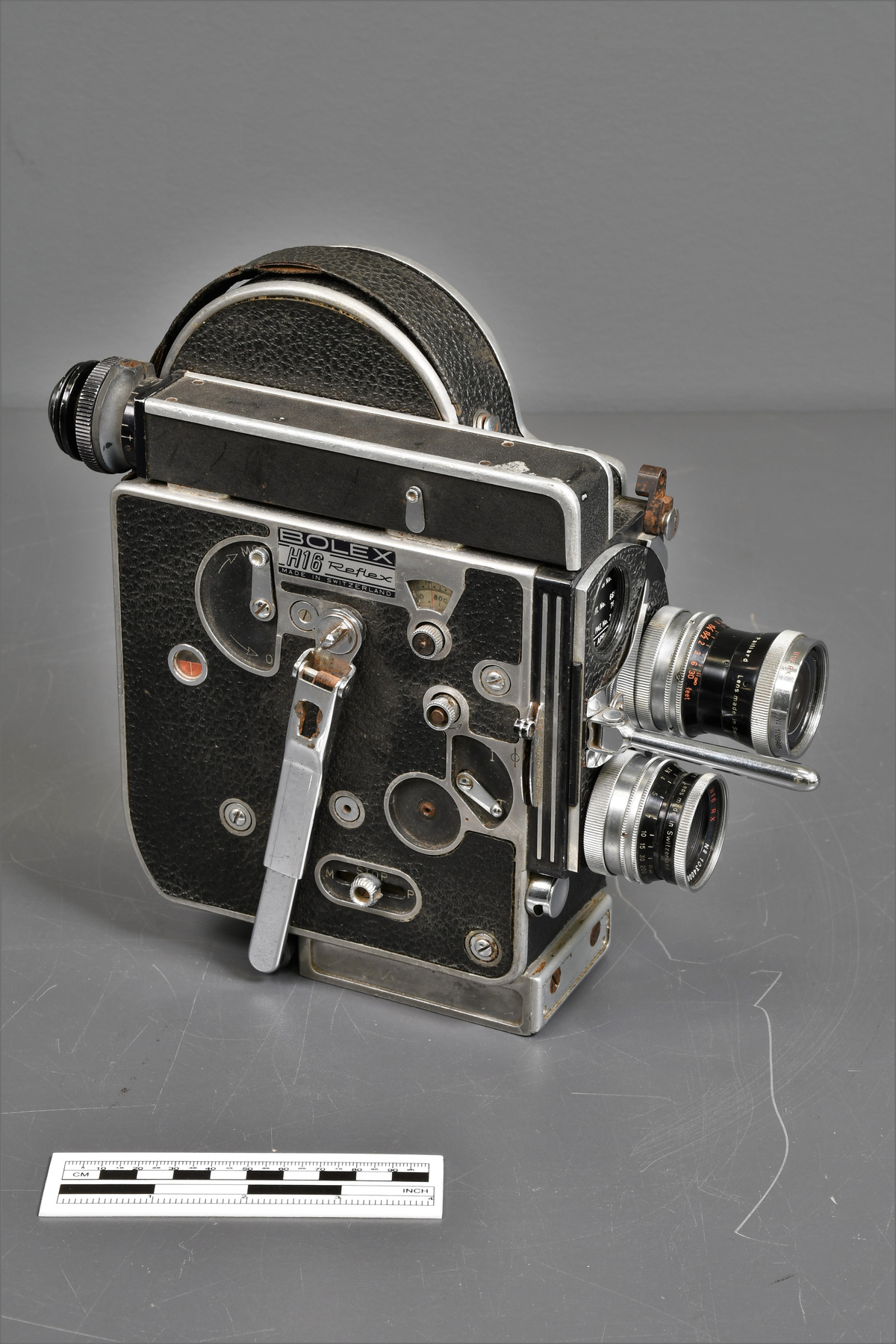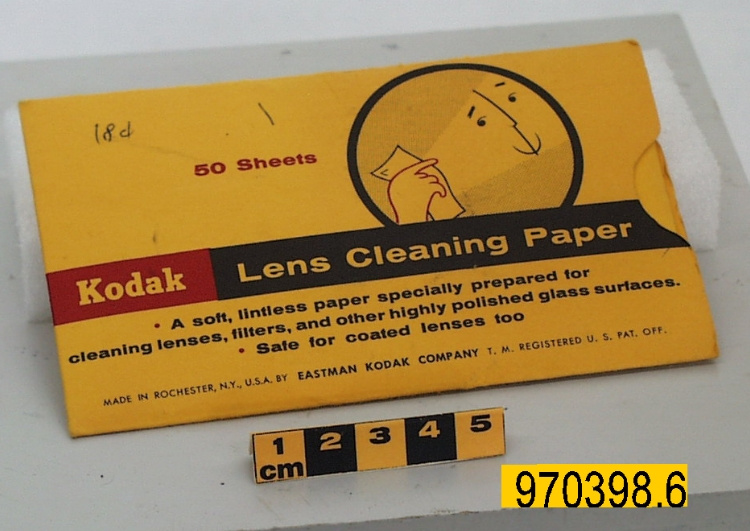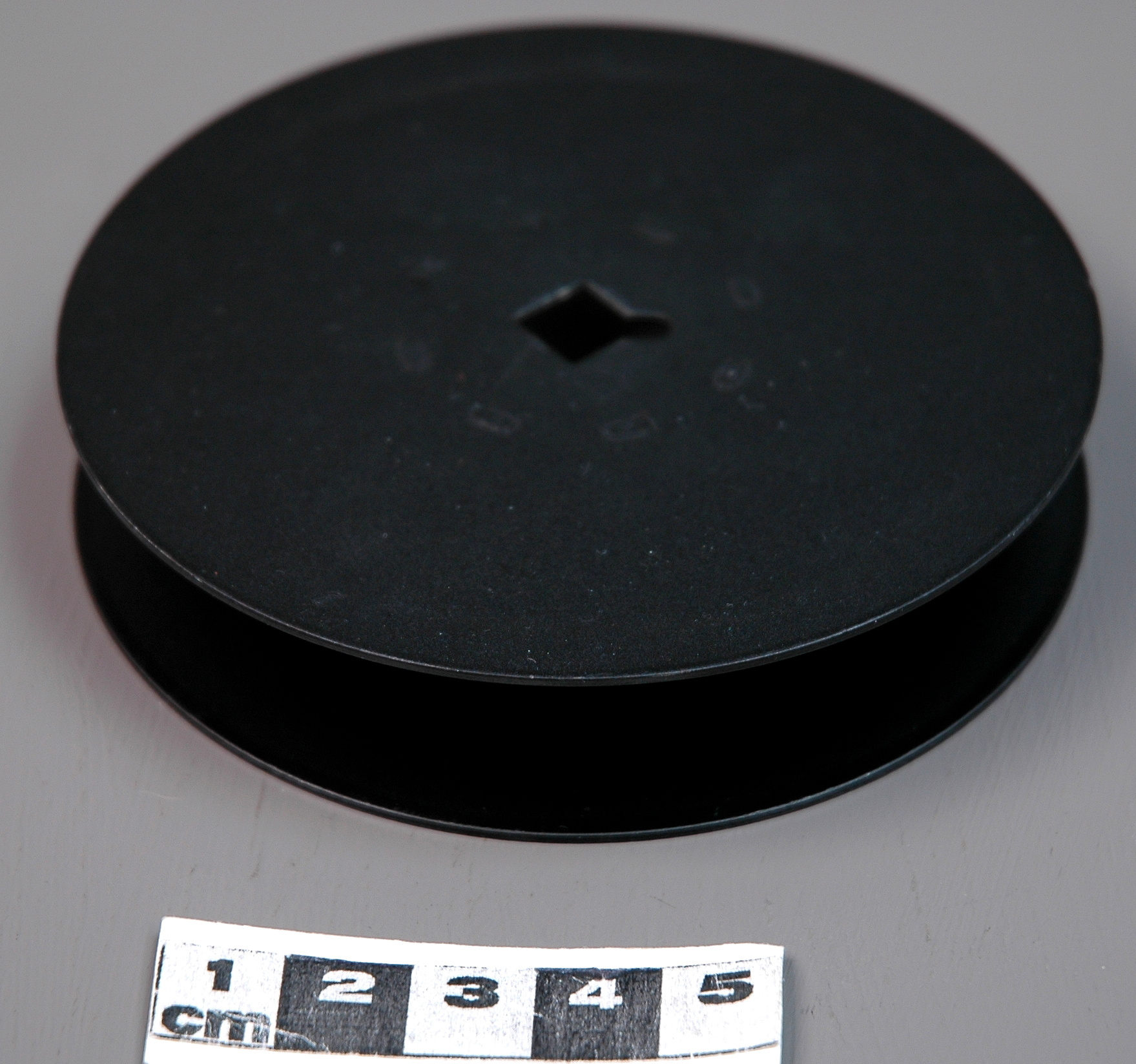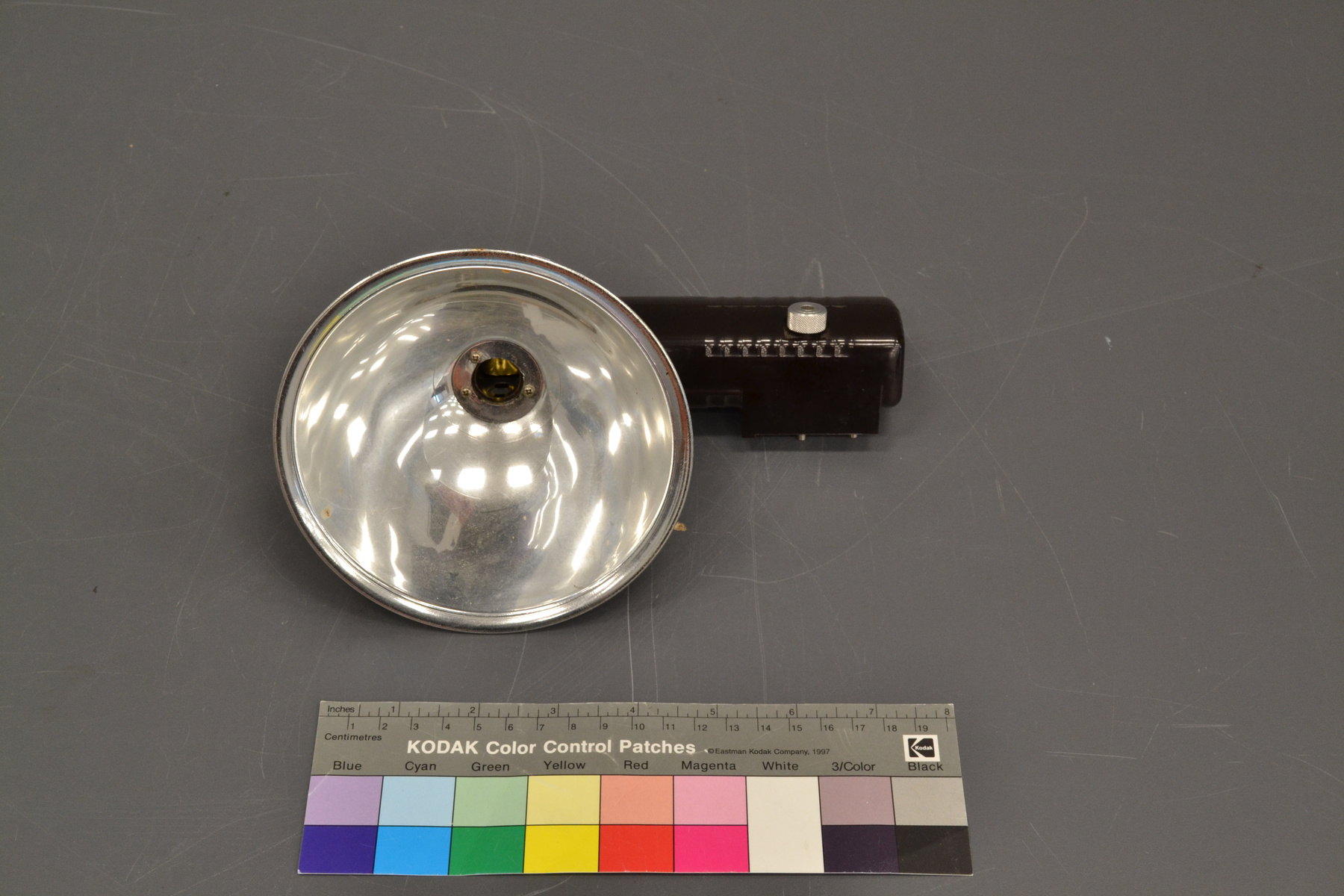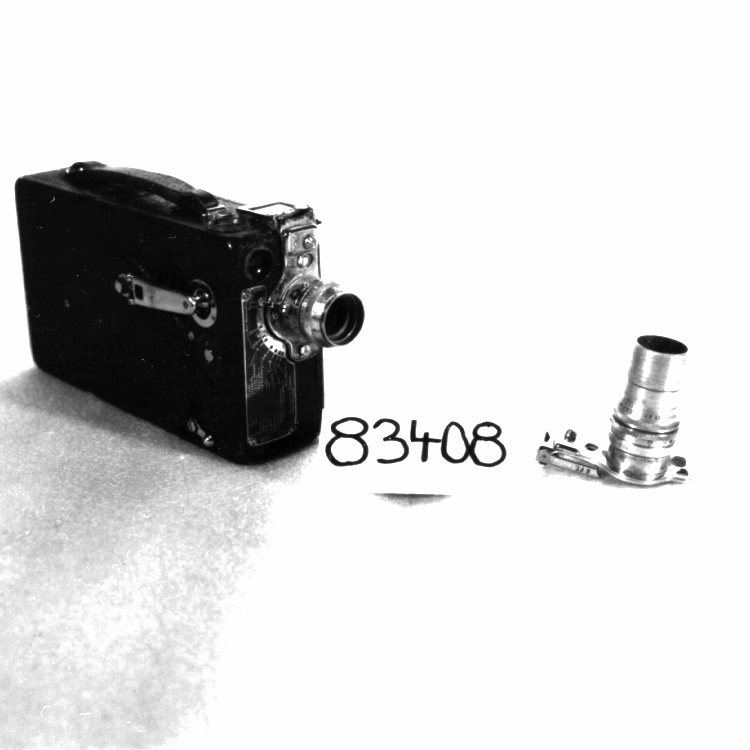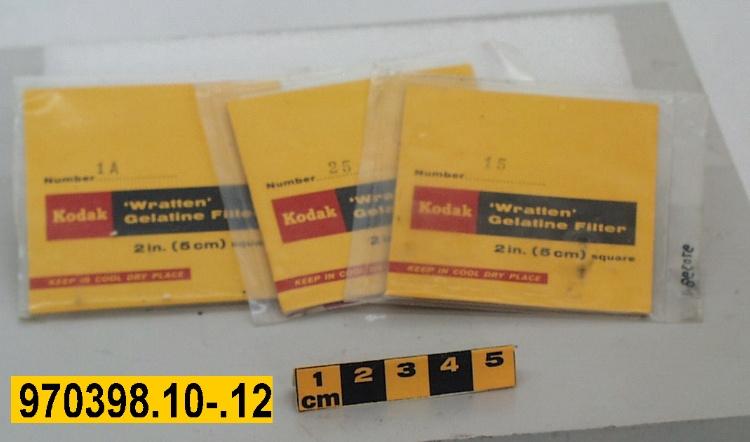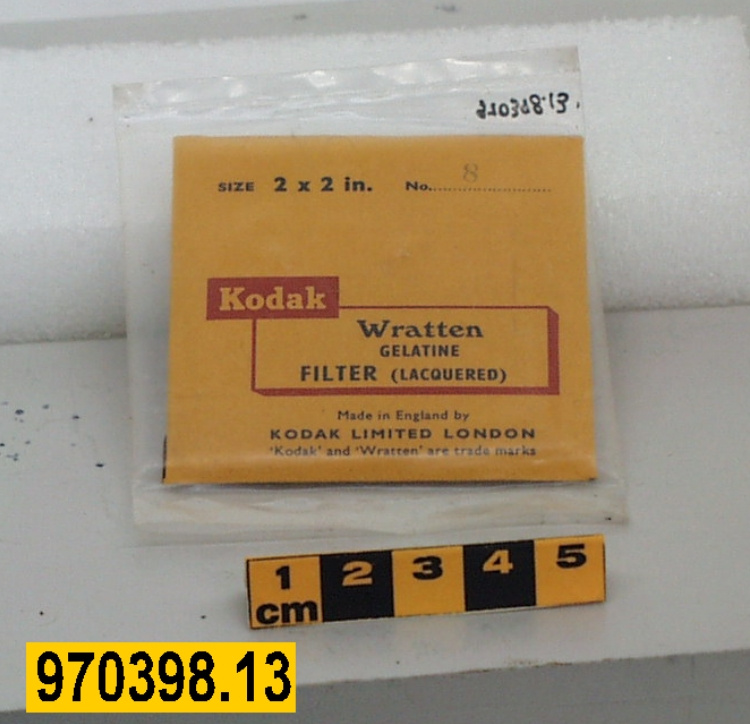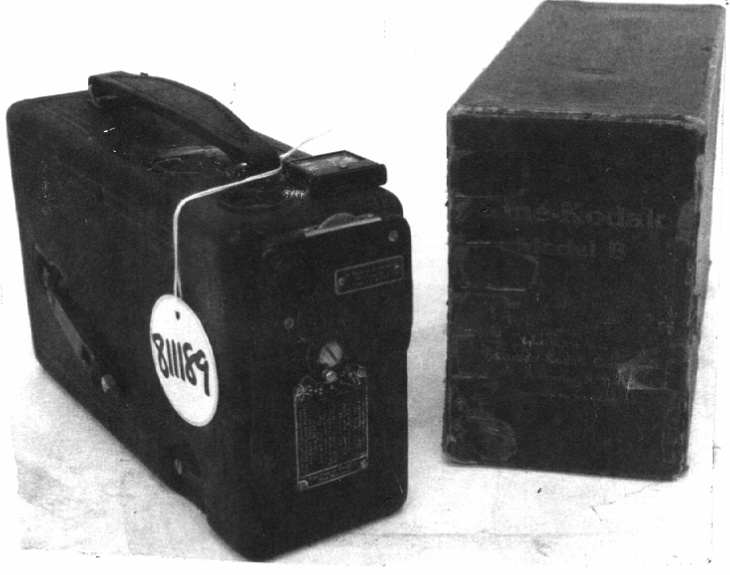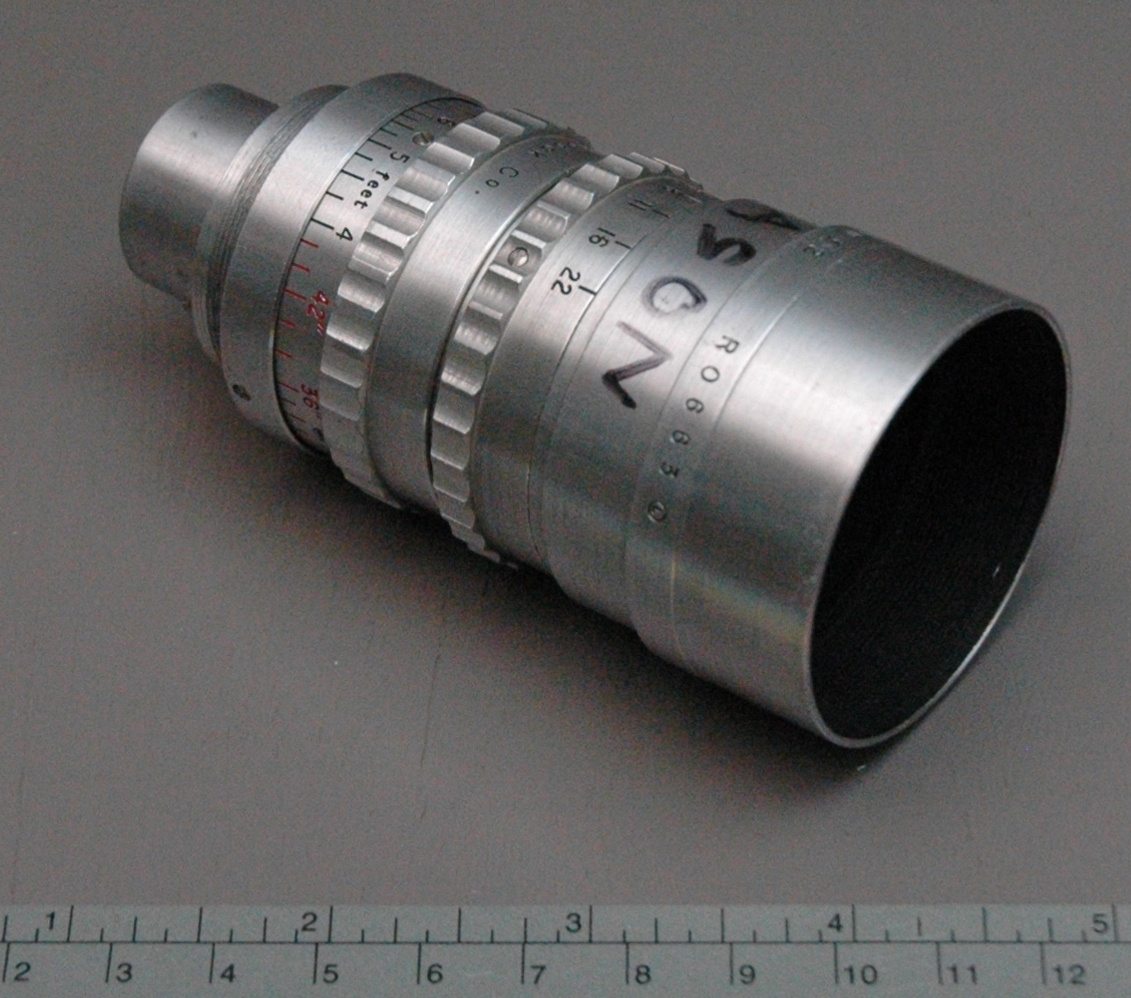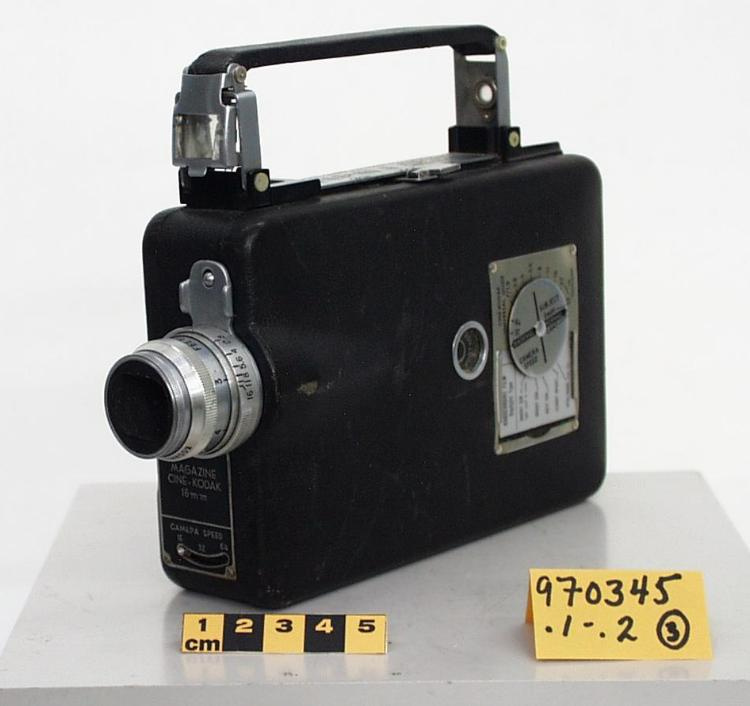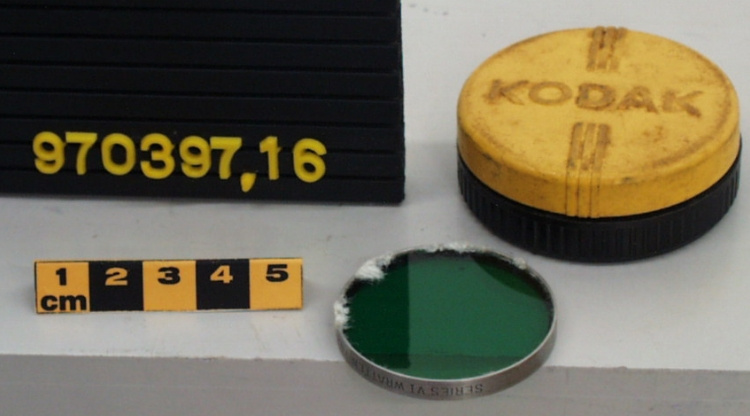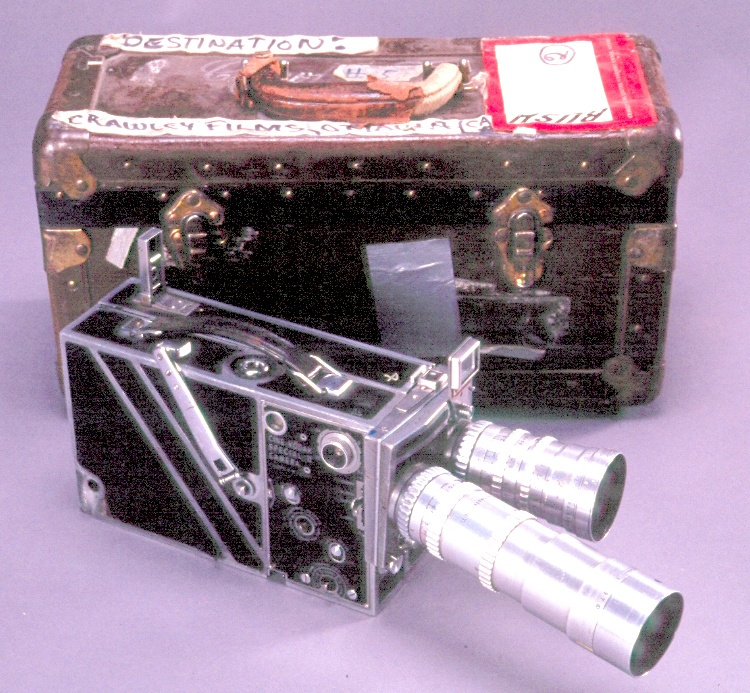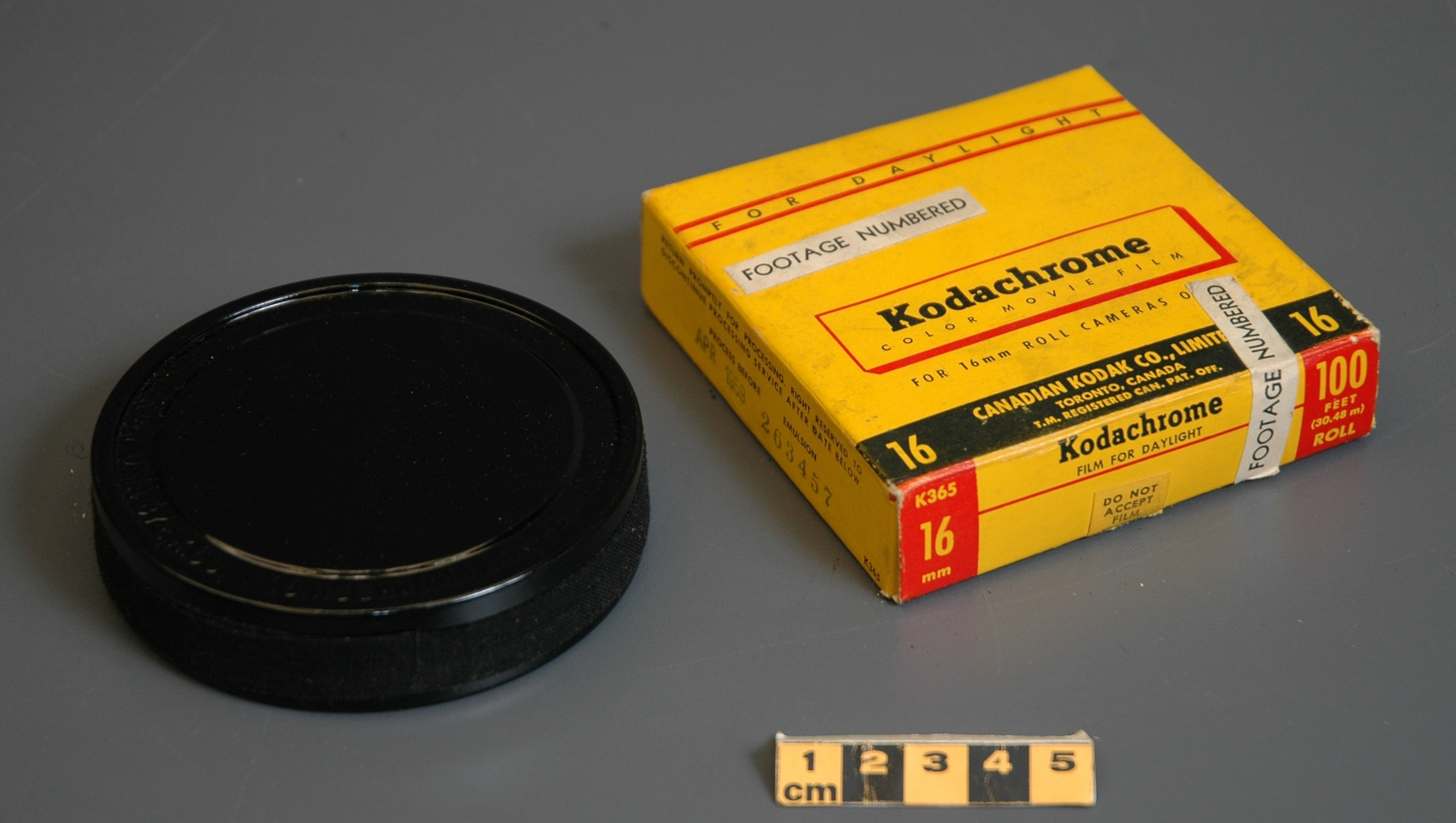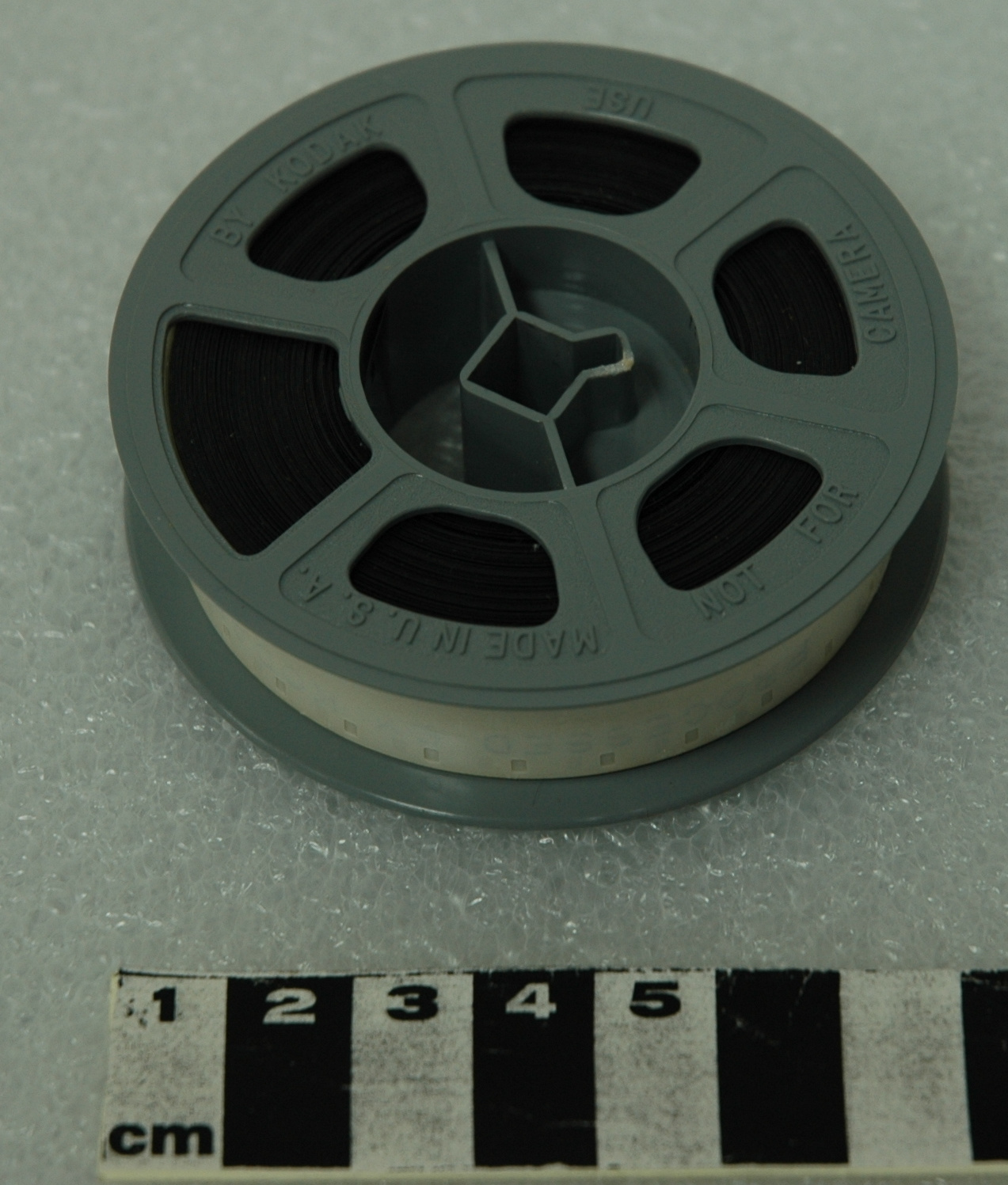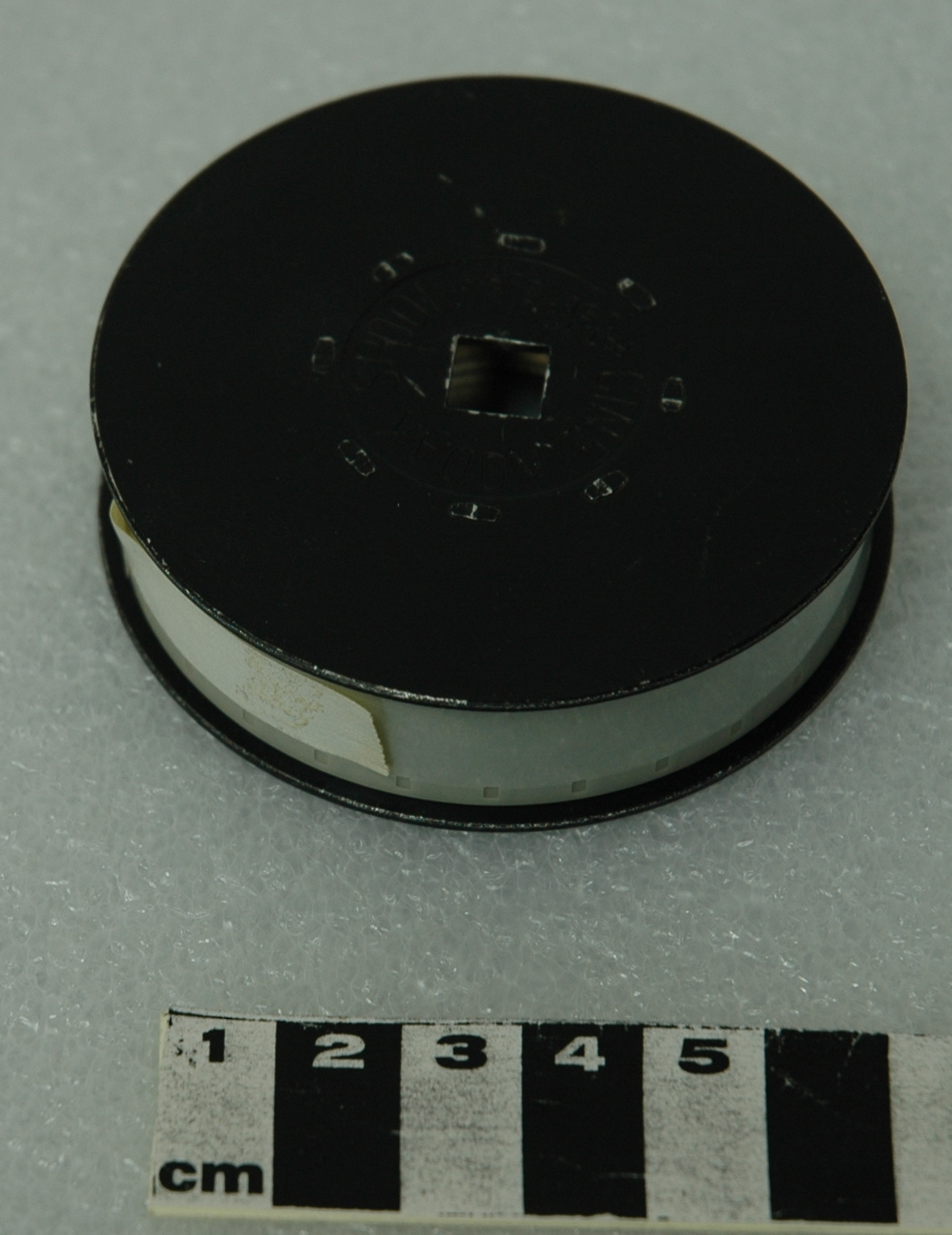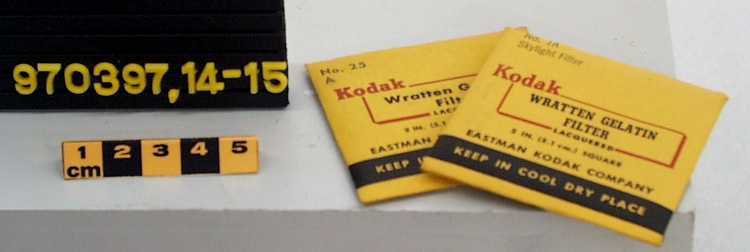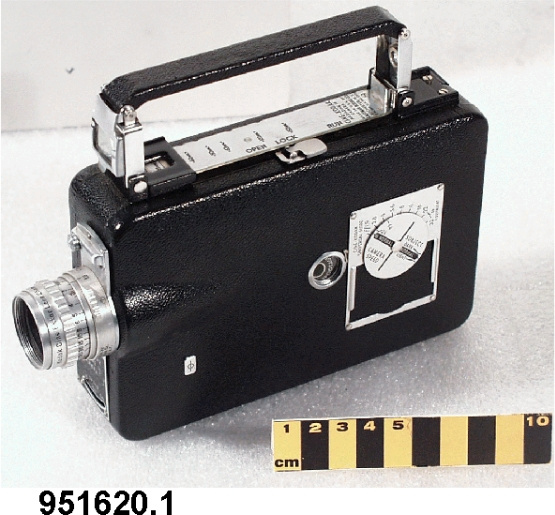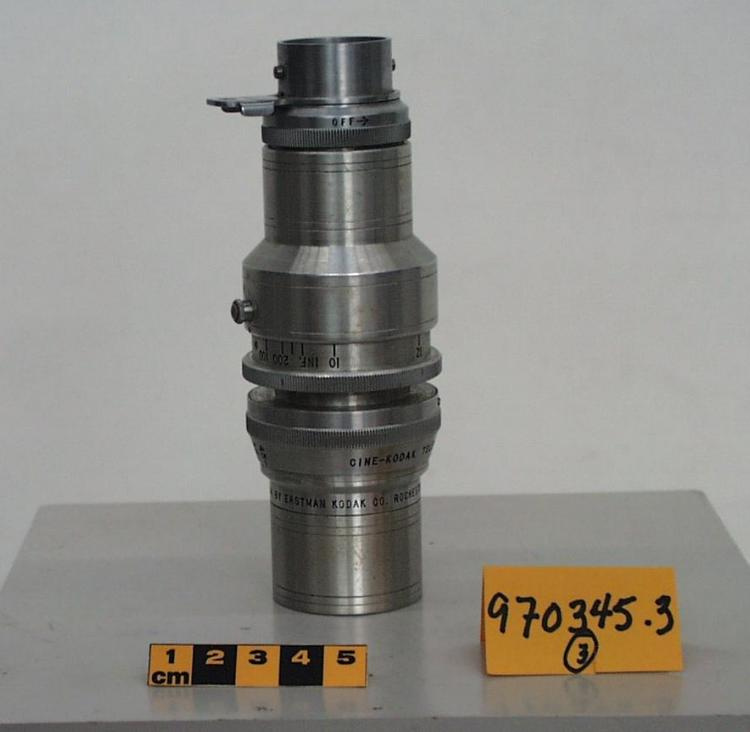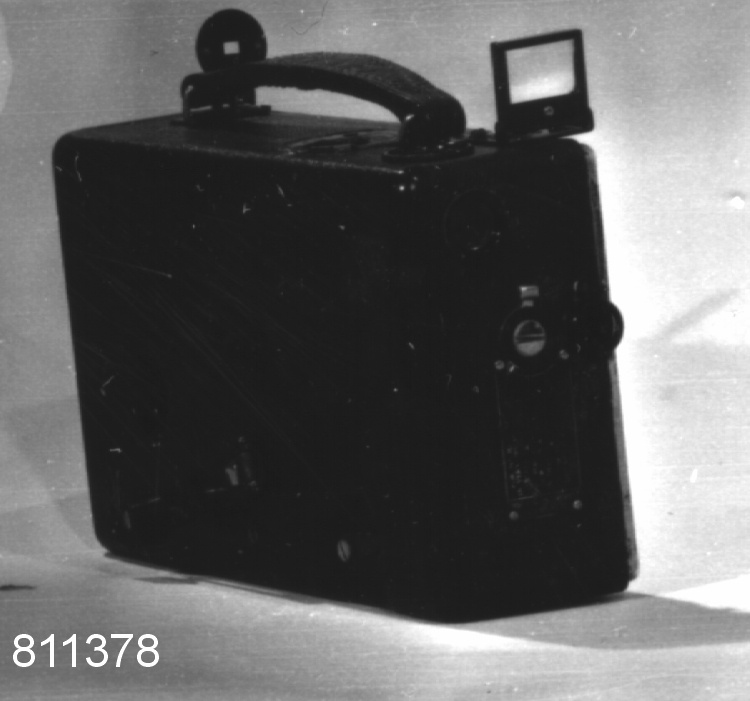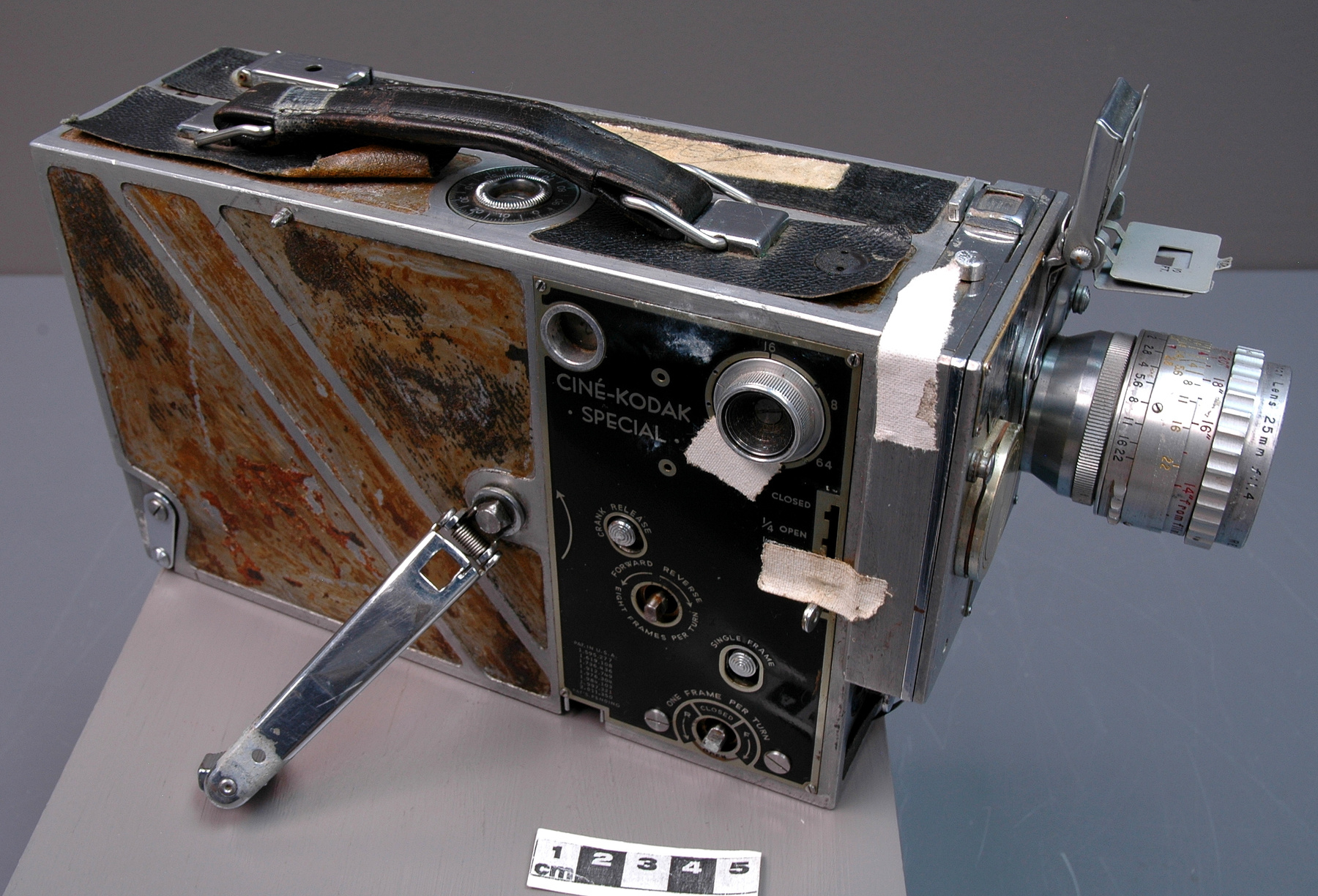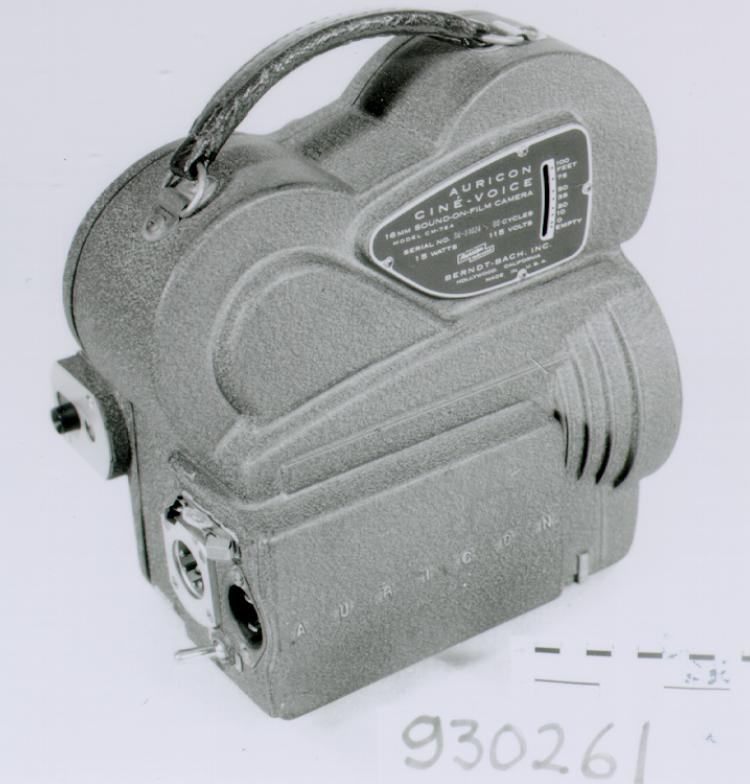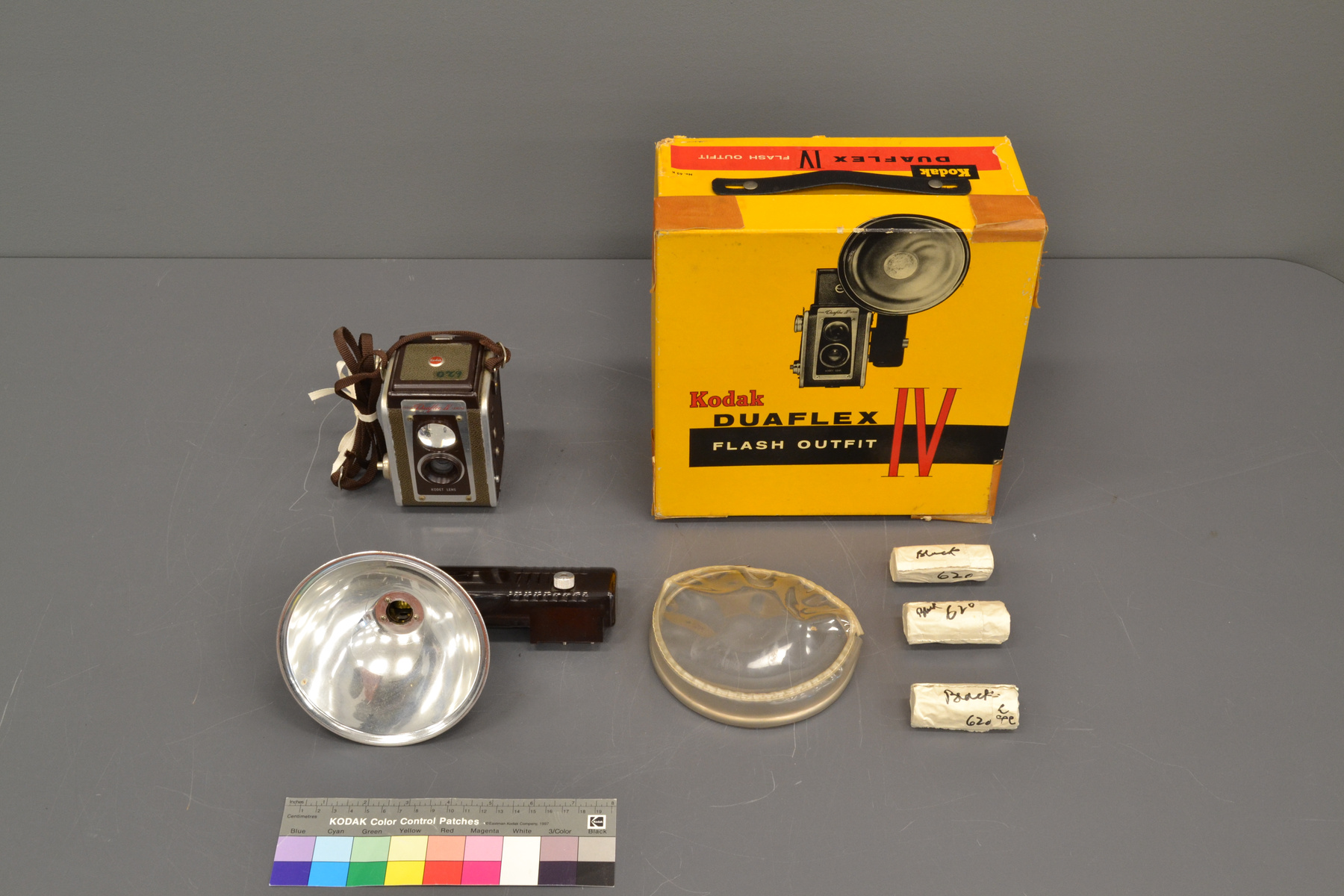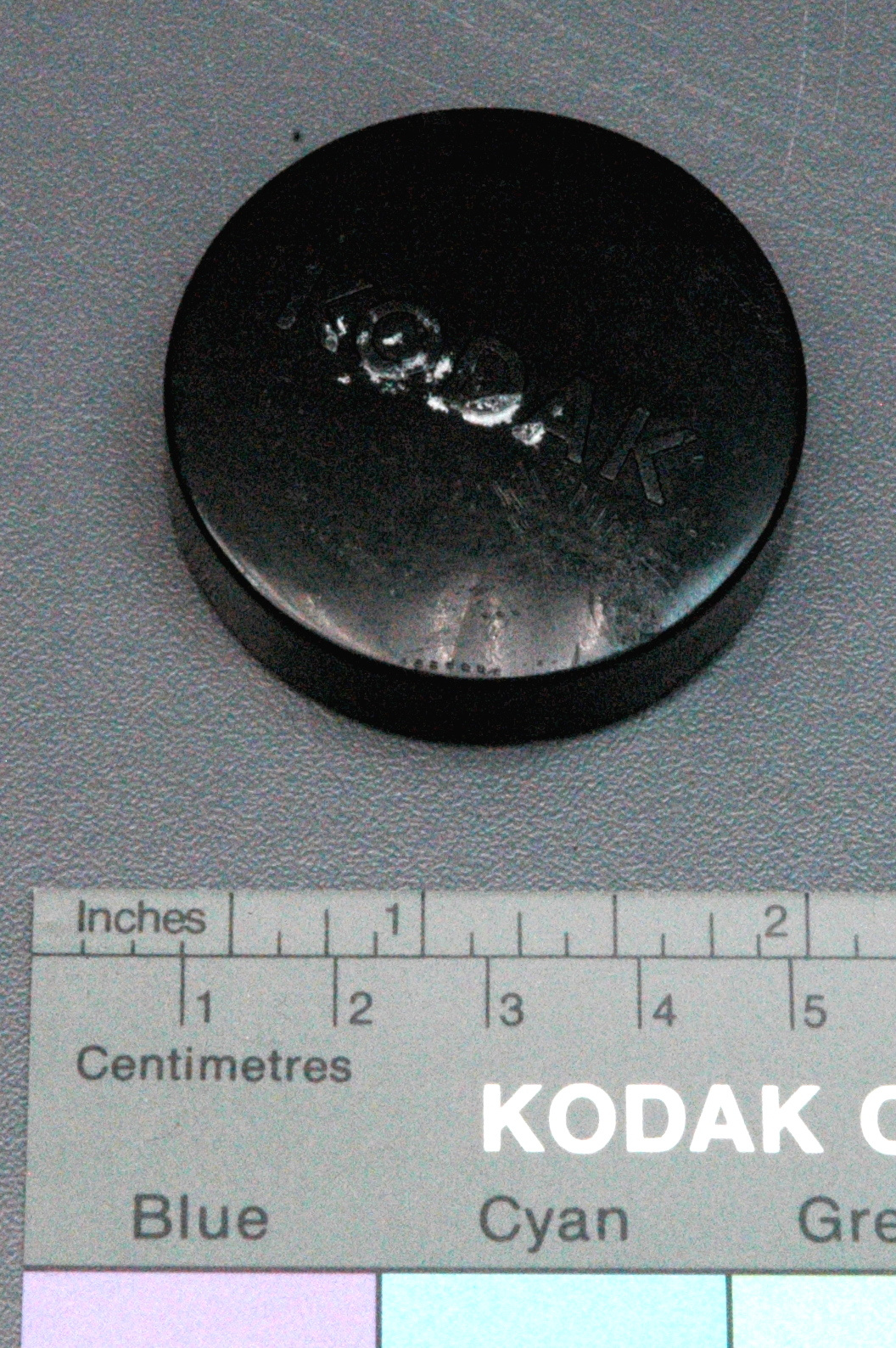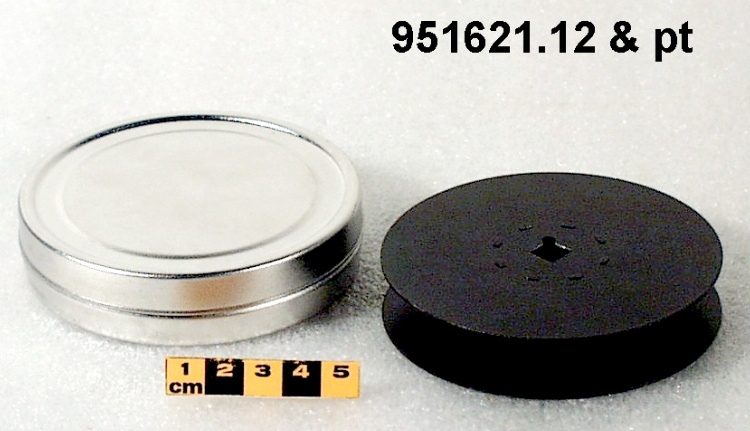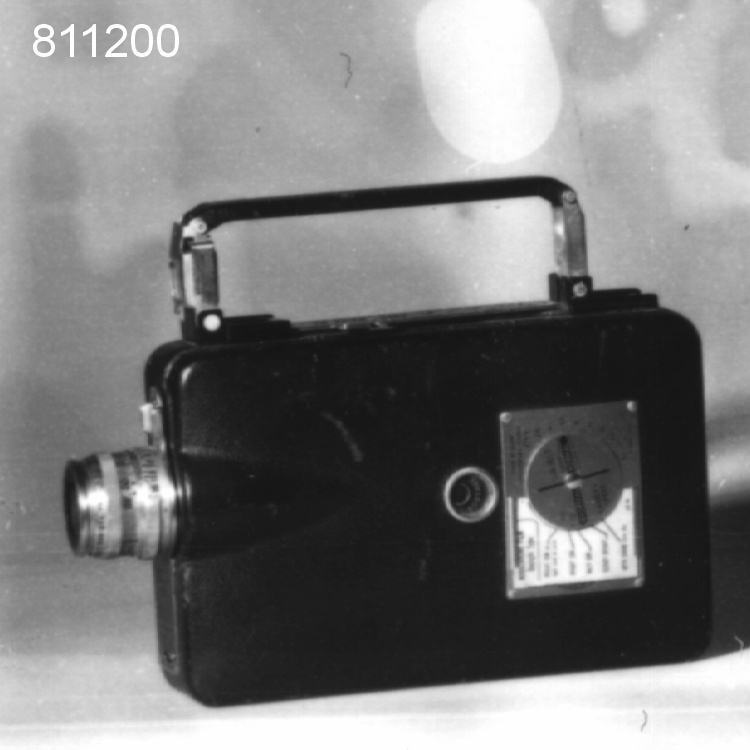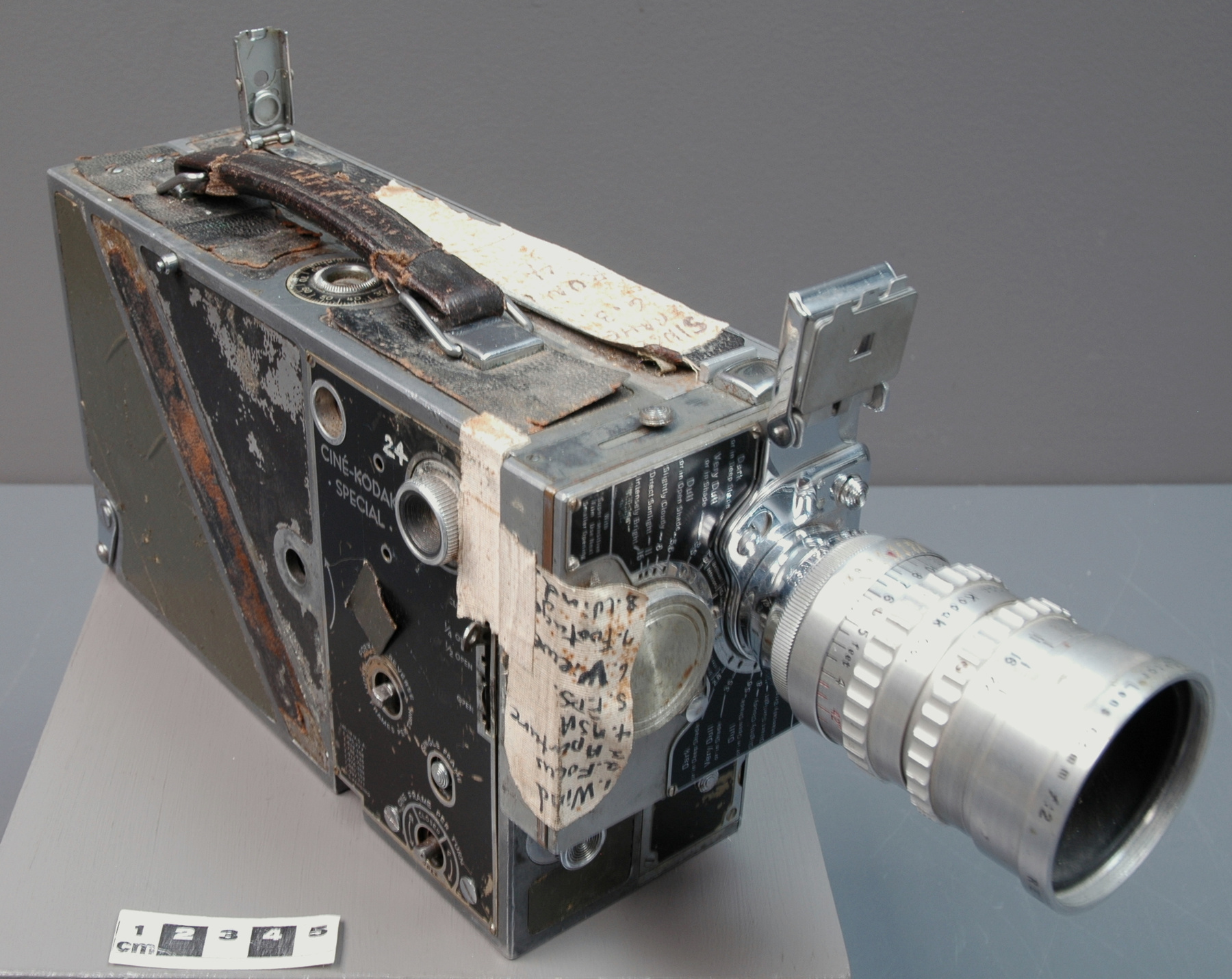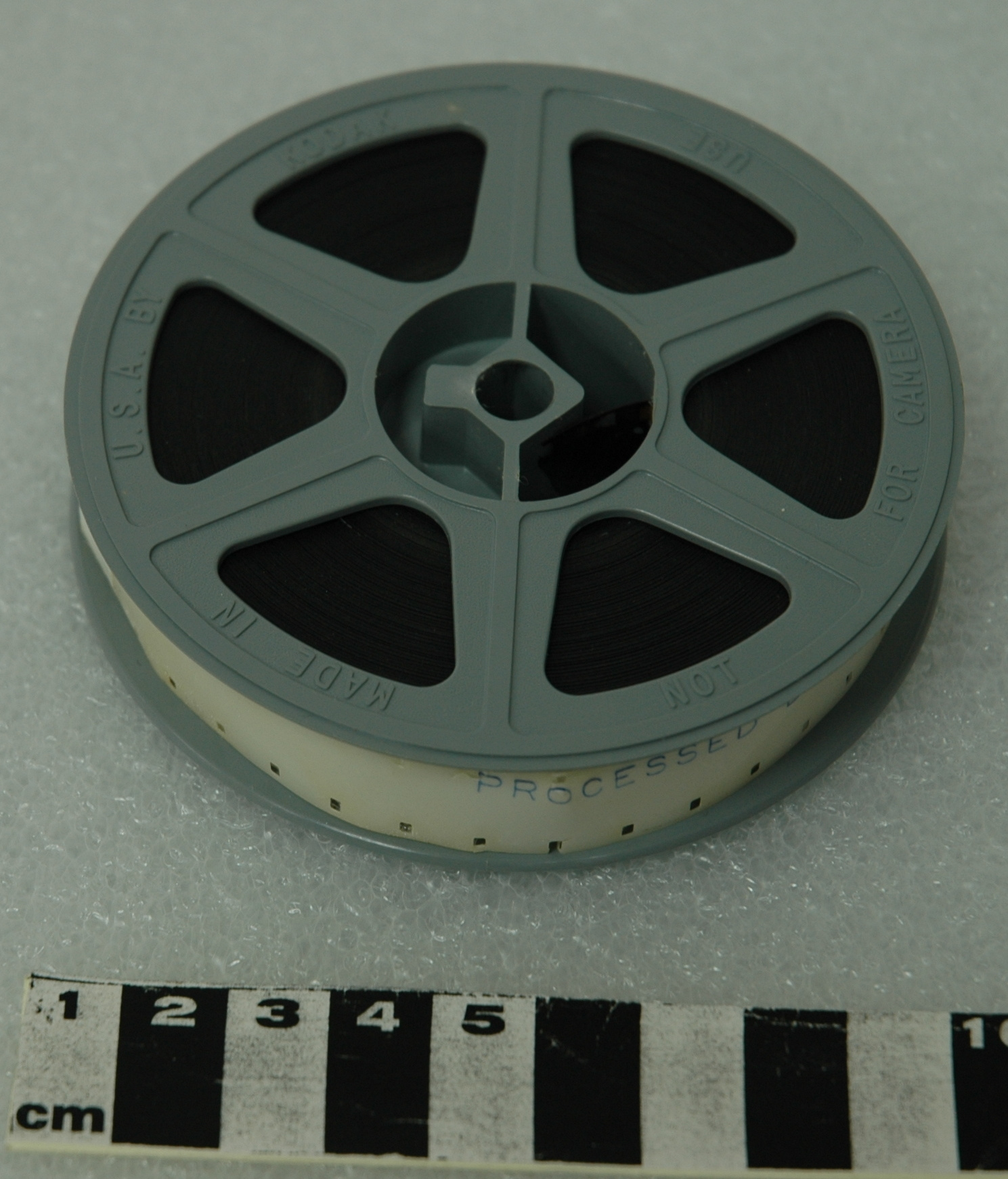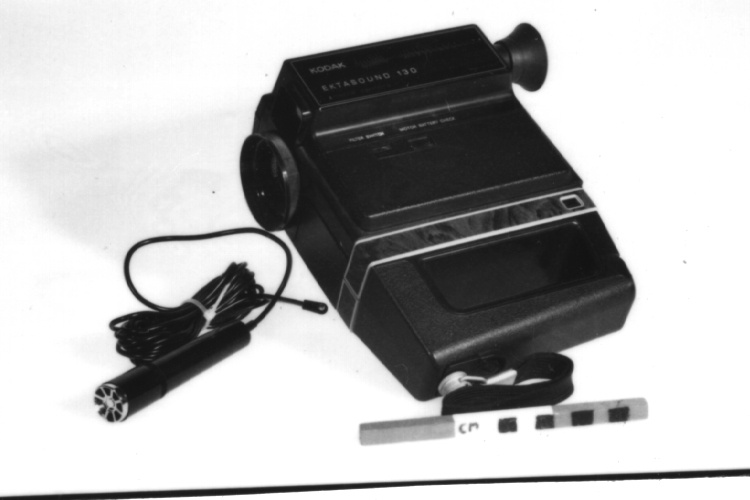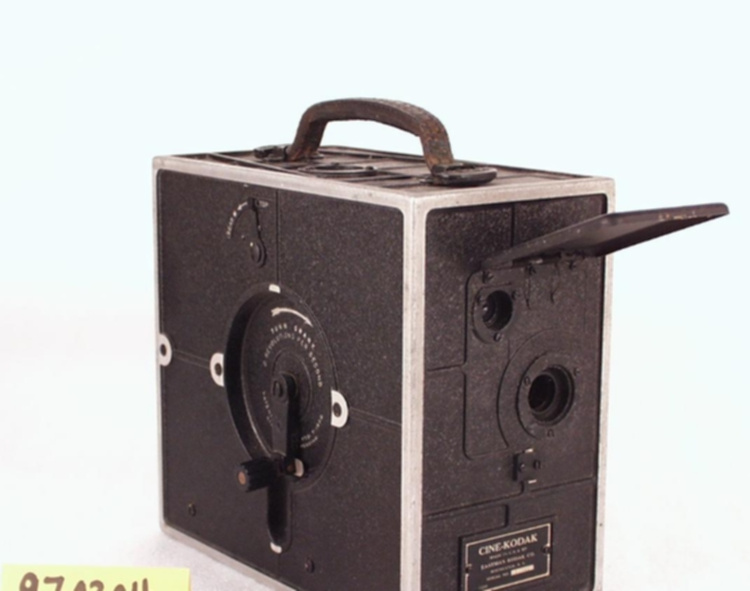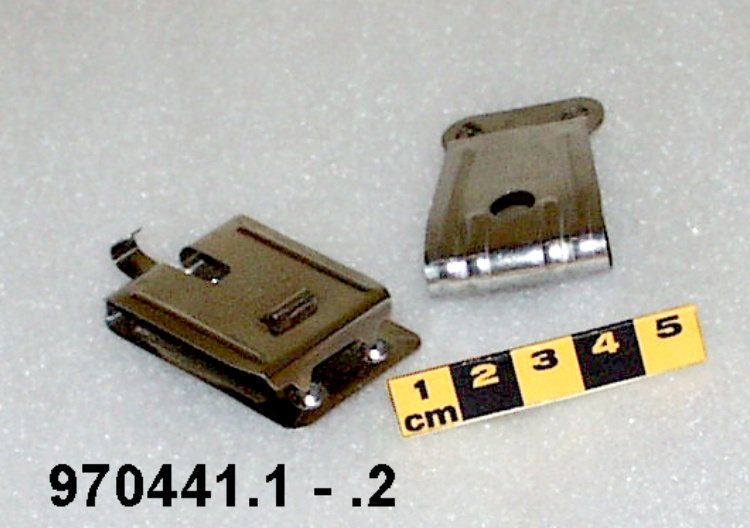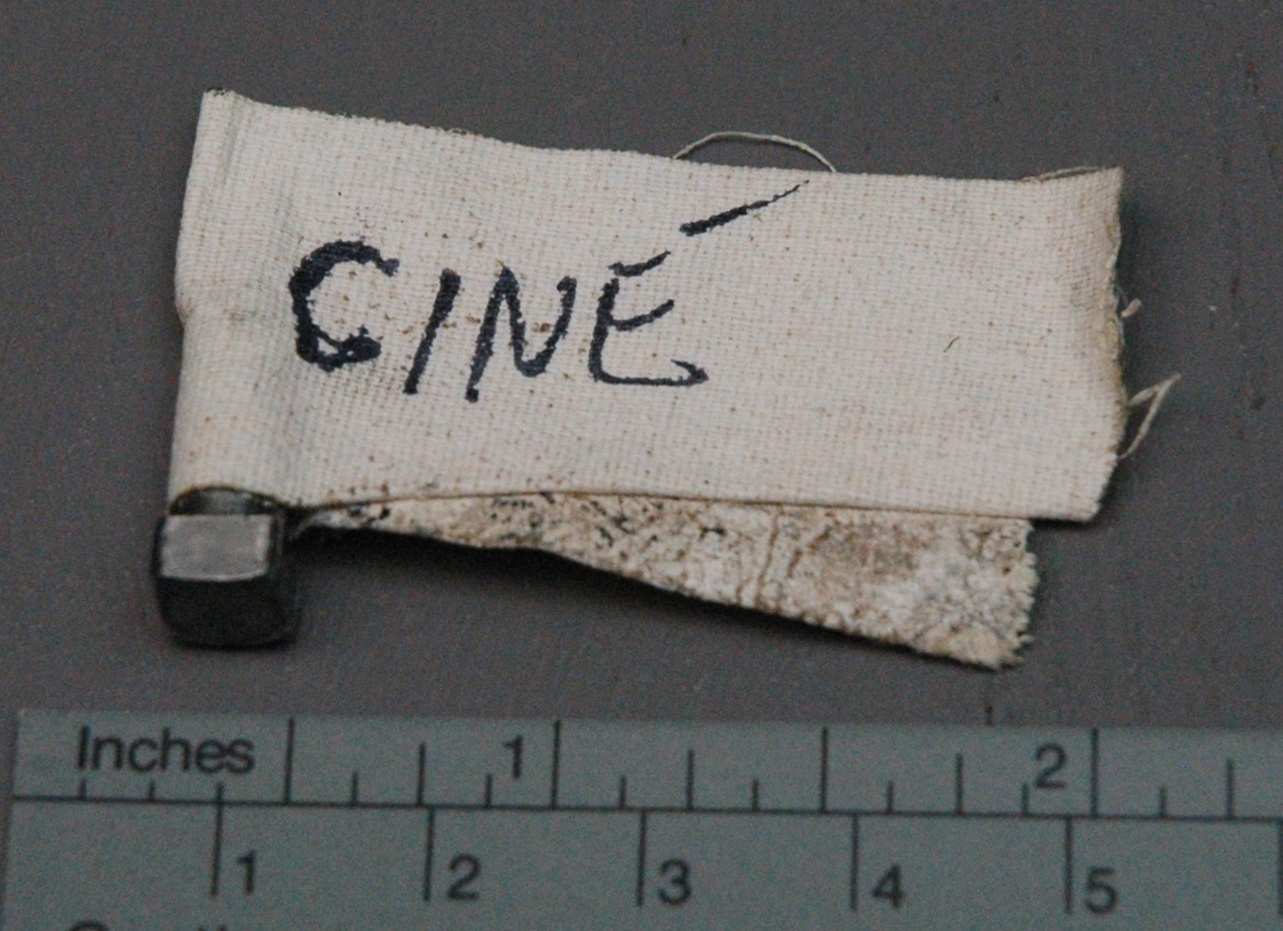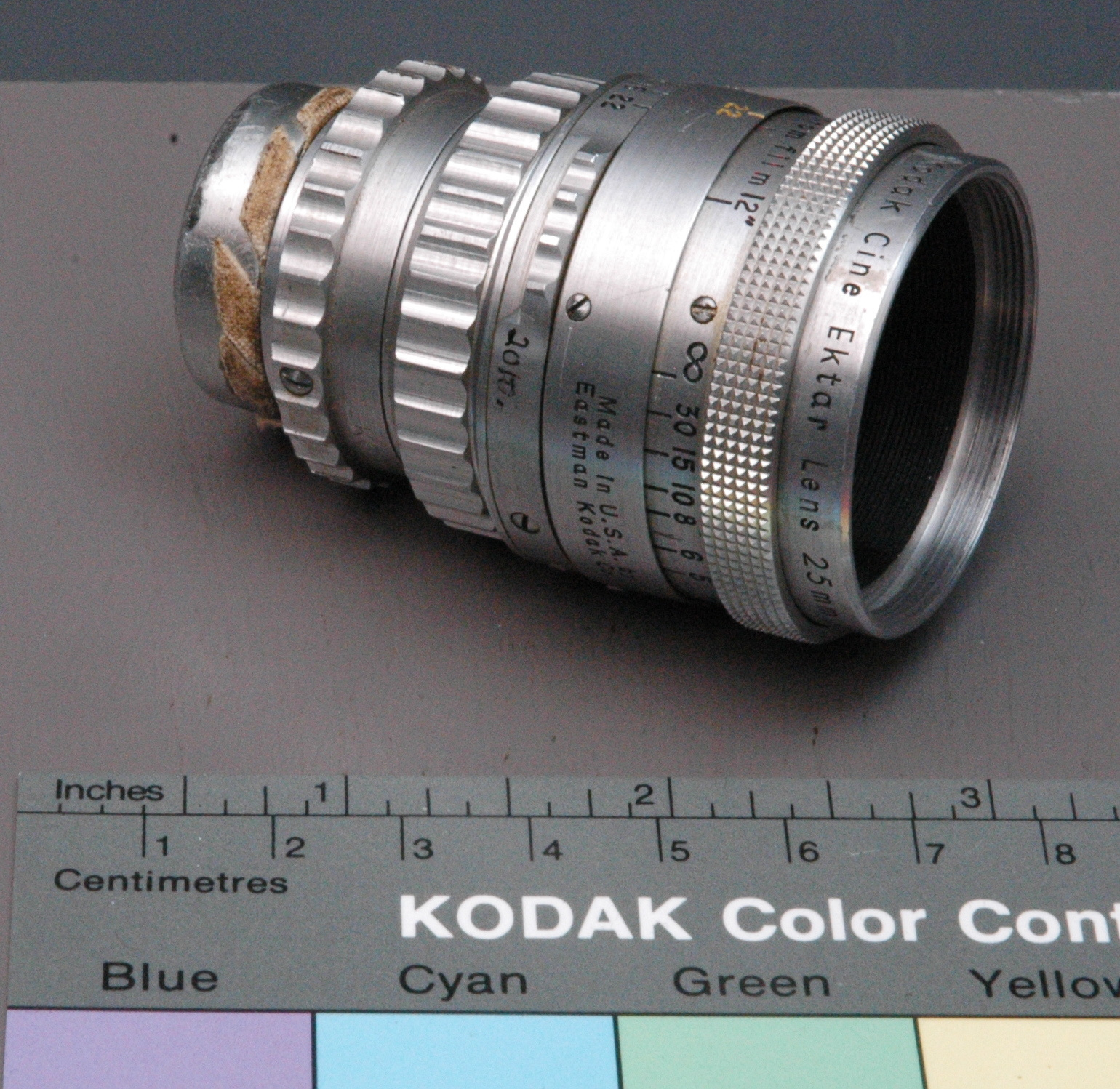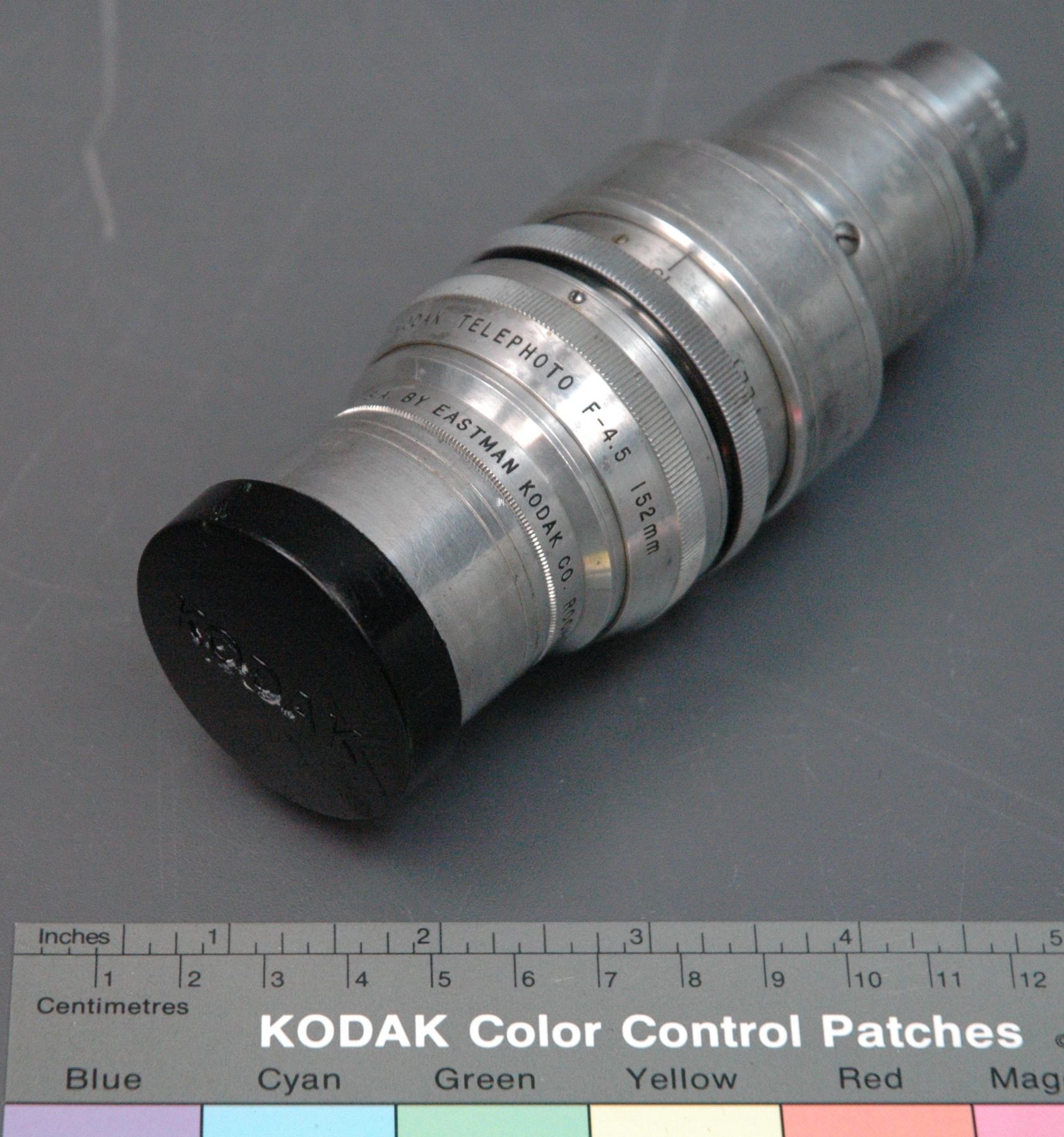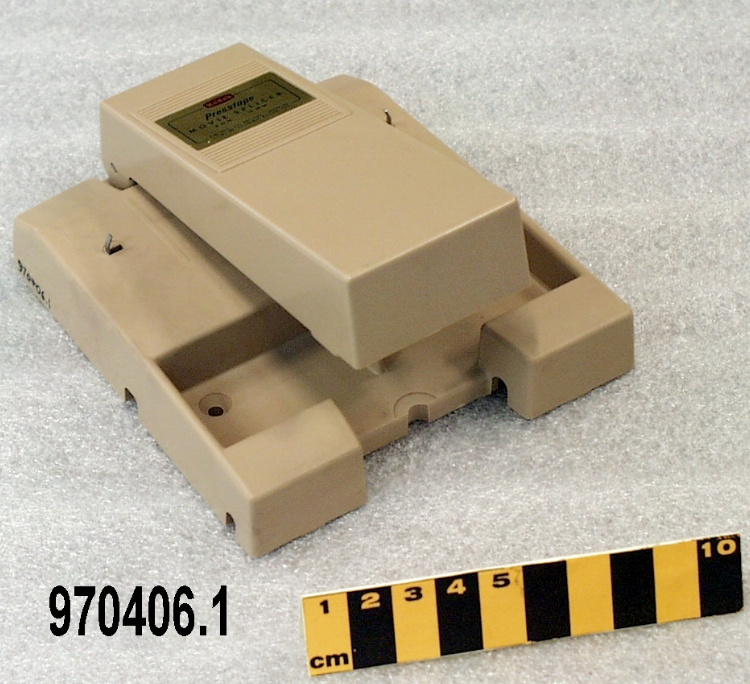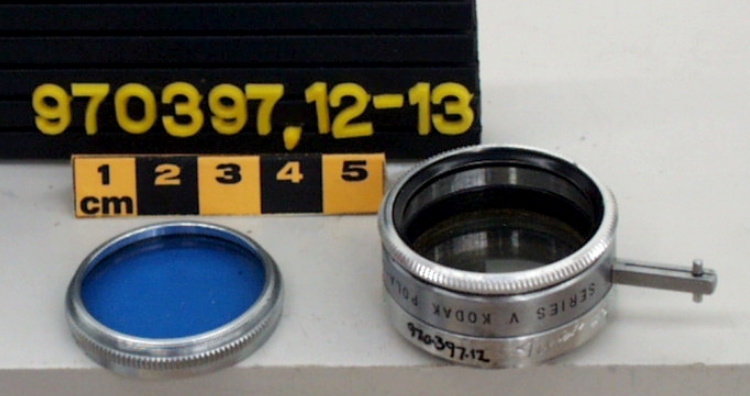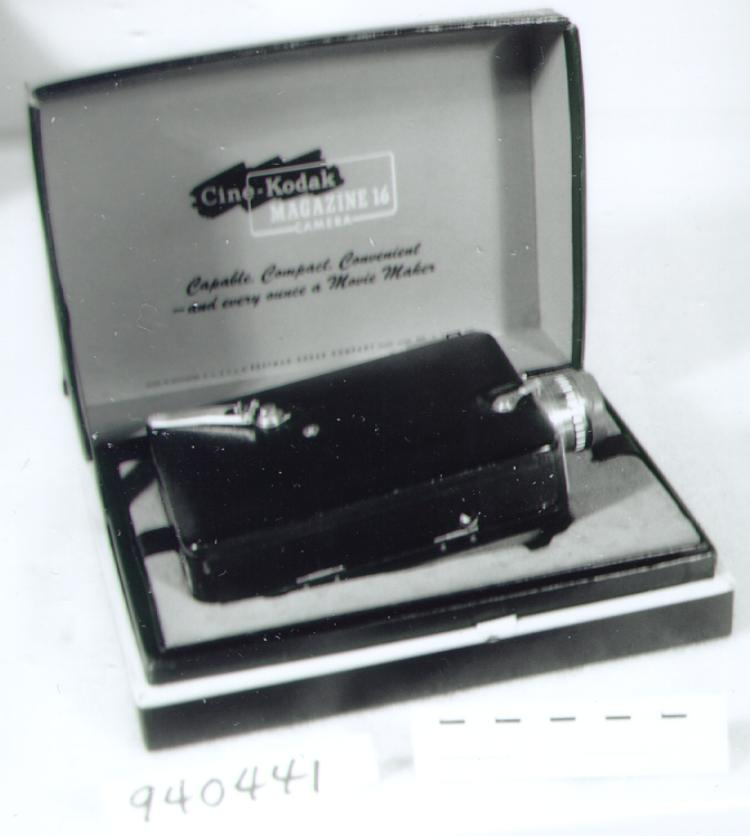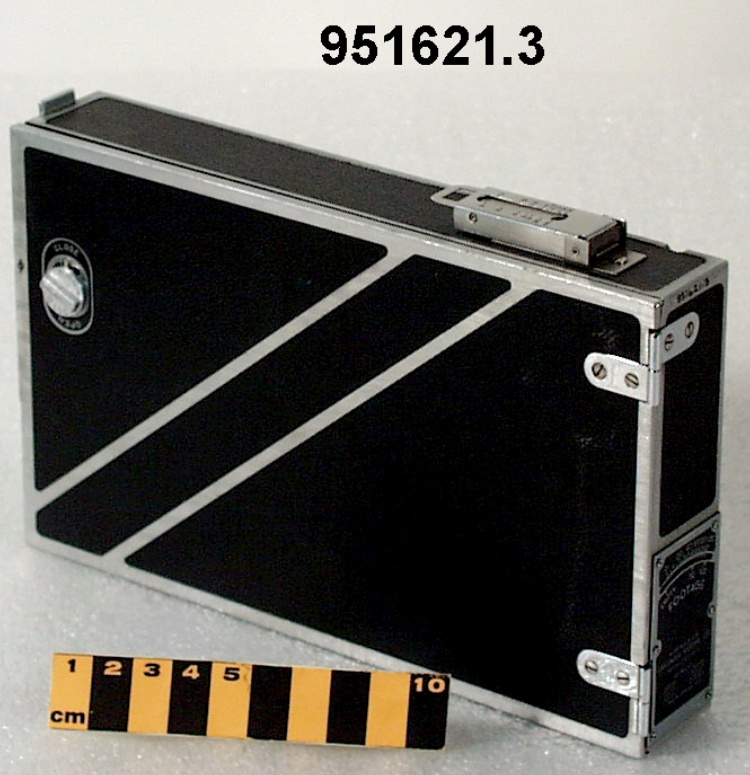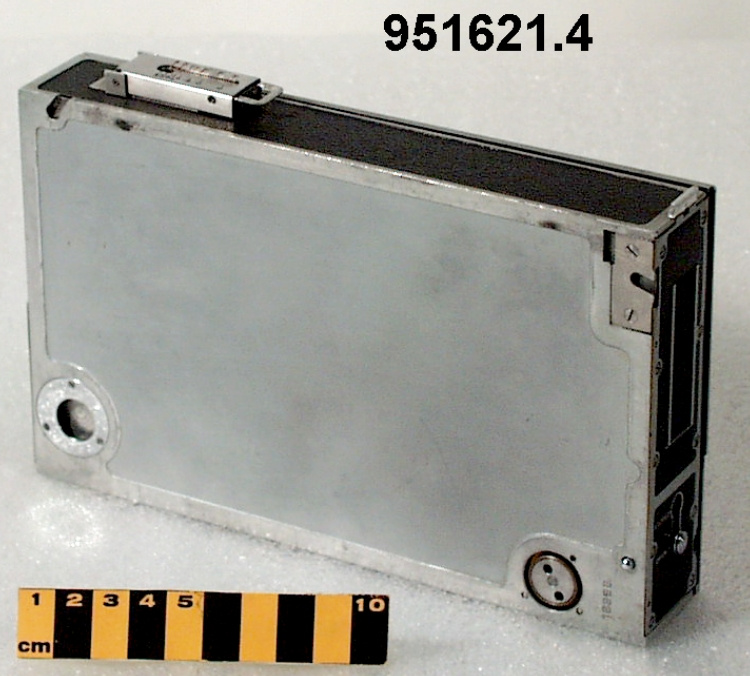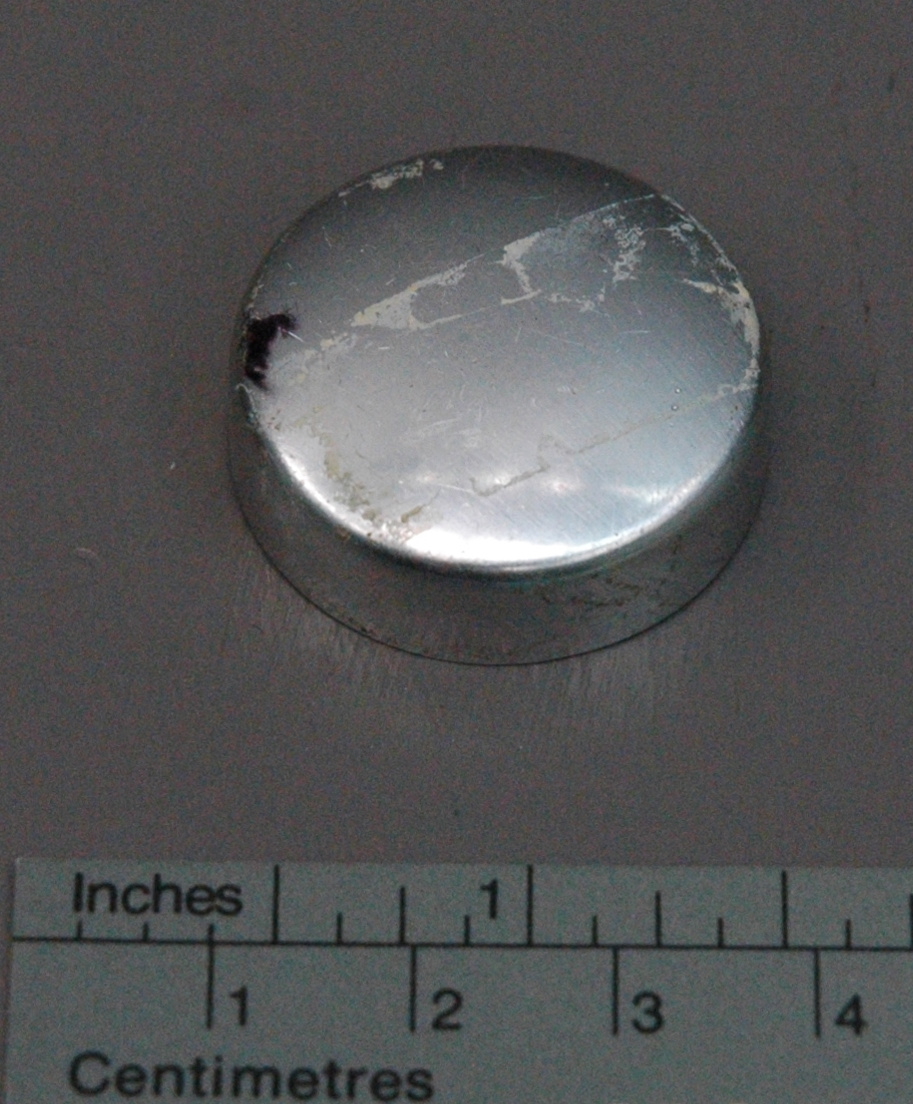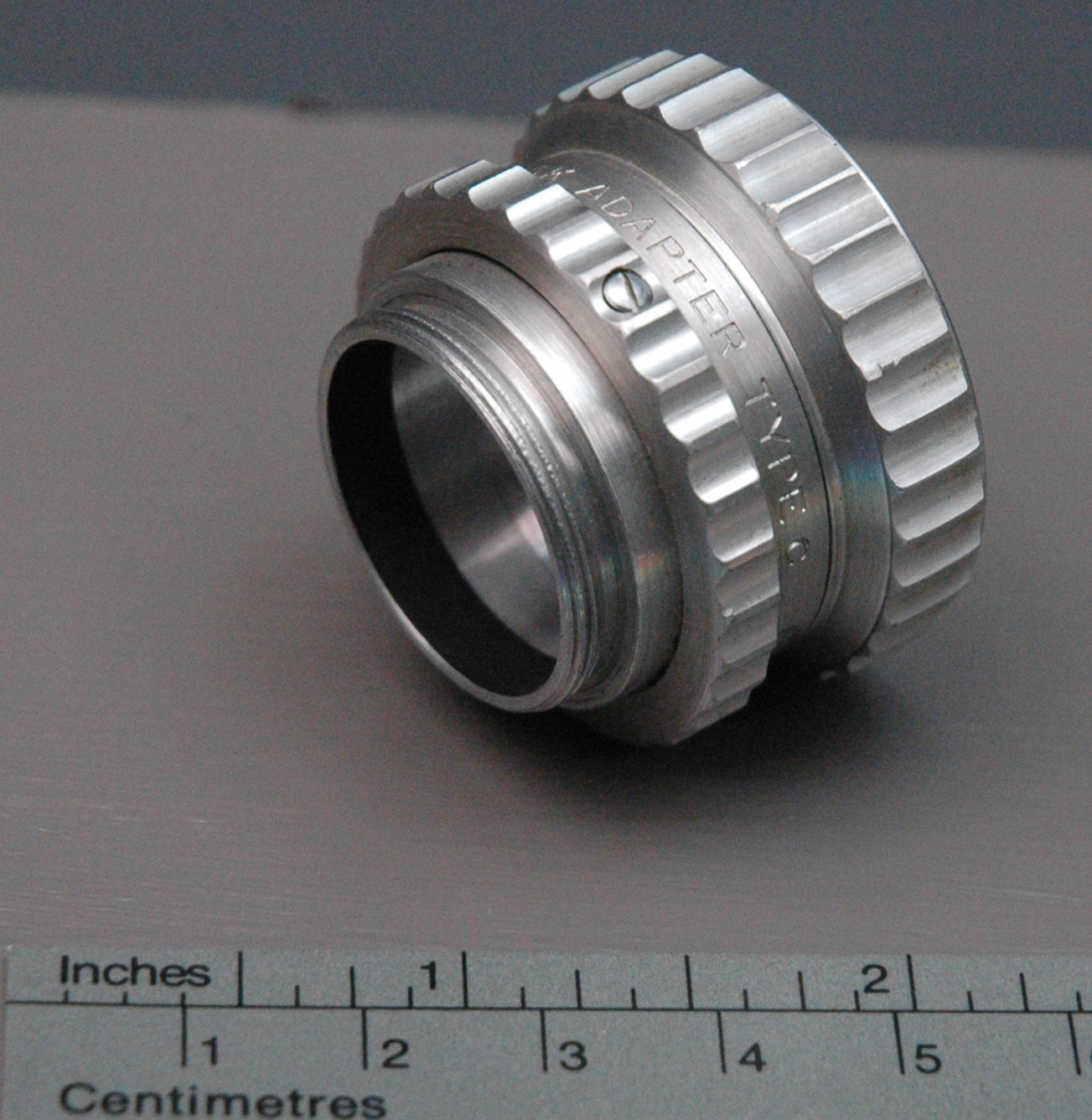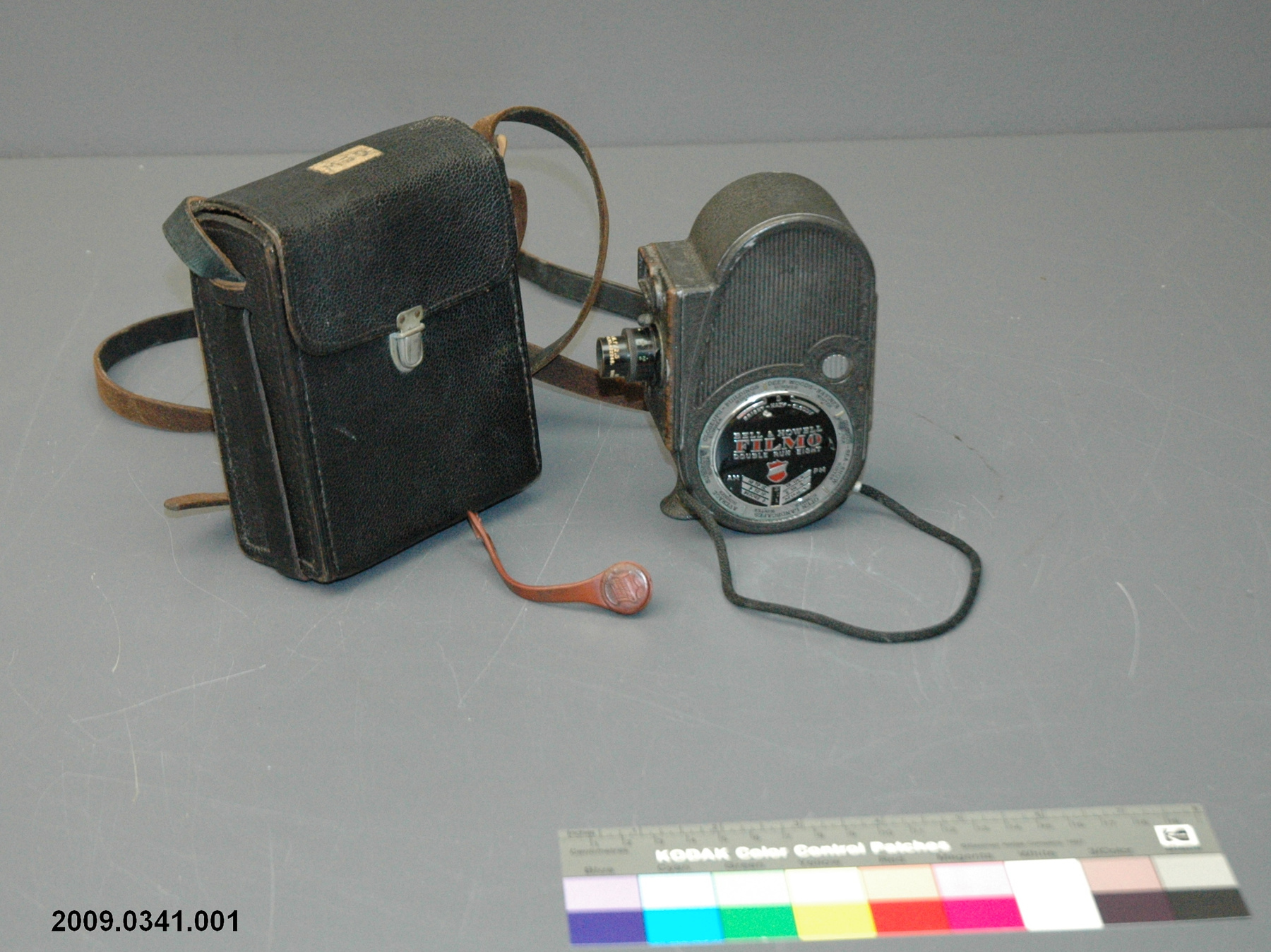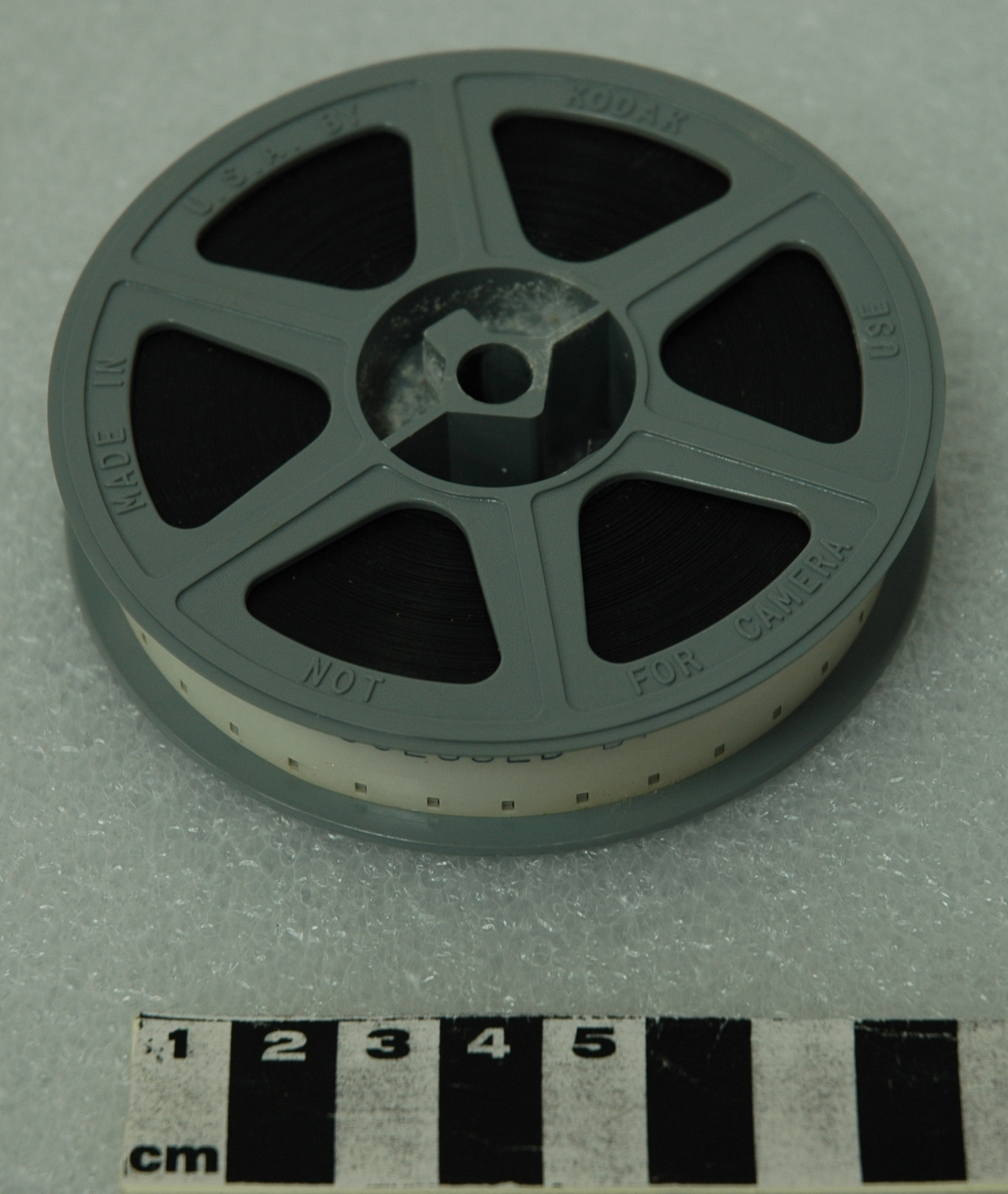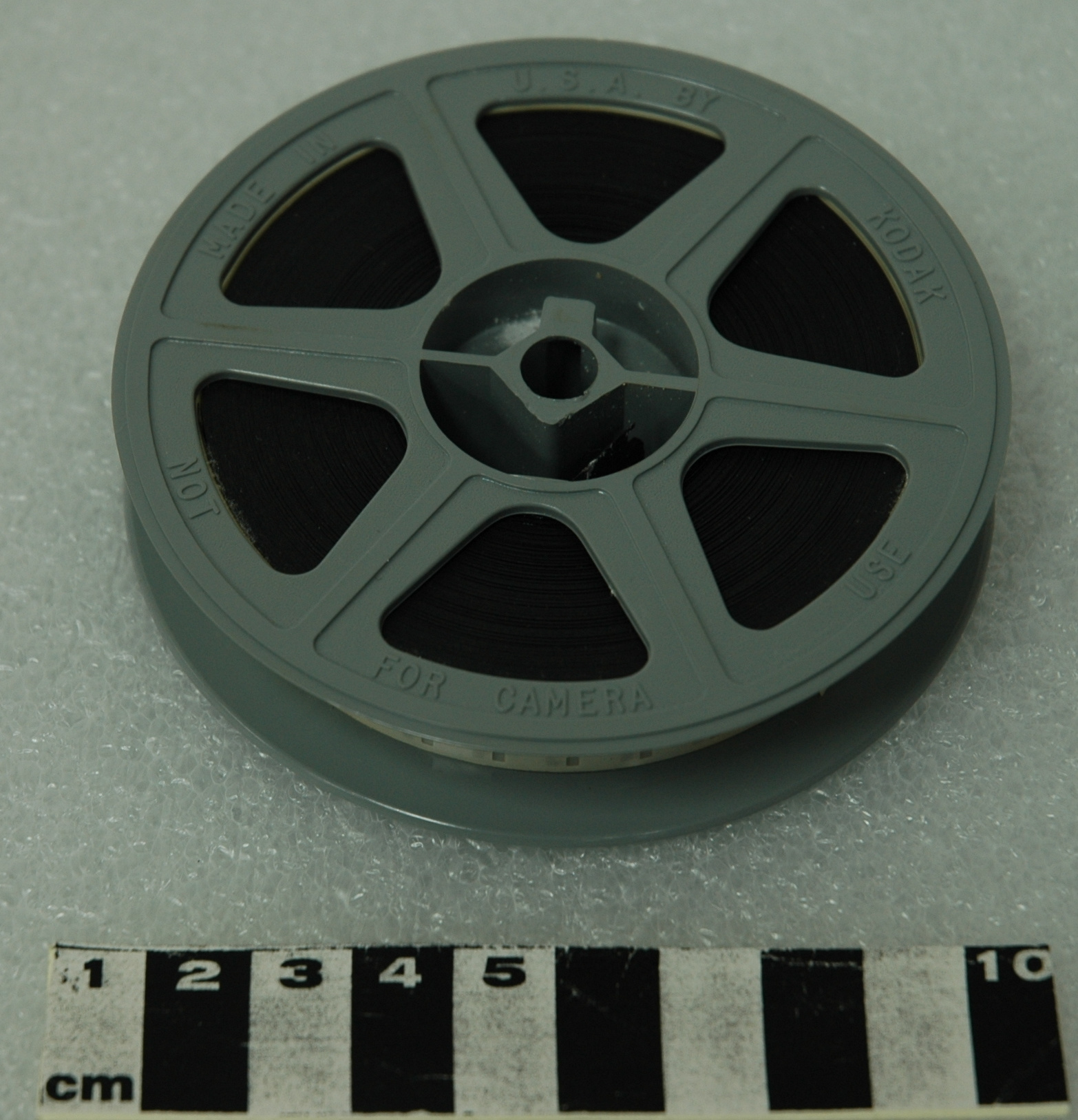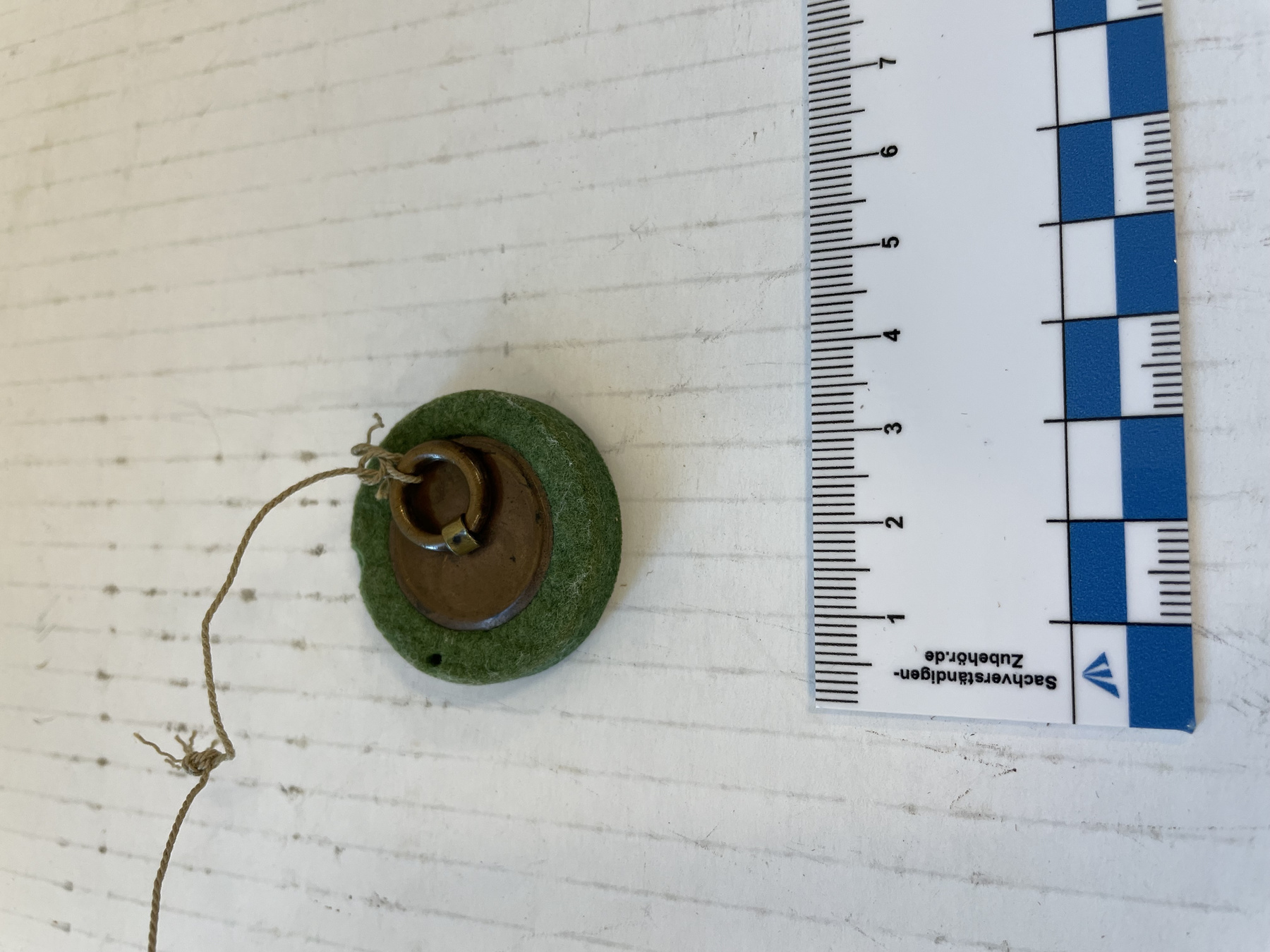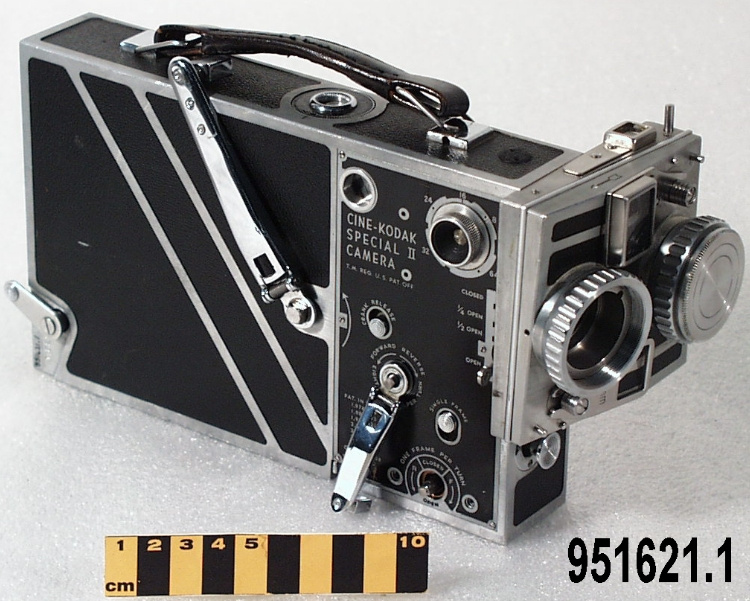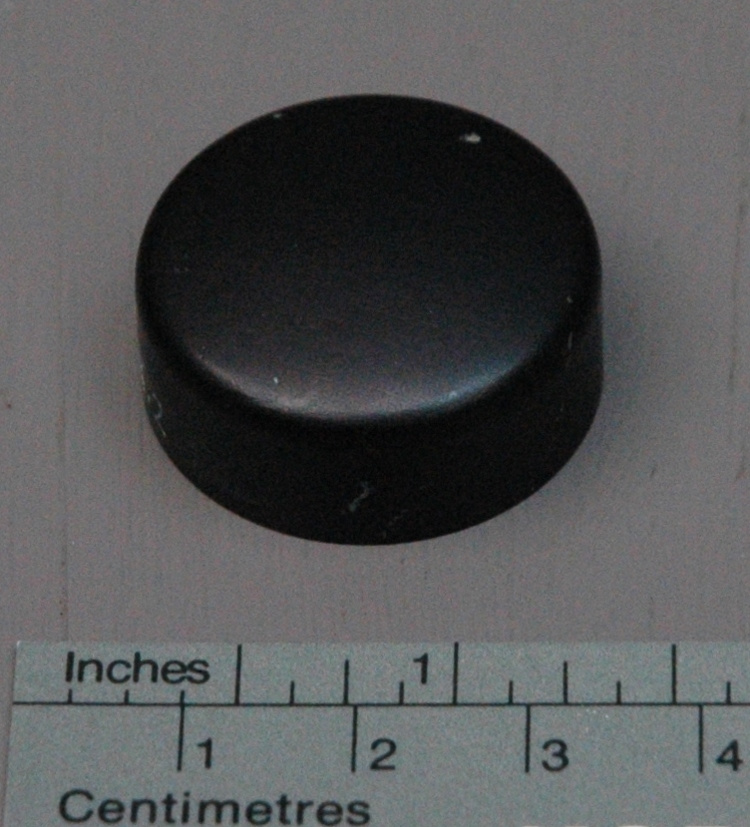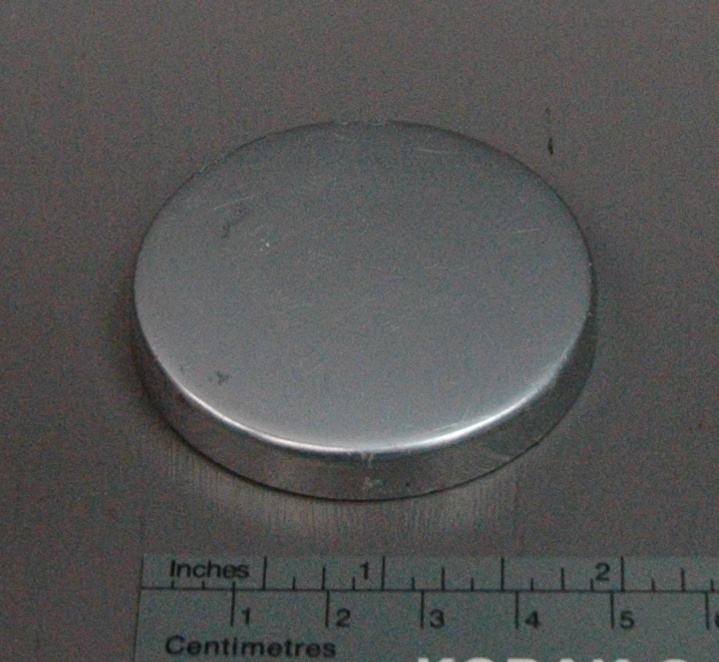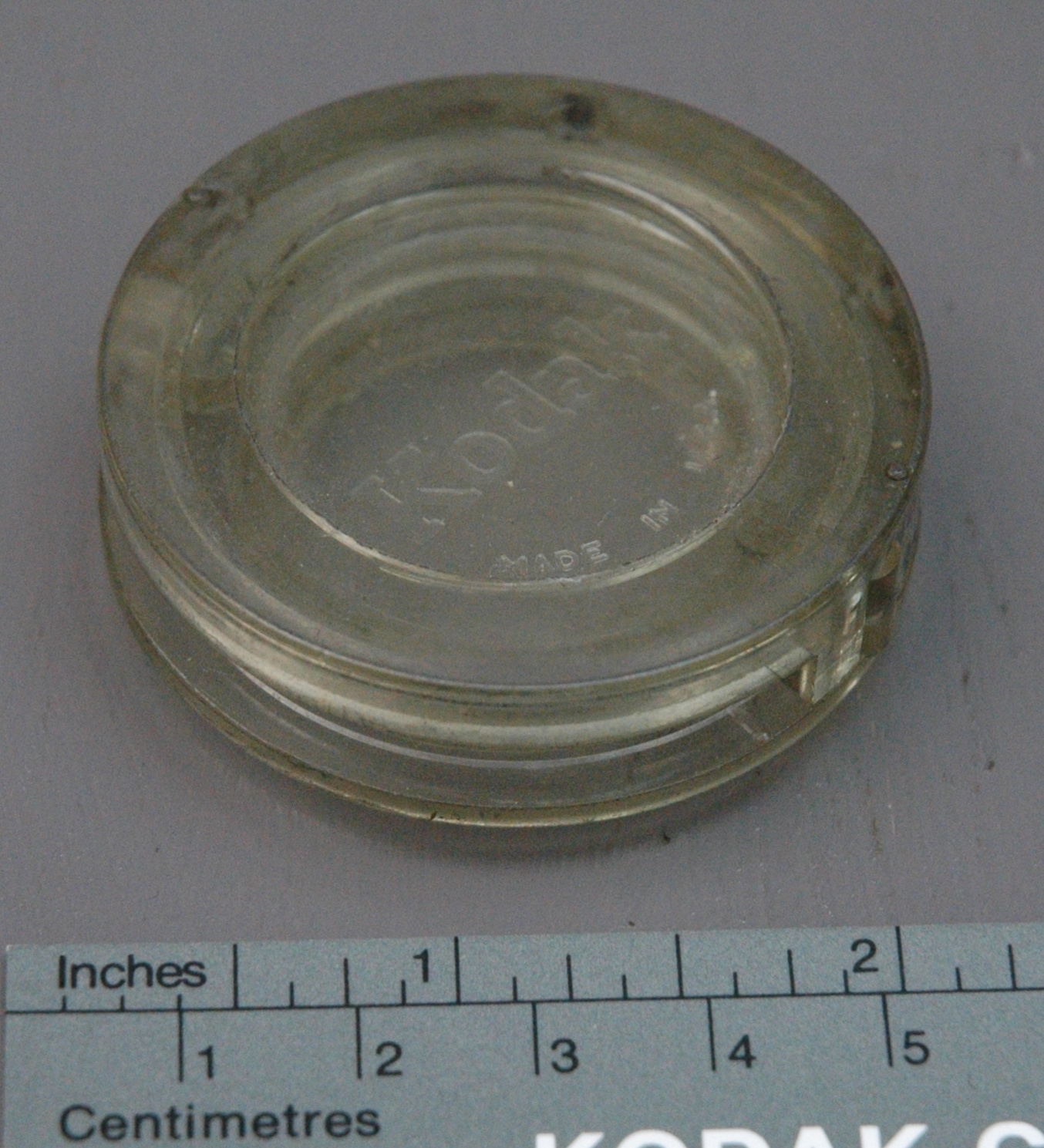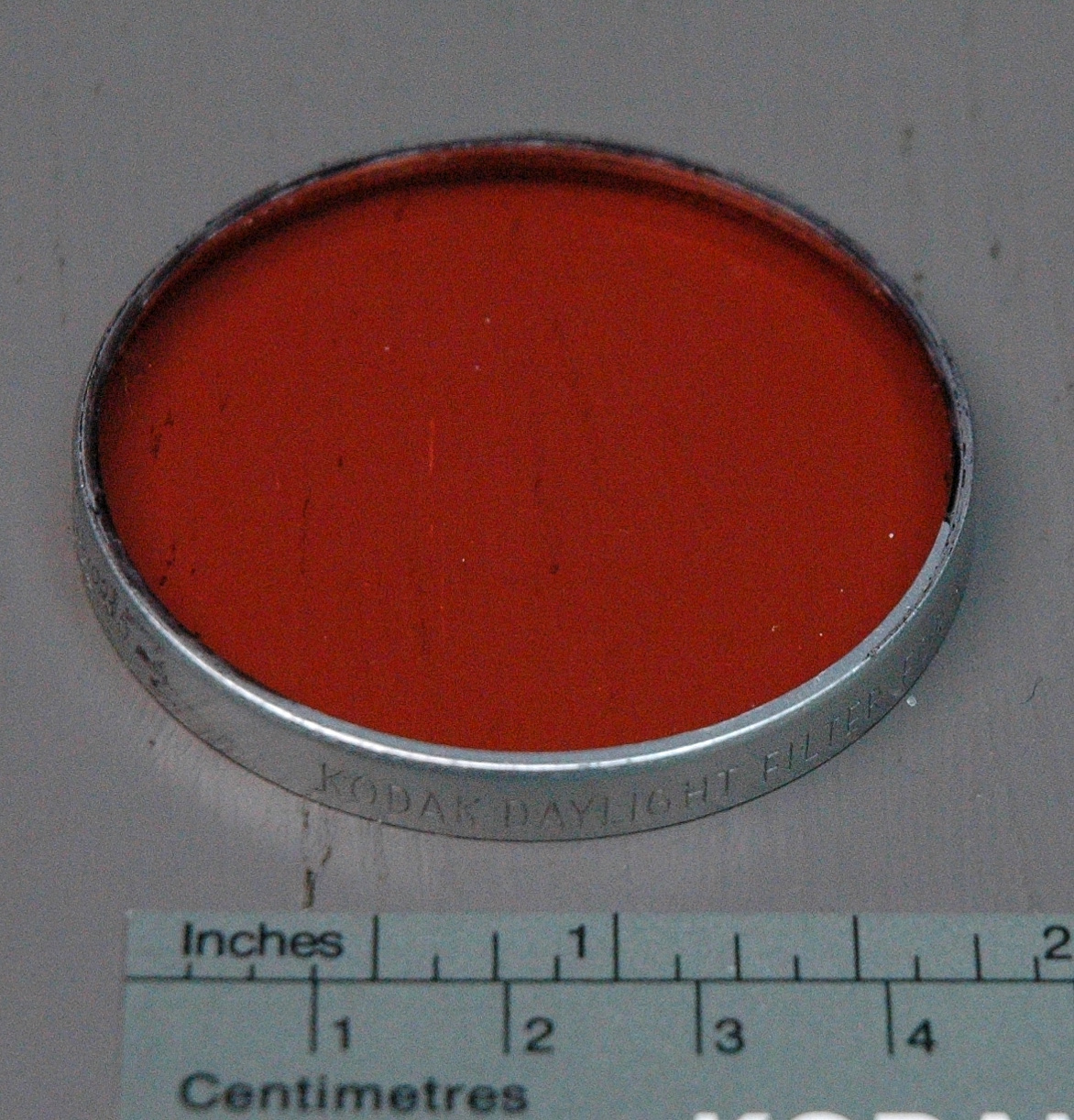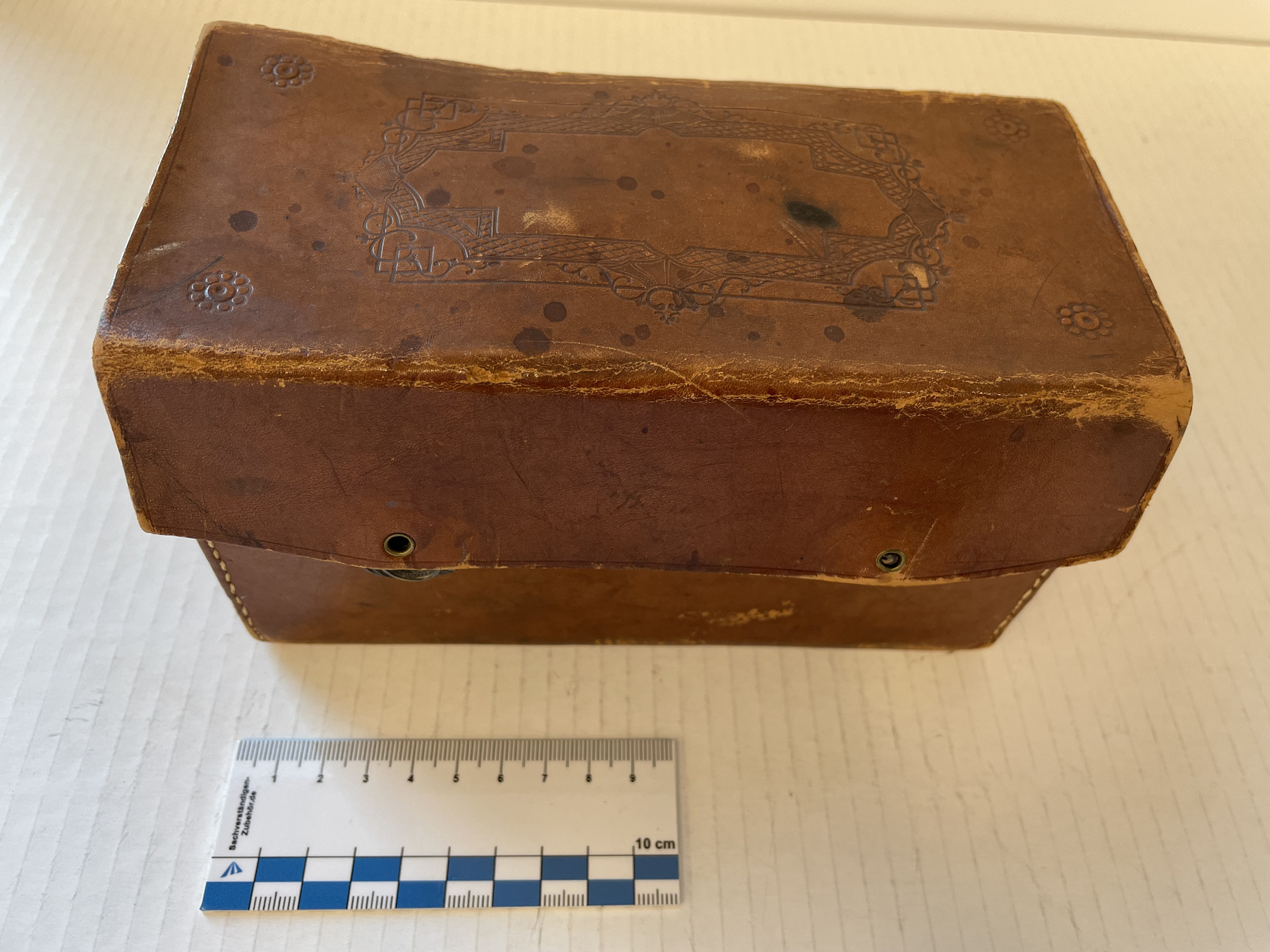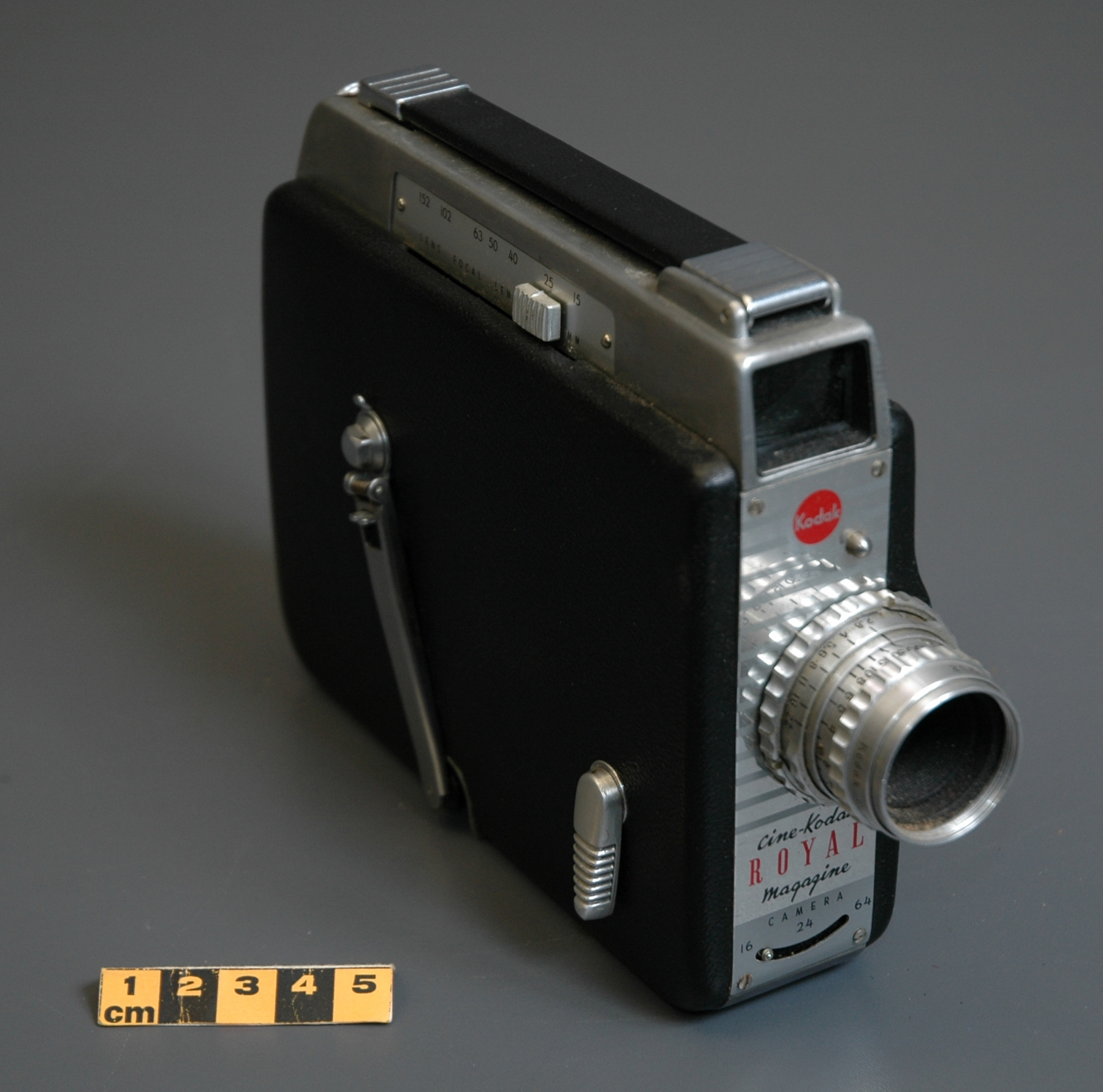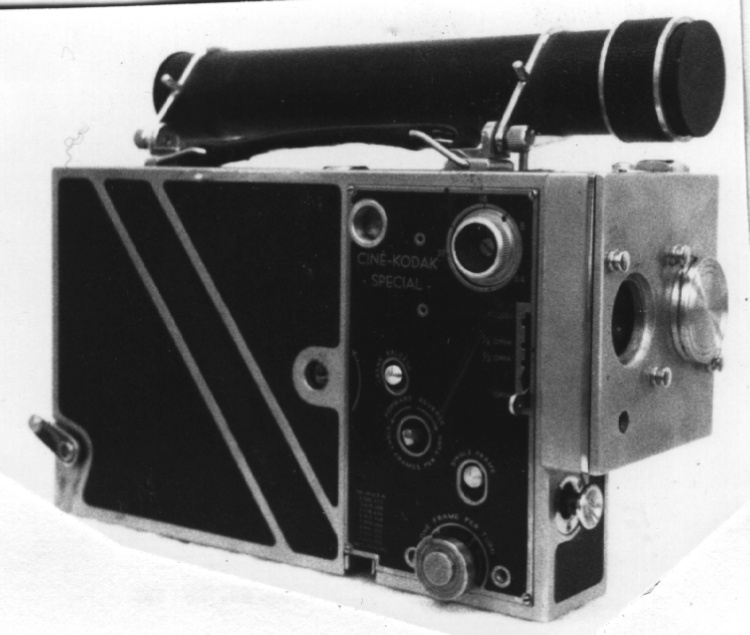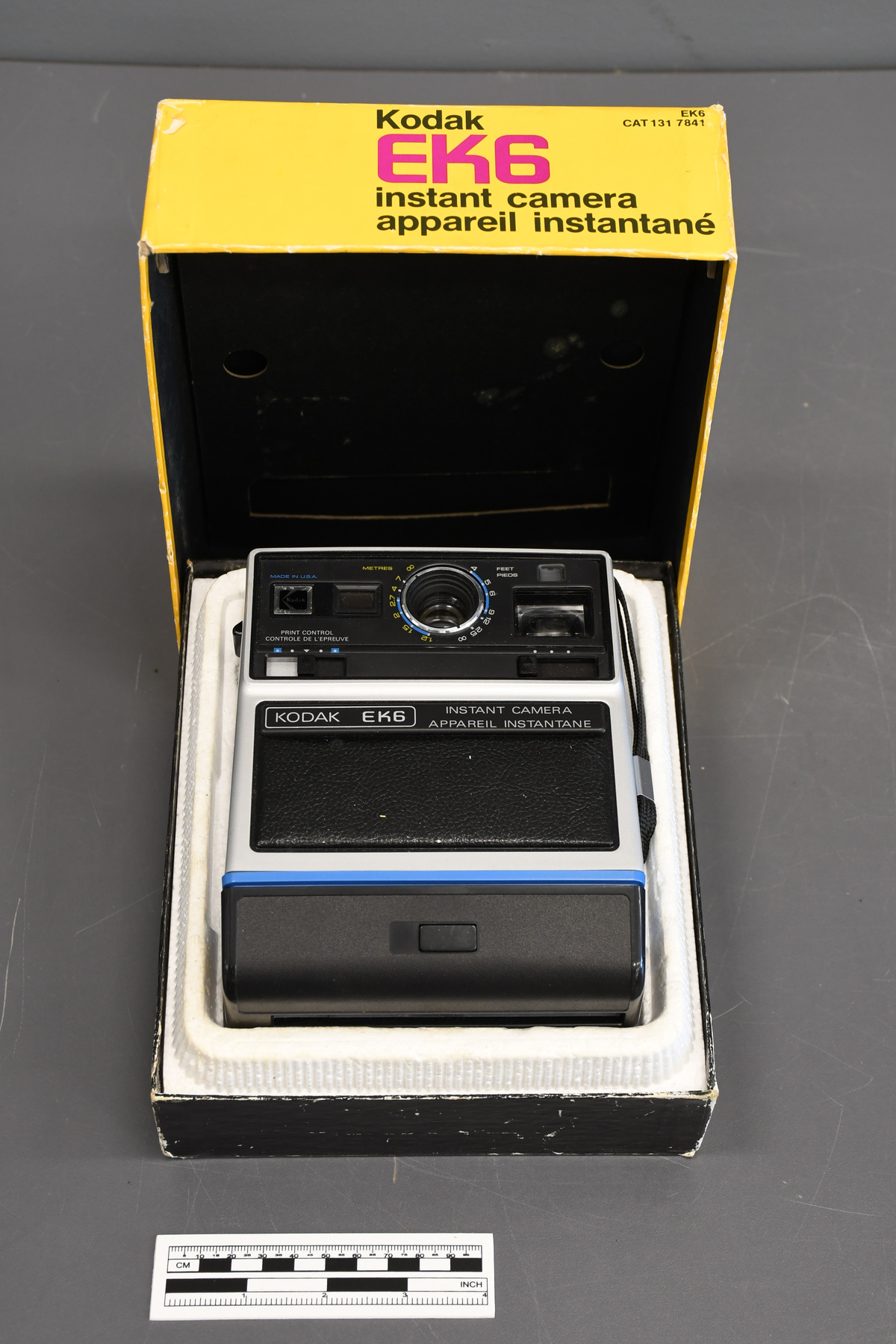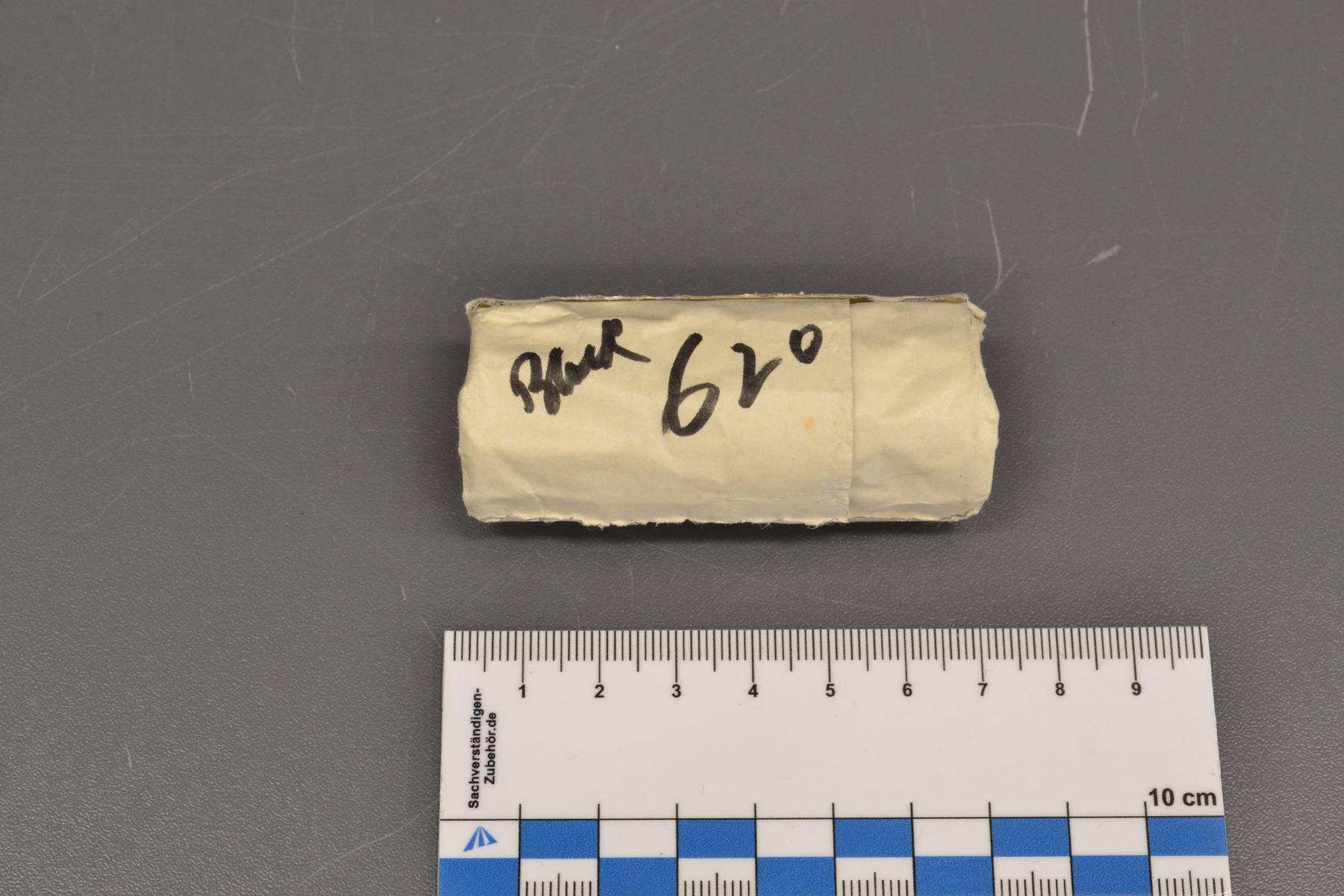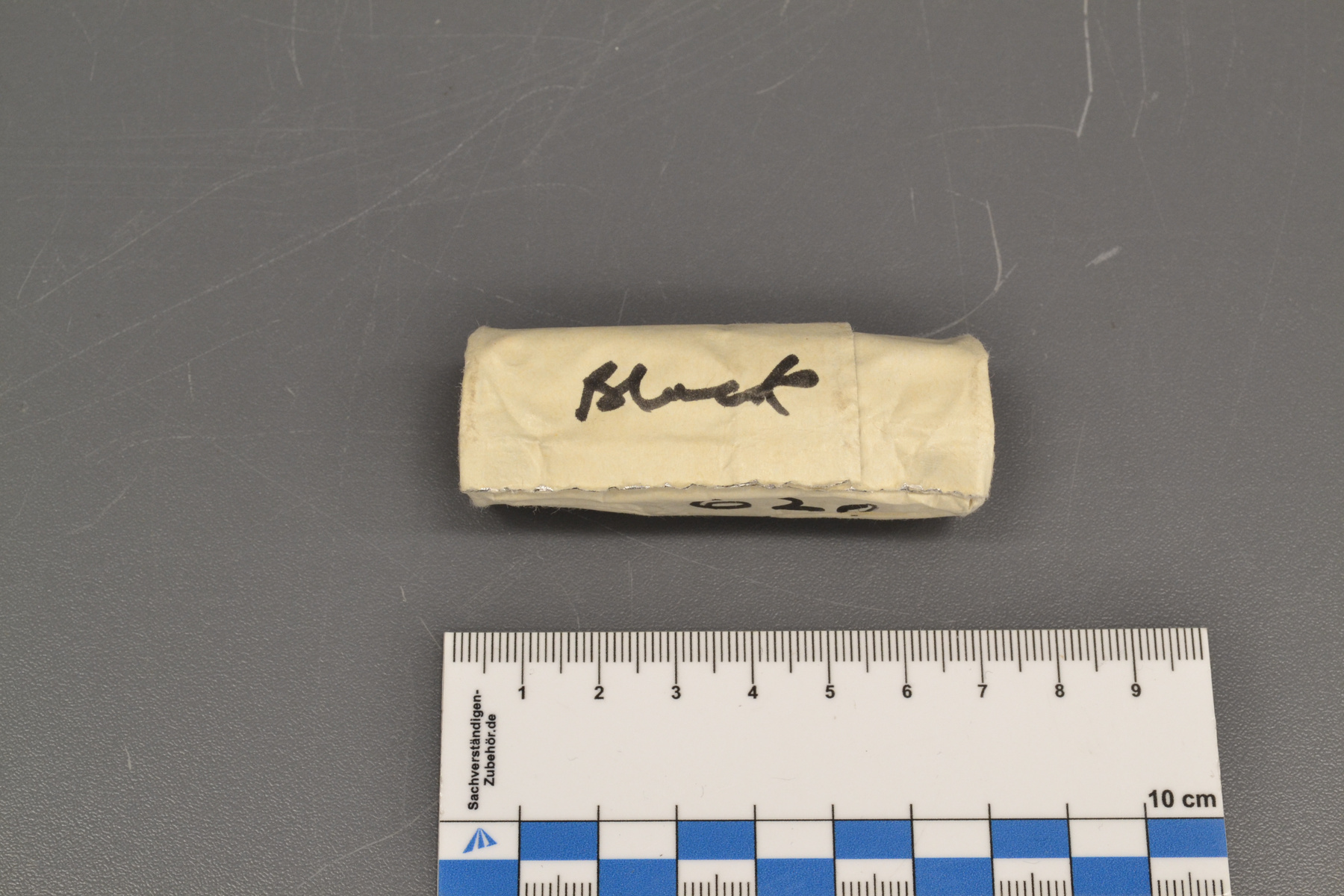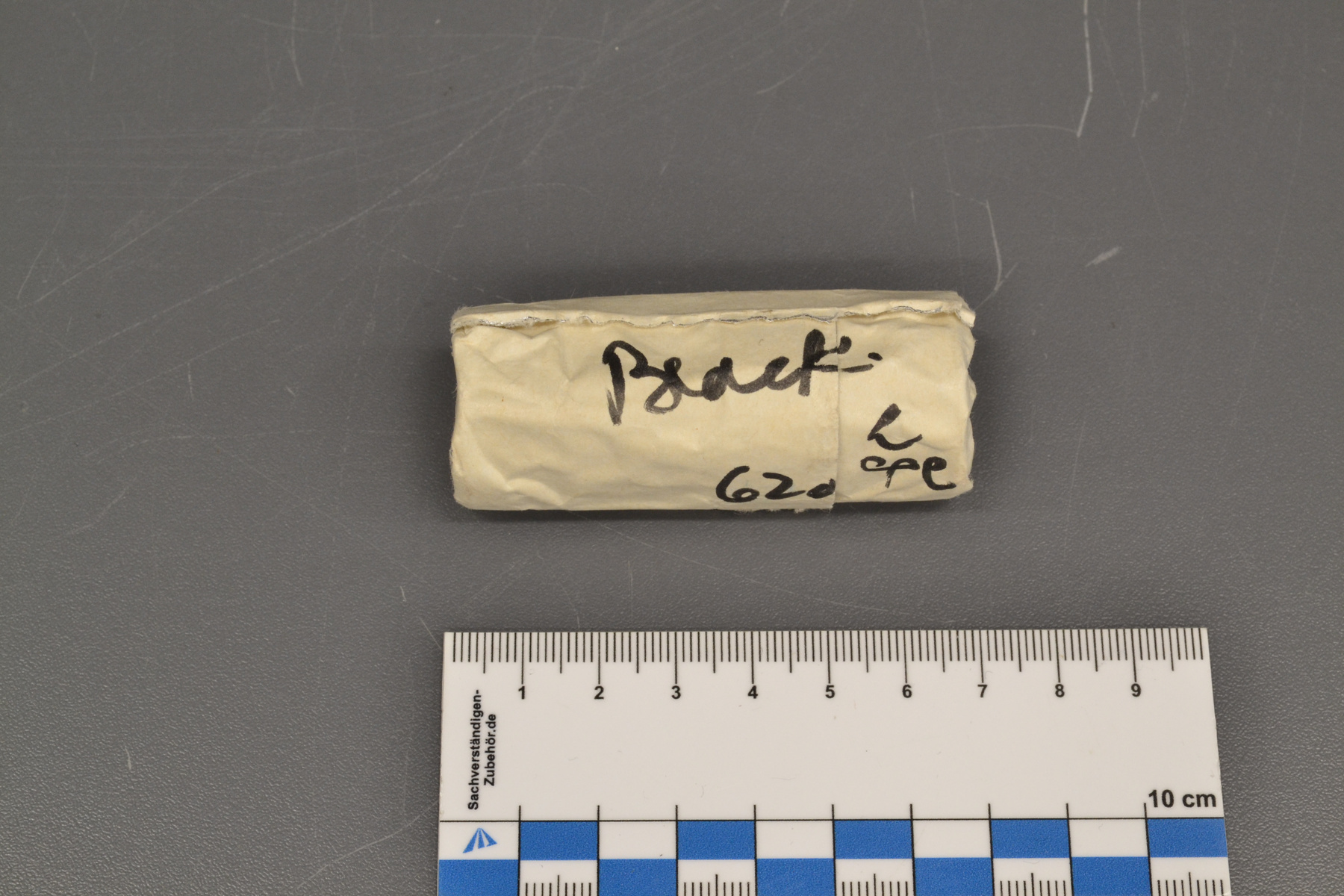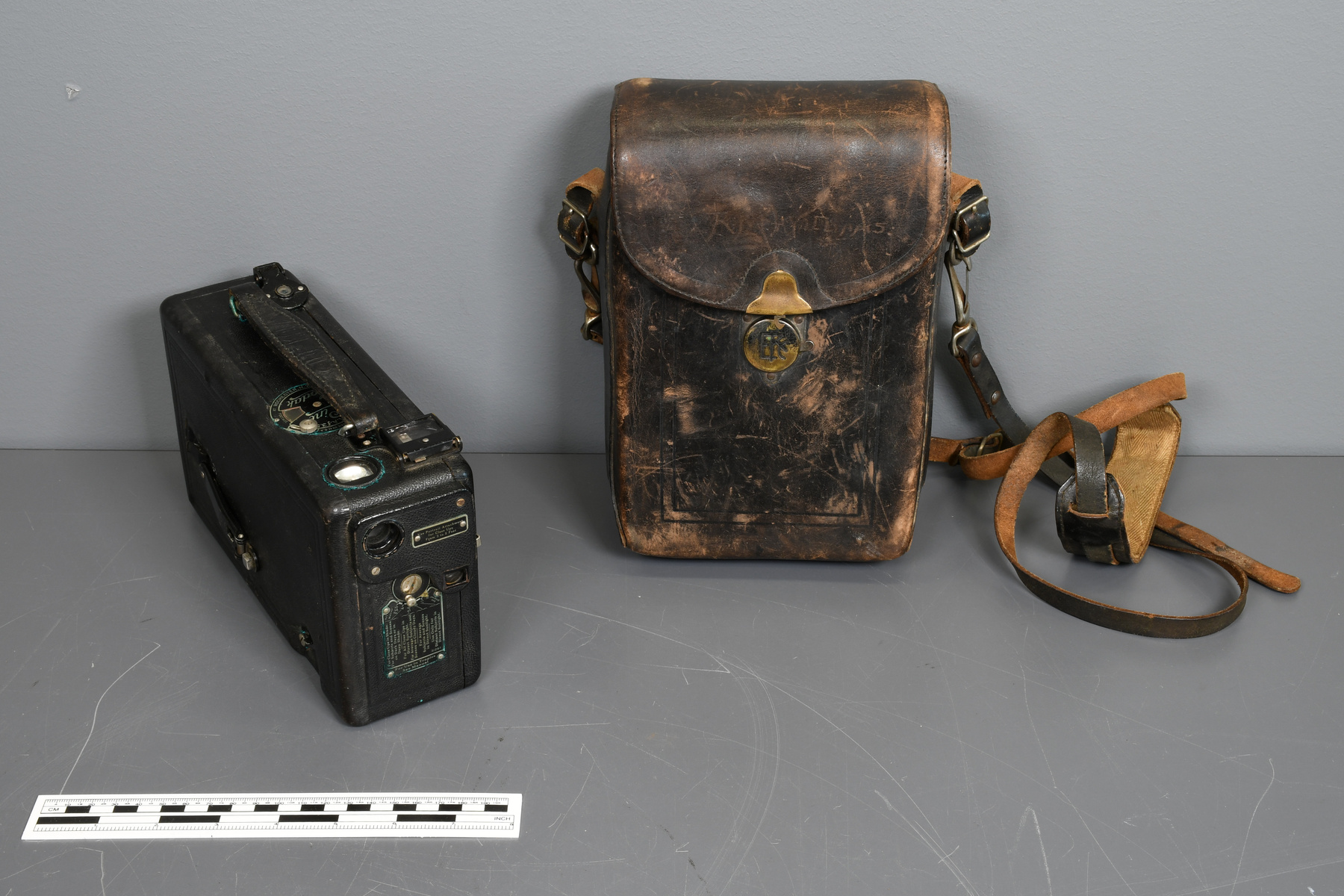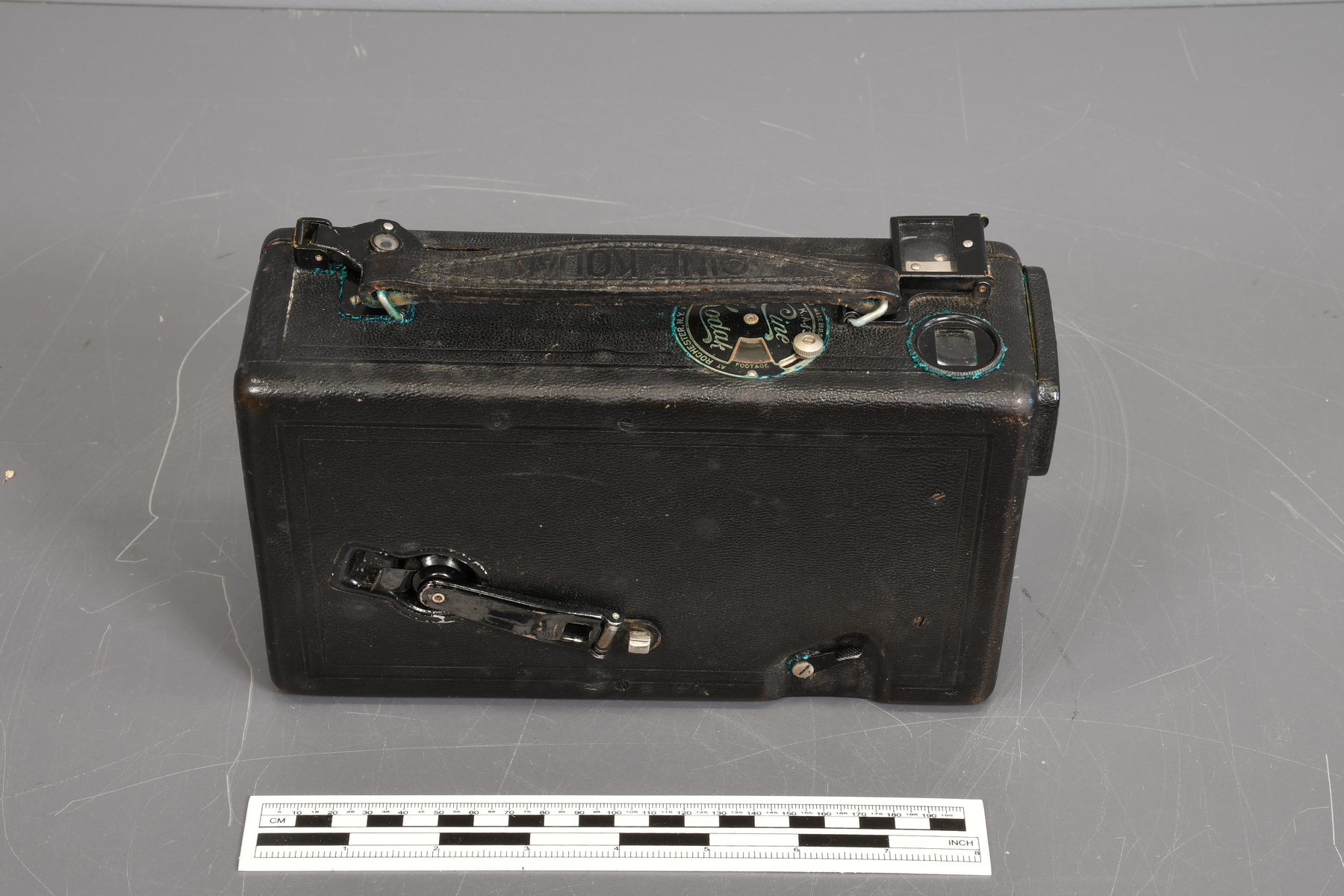Camera
Use this image
Can I reuse this image without permission? Yes
Object images on the Ingenium Collection’s portal have the following Creative Commons license:
Copyright Ingenium / CC BY-NC-ND (Attribution-NonCommercial 4.0 International (CC BY-NC 4.0)
ATTRIBUTE THIS IMAGE
Ingenium,
2018.0176.001
Permalink:
Ingenium is releasing this image under the Creative Commons licensing framework, and encourages downloading and reuse for non-commercial purposes. Please acknowledge Ingenium and cite the artifact number.
DOWNLOAD IMAGEPURCHASE THIS IMAGE
This image is free for non-commercial use.
For commercial use, please consult our Reproduction Fees and contact us to purchase the image.
- OBJECT TYPE
- NON-SOUND/16MM
- DATE
- 1925–1931
- ARTIFACT NUMBER
- 2018.0176.001
- MANUFACTURER
- Eastman Kodak Co.
- MODEL
- Cine Kodak/B
- LOCATION
- Rochester, New York, United States of America
More Information
General Information
- Serial #
- N/A
- Part Number
- 1
- Total Parts
- 3
- AKA
- N/A
- Patents
- N/A
- General Description
- Metal body with leather (possible) cover and glass lenses Structure en métal avec extérieur en cuir et lentille en verre.
Dimensions
Note: These reflect the general size for storage and are not necessarily representative of the object's true dimensions.
- Length
- 22.3 cm
- Width
- 7.7 cm
- Height
- 14.2 cm
- Thickness
- N/A
- Weight
- N/A
- Diameter
- N/A
- Volume
- N/A
Lexicon
- Group
- Photography
- Category
- Cine cameras
- Sub-Category
- N/A
Manufacturer
- AKA
- Kodak
- Country
- United States of America
- State/Province
- New York
- City
- Rochester
Context
- Country
- Canada
- State/Province
- Quebec
- Period
- ca. 1930-1931
- Canada
-
Purchased by R. Massey Williams (1901-1968) c. 1930 to document a 17-month prospecting expedition to the Ungava Bay region of Northern Quebec (now Nunavik) in 1930-31. Footage was used to produce the film On to Ungava (LAC ISN 100780), Williams’ first film. Williams also used the camera to make five subsequent films between 1933 and 1938, documenting gold prospecting and mining operations in Ontario, Quebec, British Columbia, and eastern USA. Taken together, these films represent an interesting application of 16mm amateur cinema technology in the 1930s, particularly (in the case of On to Ungava) in a Northern Canadian/Arctic context. Acheté par R. Massey Williams (1901-1968) c. 1930 pour documenter une expédition de prospection de 17 mois dans la région de la Baie d'Unagava dans le nord du Québec (présentement Nunavik) en 1930-31. Les images ont été utilisées pour produire le film "On to Ungava", le premier film réalisé par Williams. Williams a aussi utilisé cette caméra pour faire cinq autres films entre 1933 et 1938, en documentant des opérations minières en Ontario, Québec, Colombie-Britannique et l'est des États-Unis. Ces films représente l'utilisation de la technologie de cinéma amateur des années 1930, spécifiquement dans le contexte Canadien et arctique en ce qui concerne "On to Ungava". - Function
-
To record cine images. Pour enregistrer des images ciné. - Technical
-
The Cine-Kodak Model B was an update to the Cine-Kodak (retroactively named the Model A). The Model A, introduced by Kodak in 1923, was the first 16mm camera. The 16mm film format was thinner and more affordable than the existing 35mm standard; it was also more compact and lightweight, making it ideal for amateur filmmaking. The technical significance of the Model B is that it included a spring-driven motor. This meant that, unlike the Model A, it did not require hand-cranking – or the use of a tripod – during filming. This made the Model B more easily transportable and convenient to use, particularly in mobile environments. Le Modèle B Cine-Kodak était une mise à jour sur le Cine-Kodak (Modèle A) Le Modèle A, introduit par Kodak en 1923, était la première caméra 16mm. Le film16mm était plus mince et abordable que le film existant 35mm standard. Il était aussi plus compacte et léger, ce qui est idéal pour la réalisation des films amateurs. L'importance du Modèle B est qu'il inclue un moteur à ressort. Ceci faisait en sorte, au contraire du Modèle A, que la caméra n'avait pas besoin de manivelle ou l'utilisation de trépied. Ceci a fait que le Modèle B était plus efficace et convenable à utiliser, particulièrement dans des environnements mobile. - Area Notes
-
Unknown
Details
- Markings
- On the circular plate on the proper top: "MADE IN U.S.A. AT ROCHESTER, N.Y. BY EASTMAN KODAK CO./ K.A. f3.5/ Ciné/ Model B/ Kodak/ FOOTAGE"/ On a small plate on the proper front: "Use Portrait Attachment/ for Close Ups/ From 2 to 5 Feet"/ On the larger plate on the proper front: "See/ Manual/ f3.5/ 4/ 5.6/ 8/ 11/ 16/ See Manual/ For Close Ups in Shade./ For Subjects and Scenes/ on Dark Days of in/ Deep Shade./ For All Close Ups in/ Direct Sunlight./ For Average Subjects and/ Scenes on Cloudy Days./ For Average/ Subjects and Scenes/ in Direct Sunlight/ Use Only for/ Distant Subjects in/ Direct Sunlight./ 31287/ For Use in Tropics/ See Manual"/ On the switch on the proper left: "Open/ Lock"
- Missing
- Appears complete
- Finish
- The camera has a black leather covering with a black strap and winder, black plates with silver-coloured text, silver-coloured metal screws, and clear glass lenses. La caméra a une couverture en cuir noir avec sangle, plaques noirs avec écriture argentée, vises en métal argenté, et lentille en verre clair.
- Decoration
- N/A
CITE THIS OBJECT
If you choose to share our information about this collection object, please cite:
Eastman Kodak Co., Camera, circa 1925–1931, Artifact no. 2018.0176, Ingenium – Canada’s Museums of Science and Innovation, http://collection.ingeniumcanada.org/en/item/2018.0176.001/
FEEDBACK
Submit a question or comment about this artifact.
More Like This
